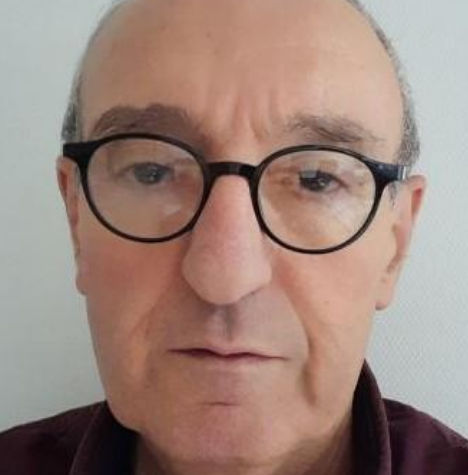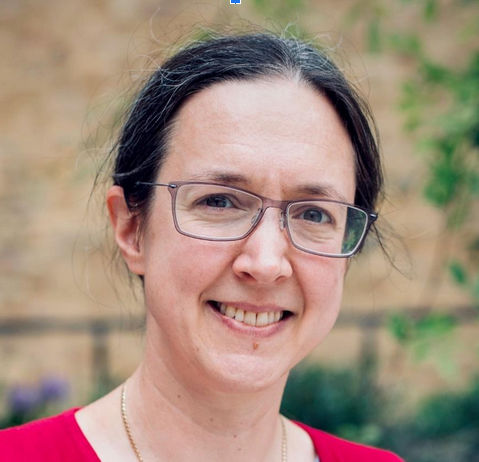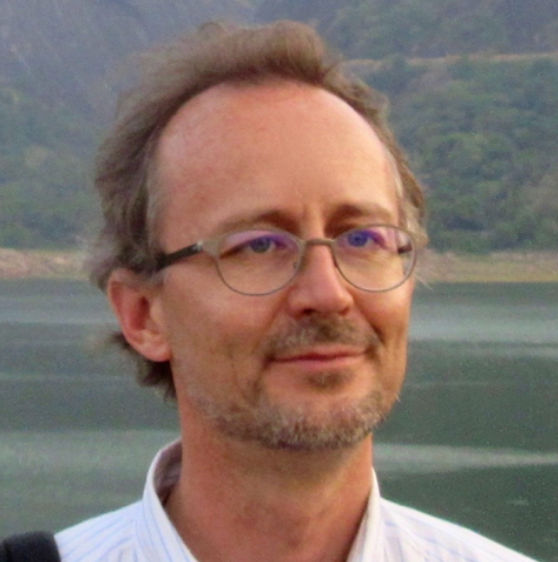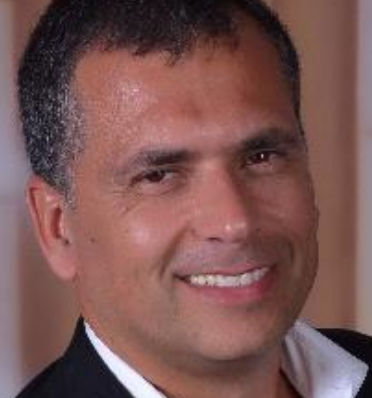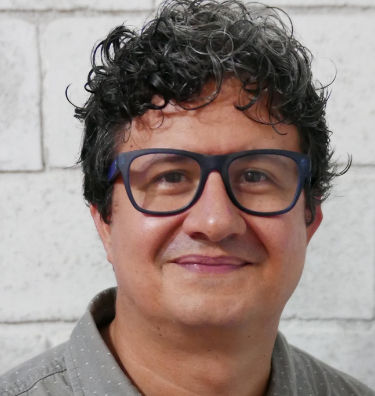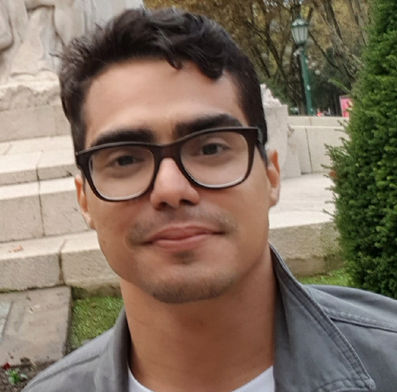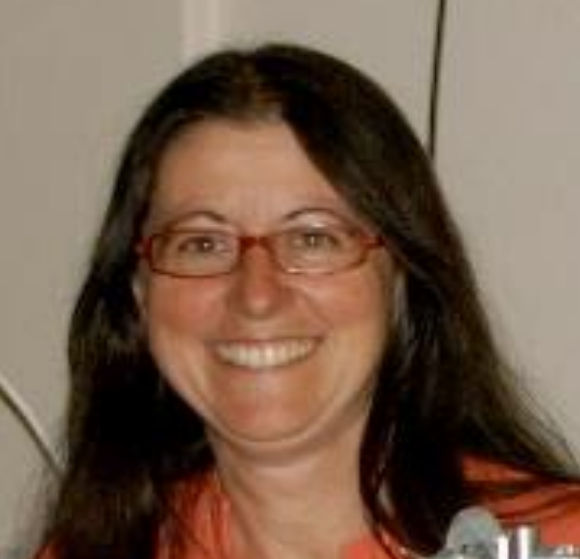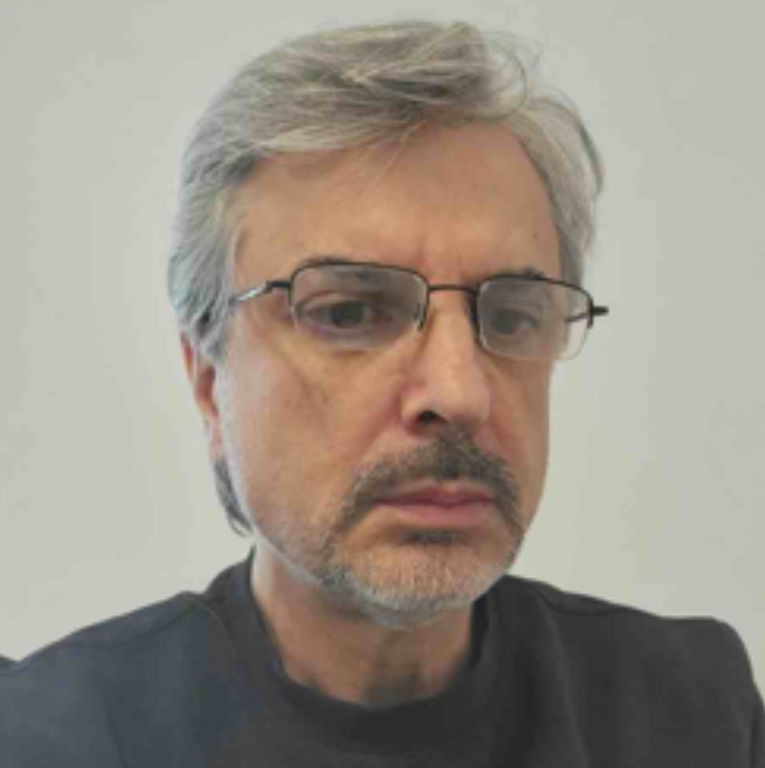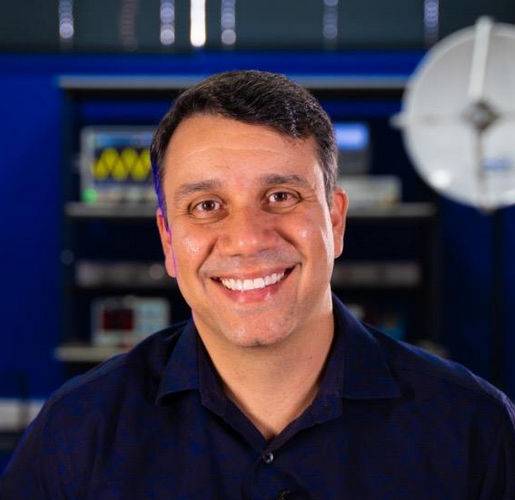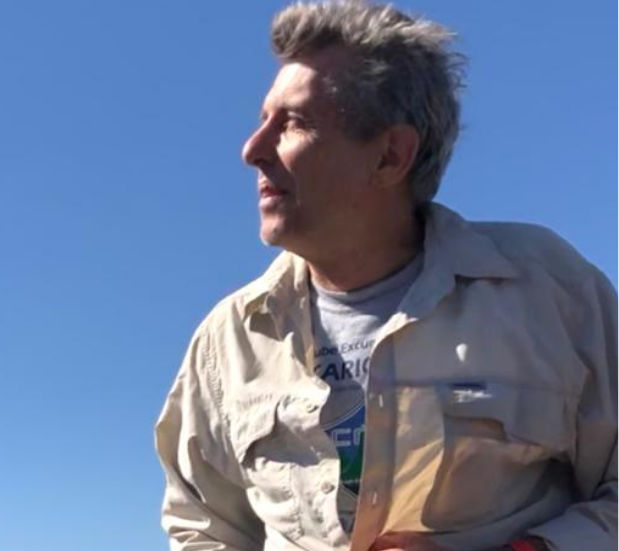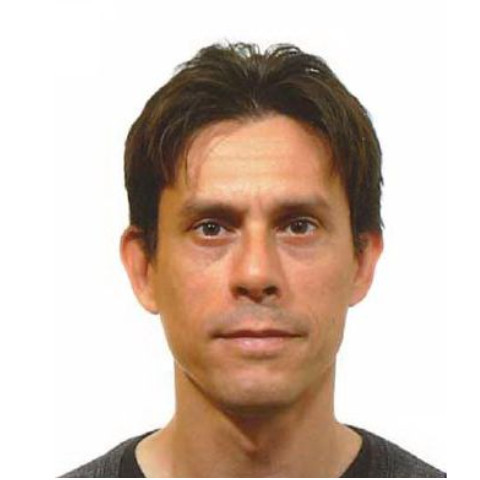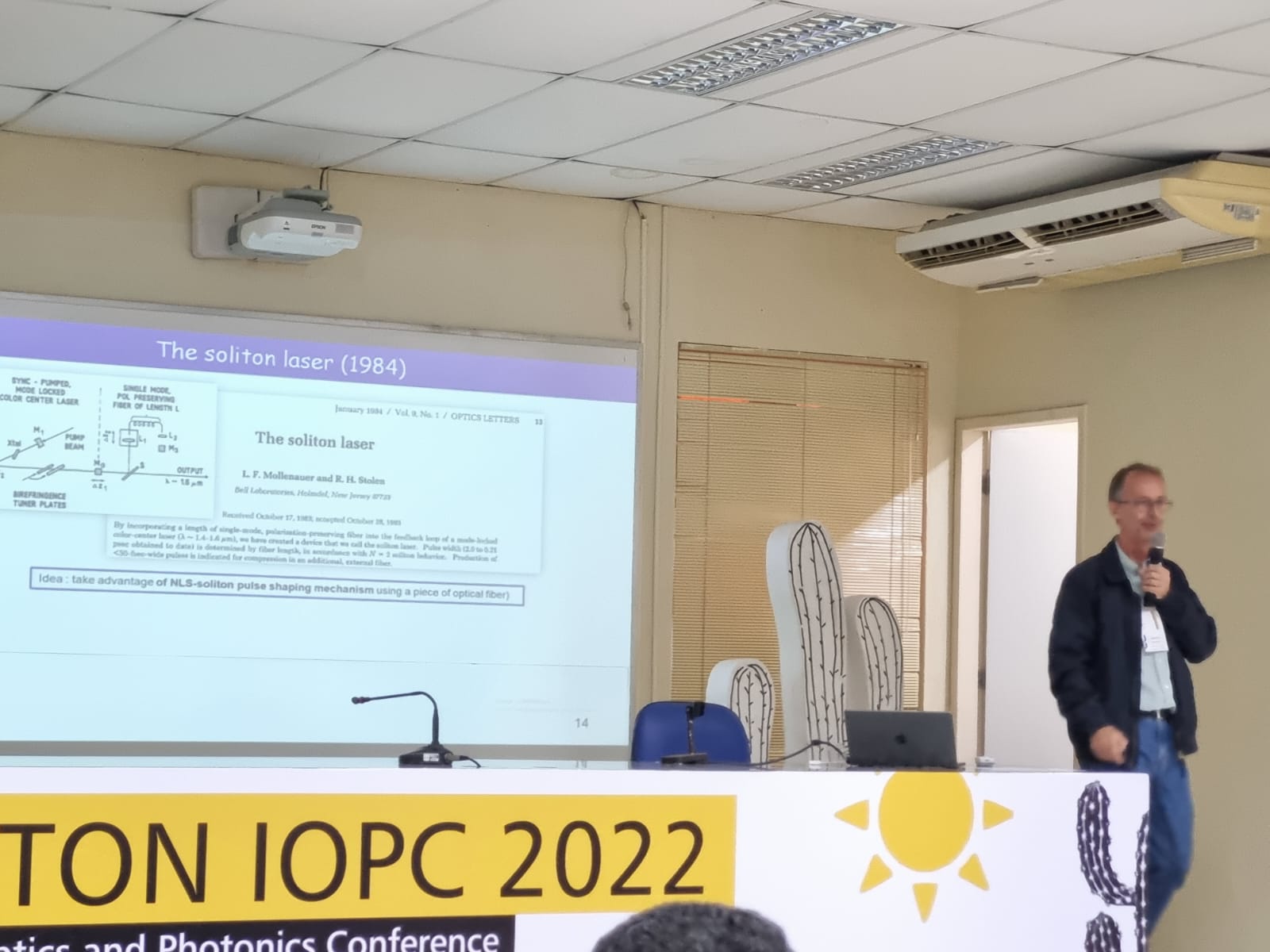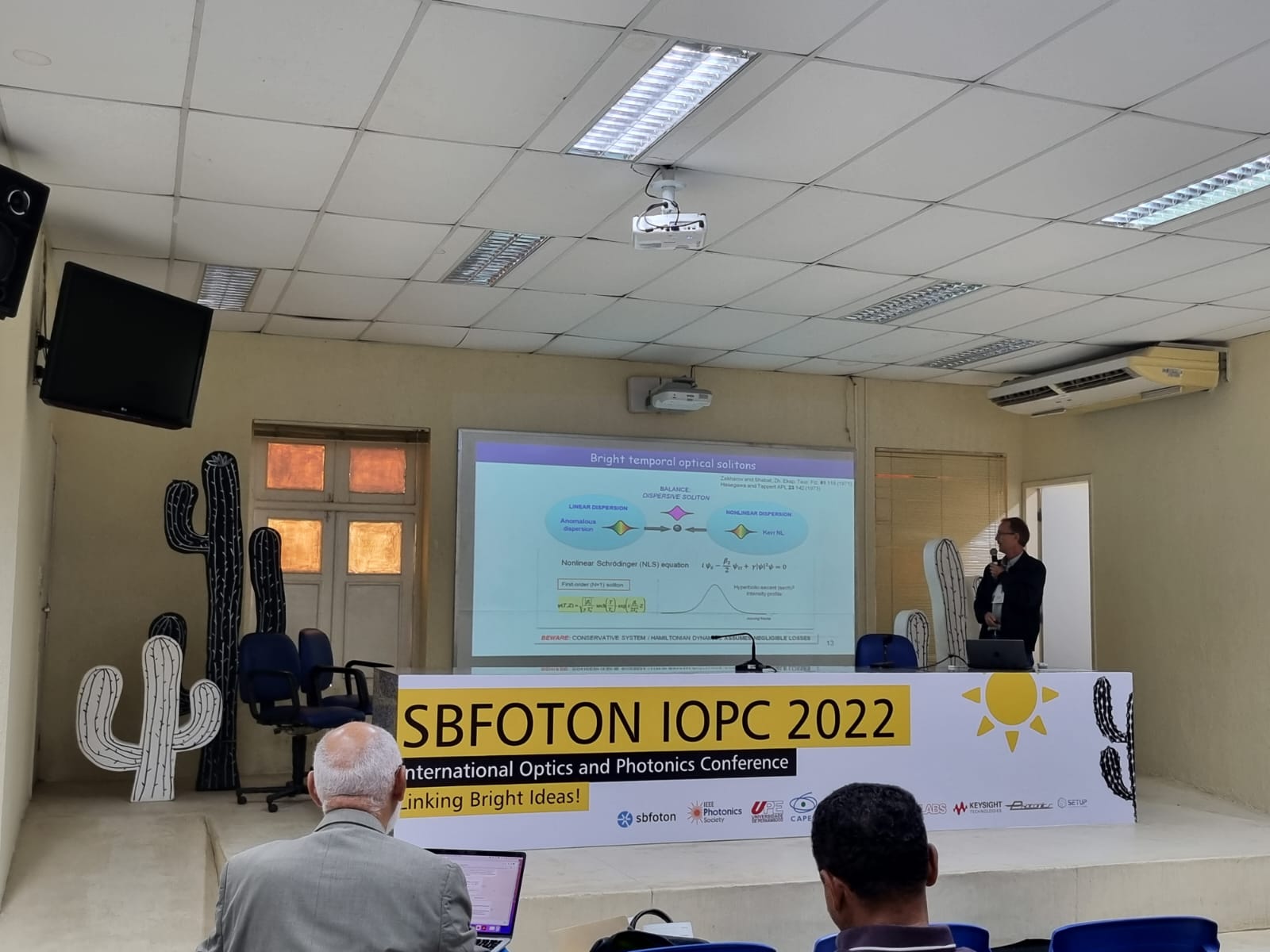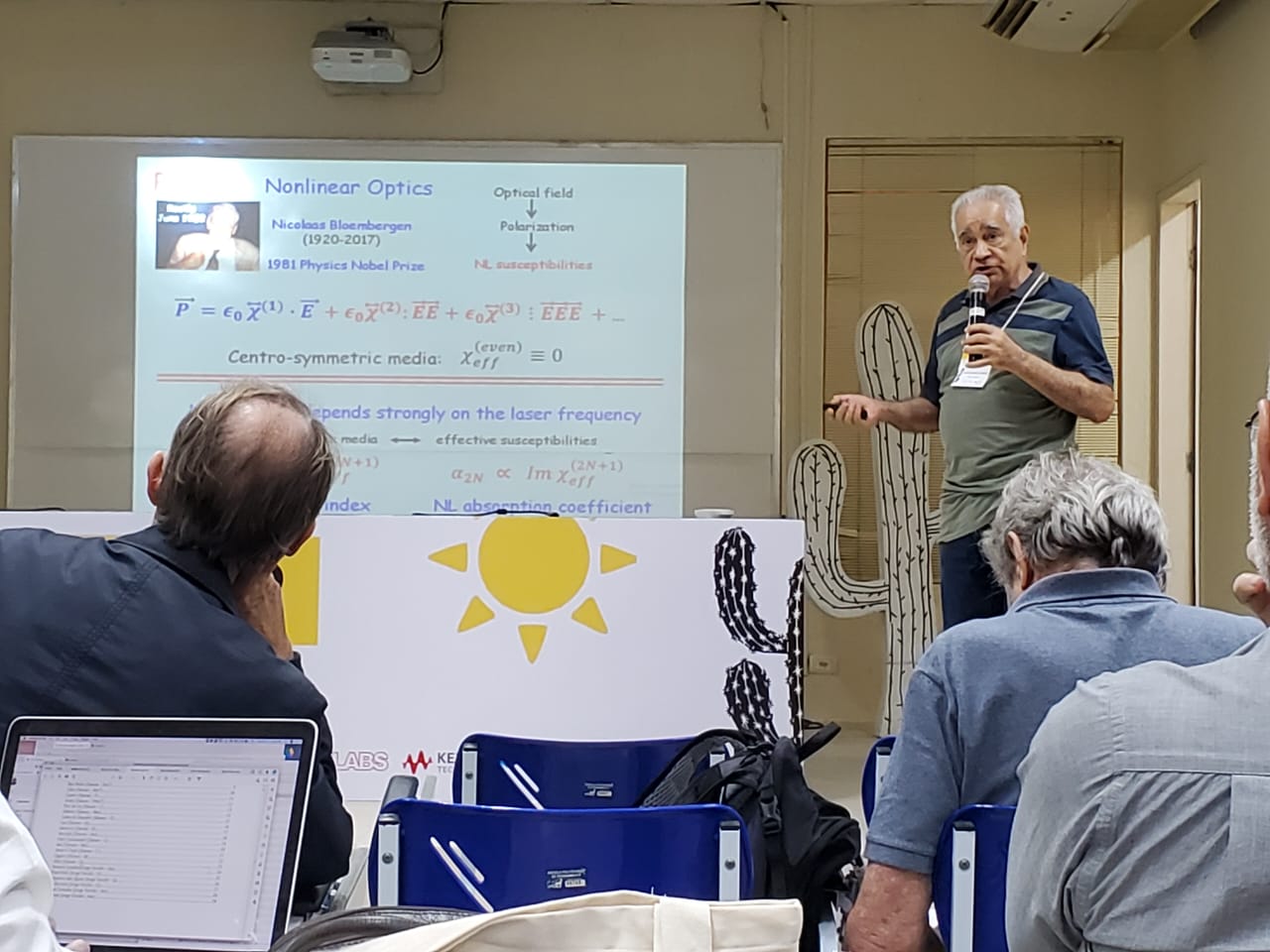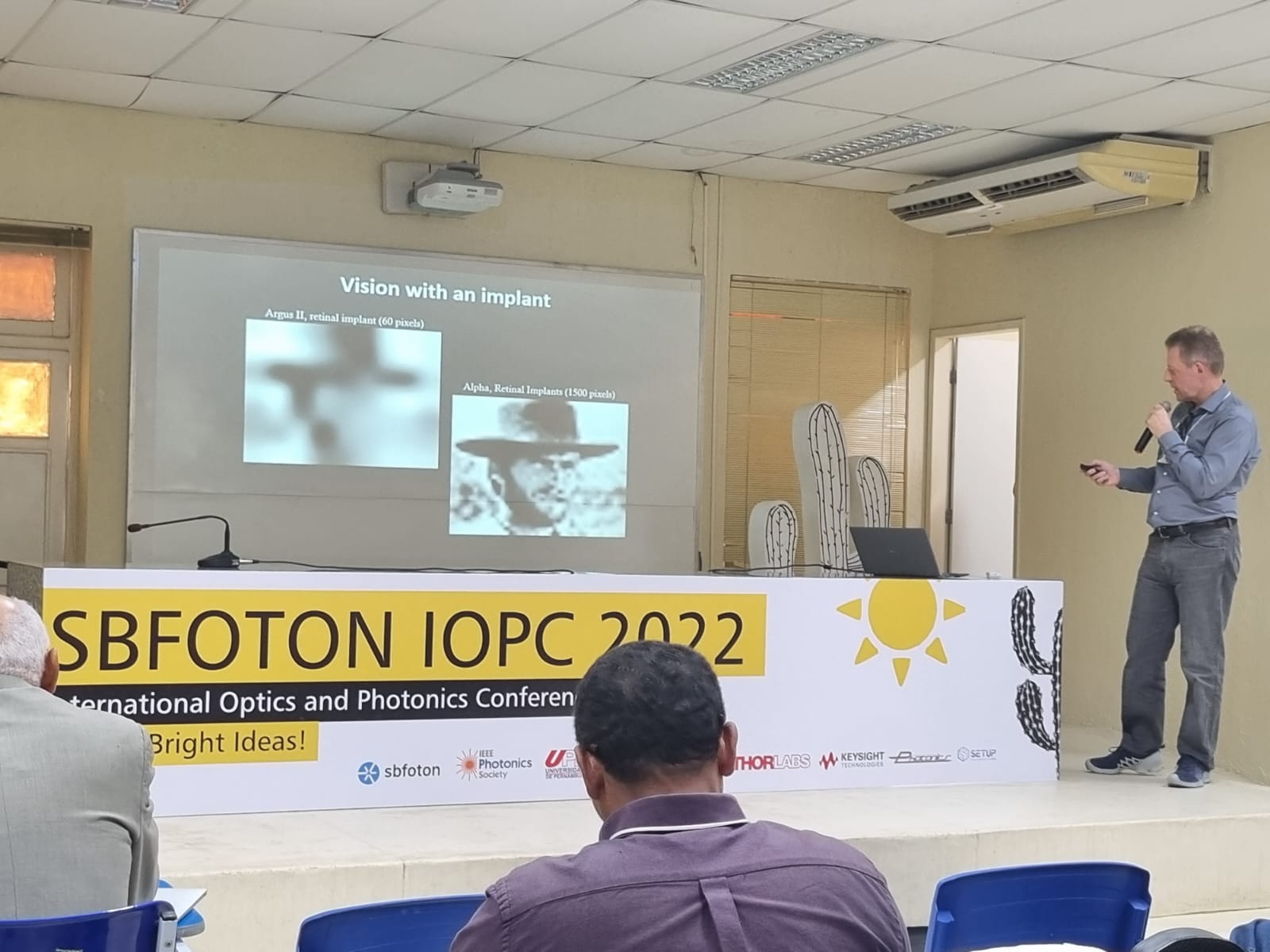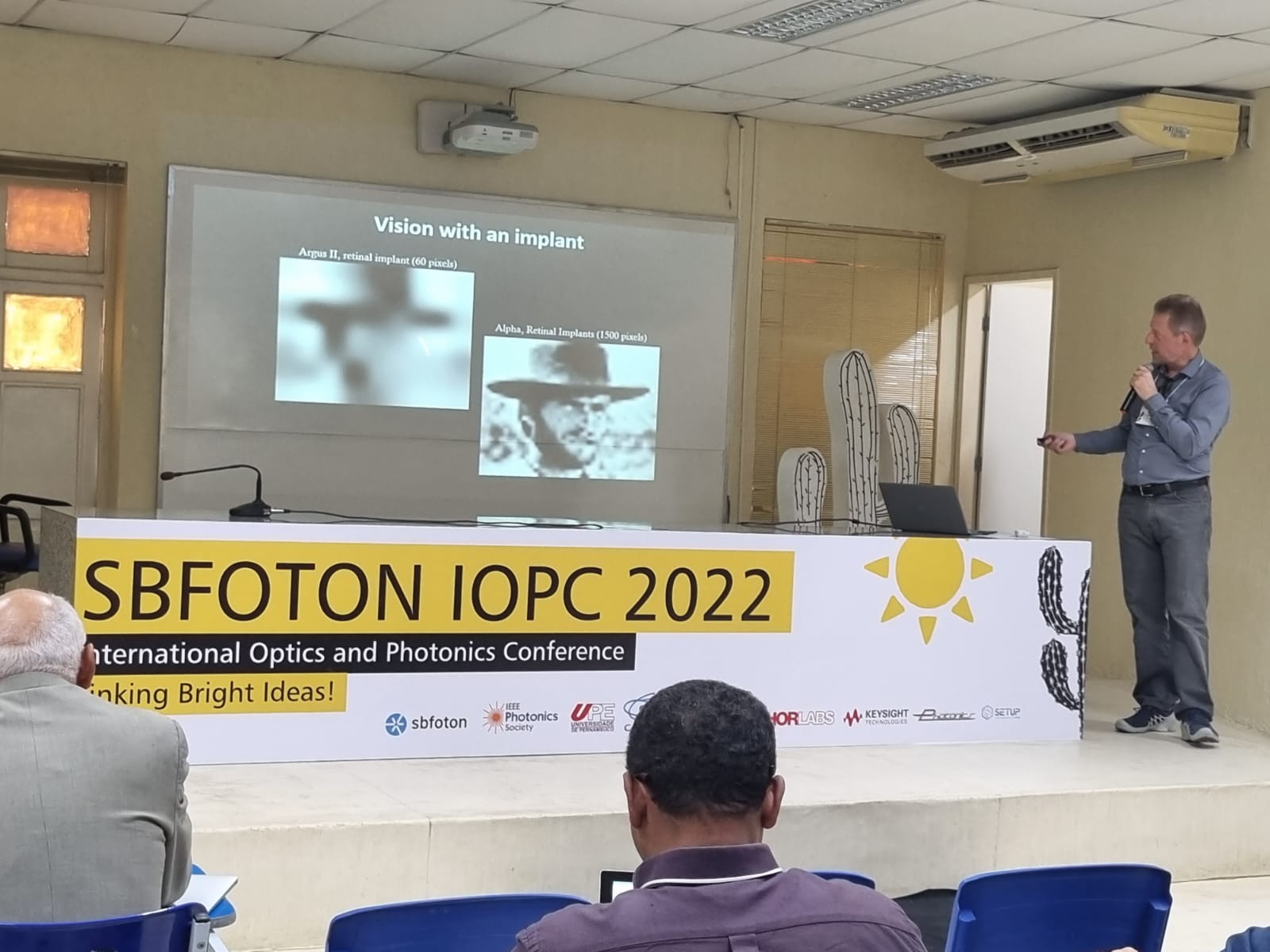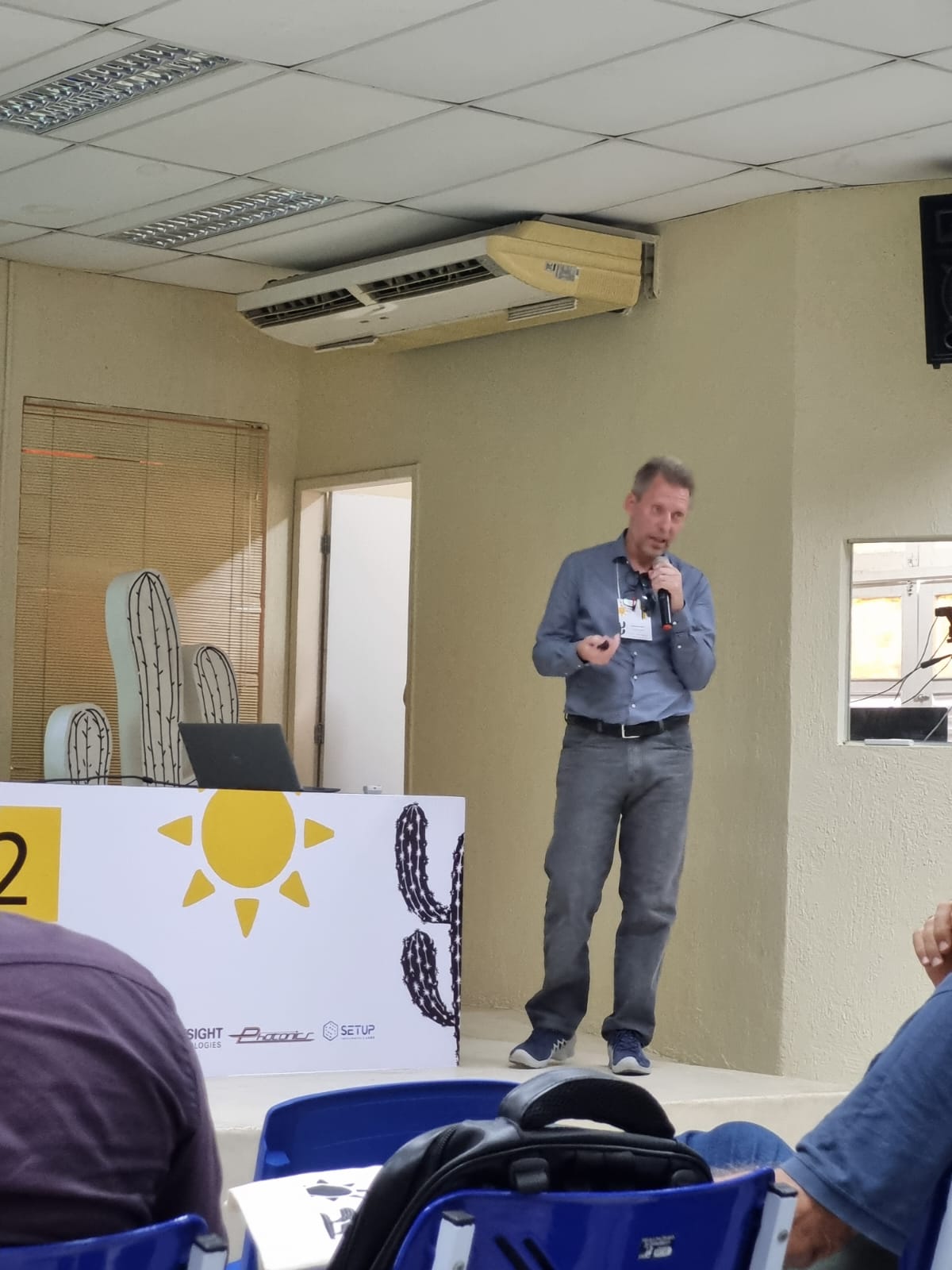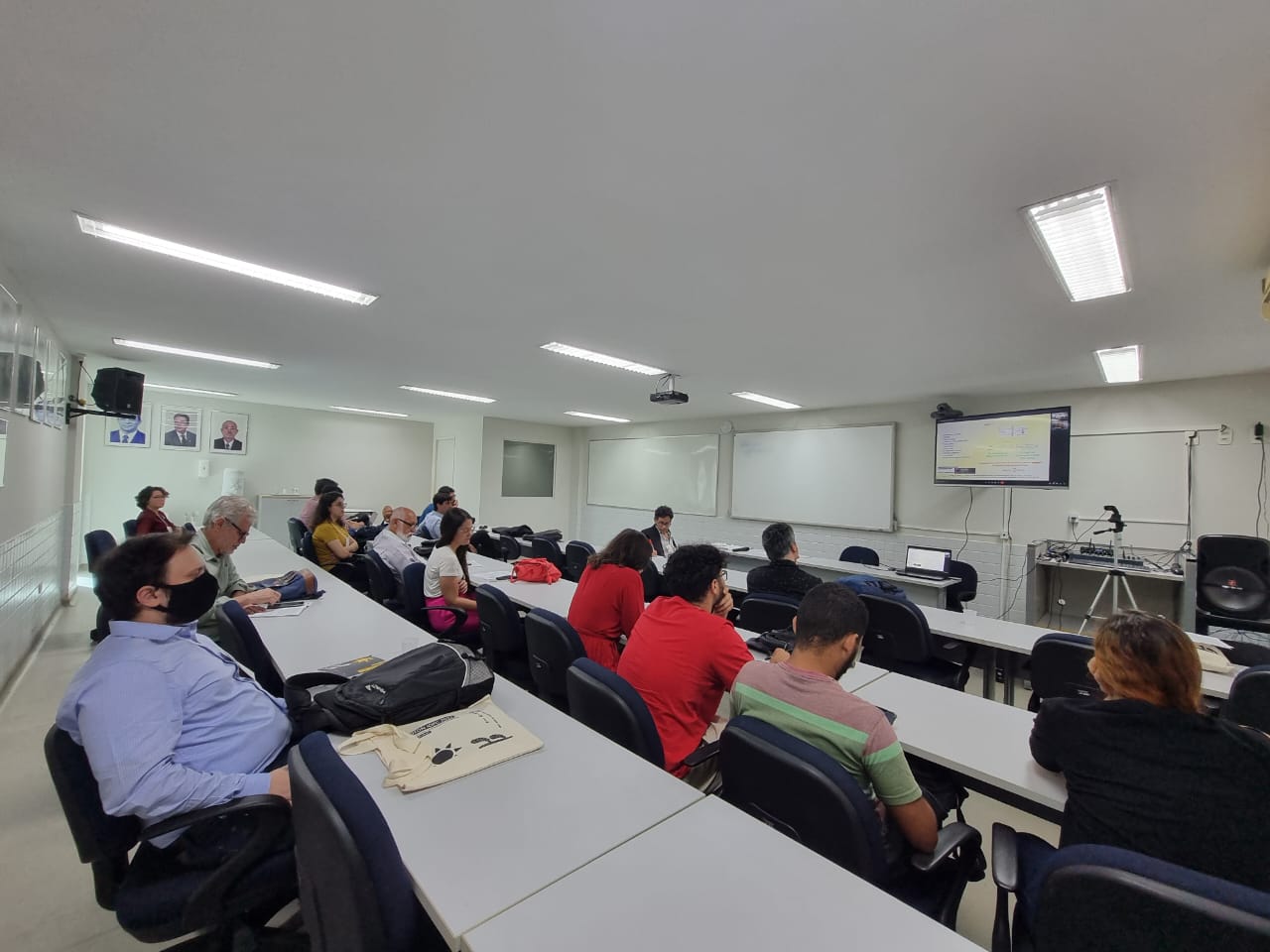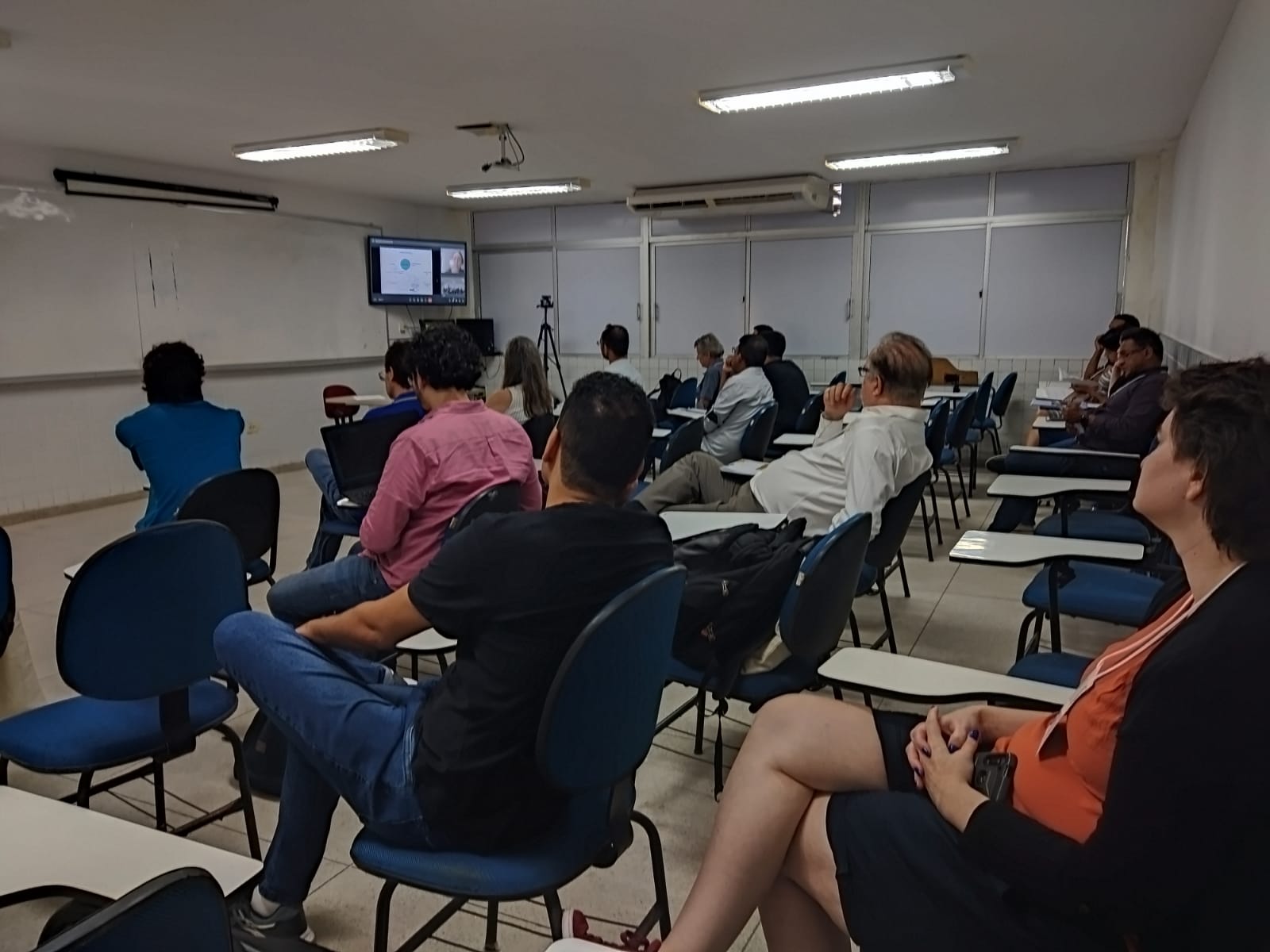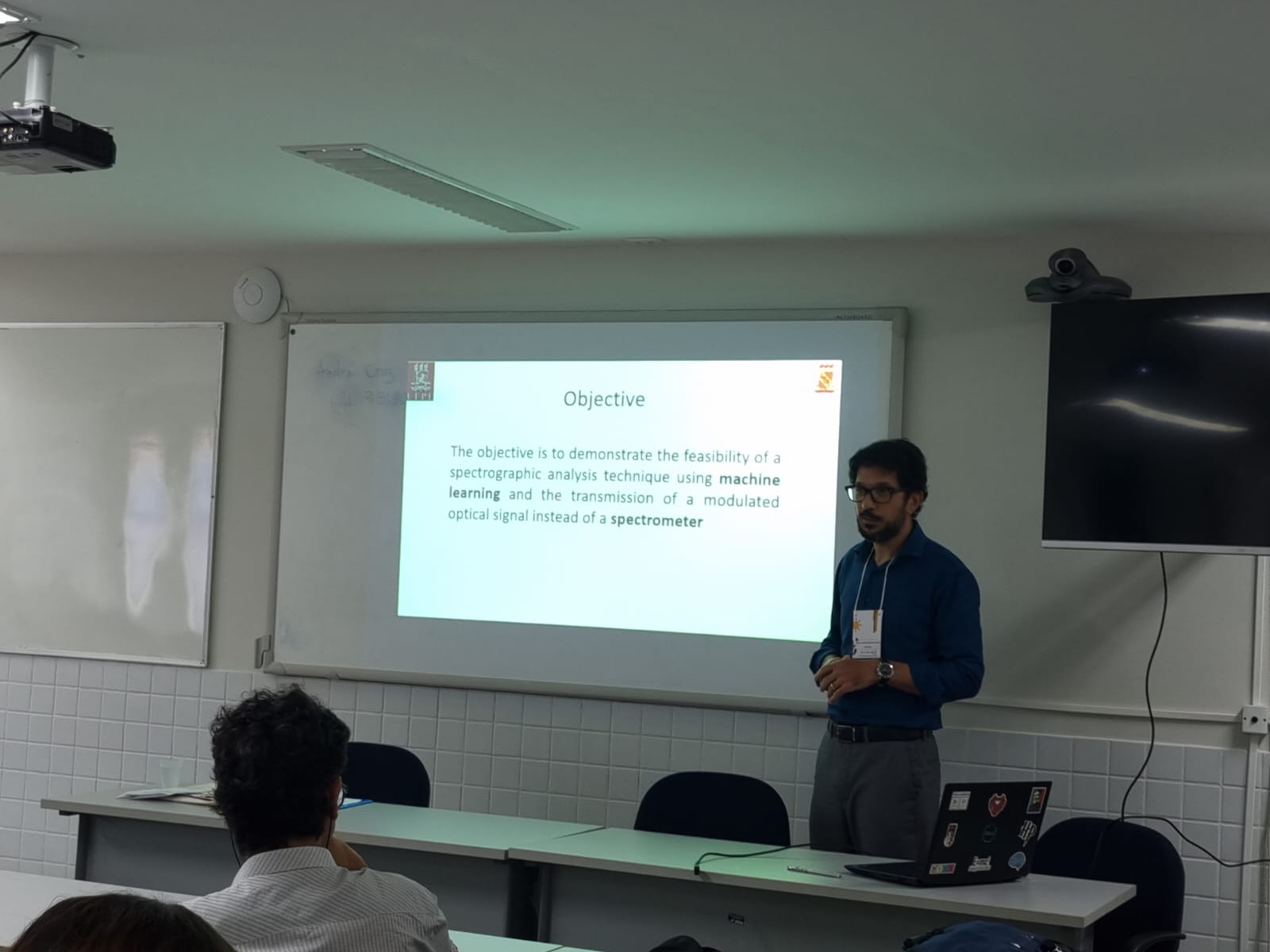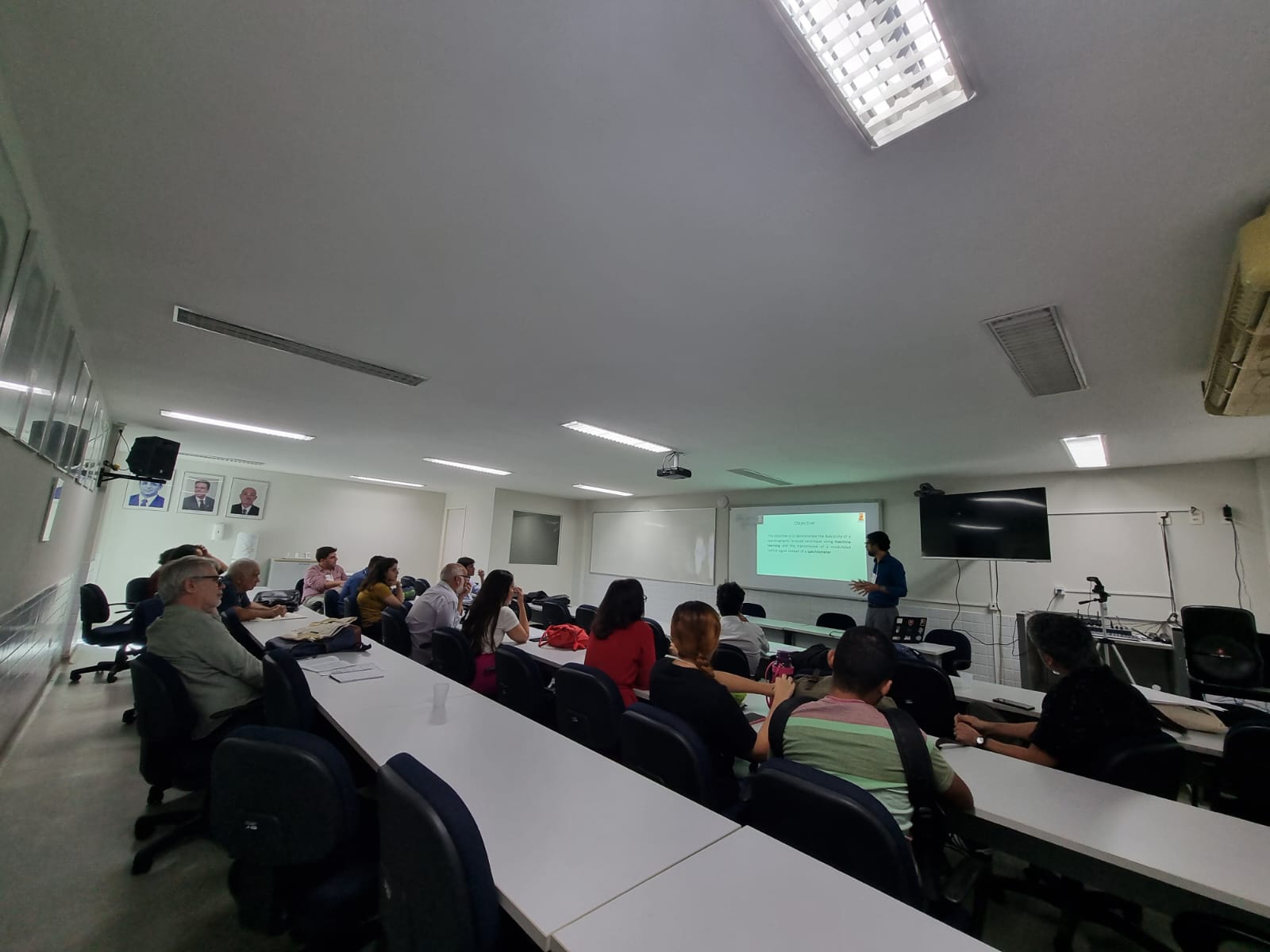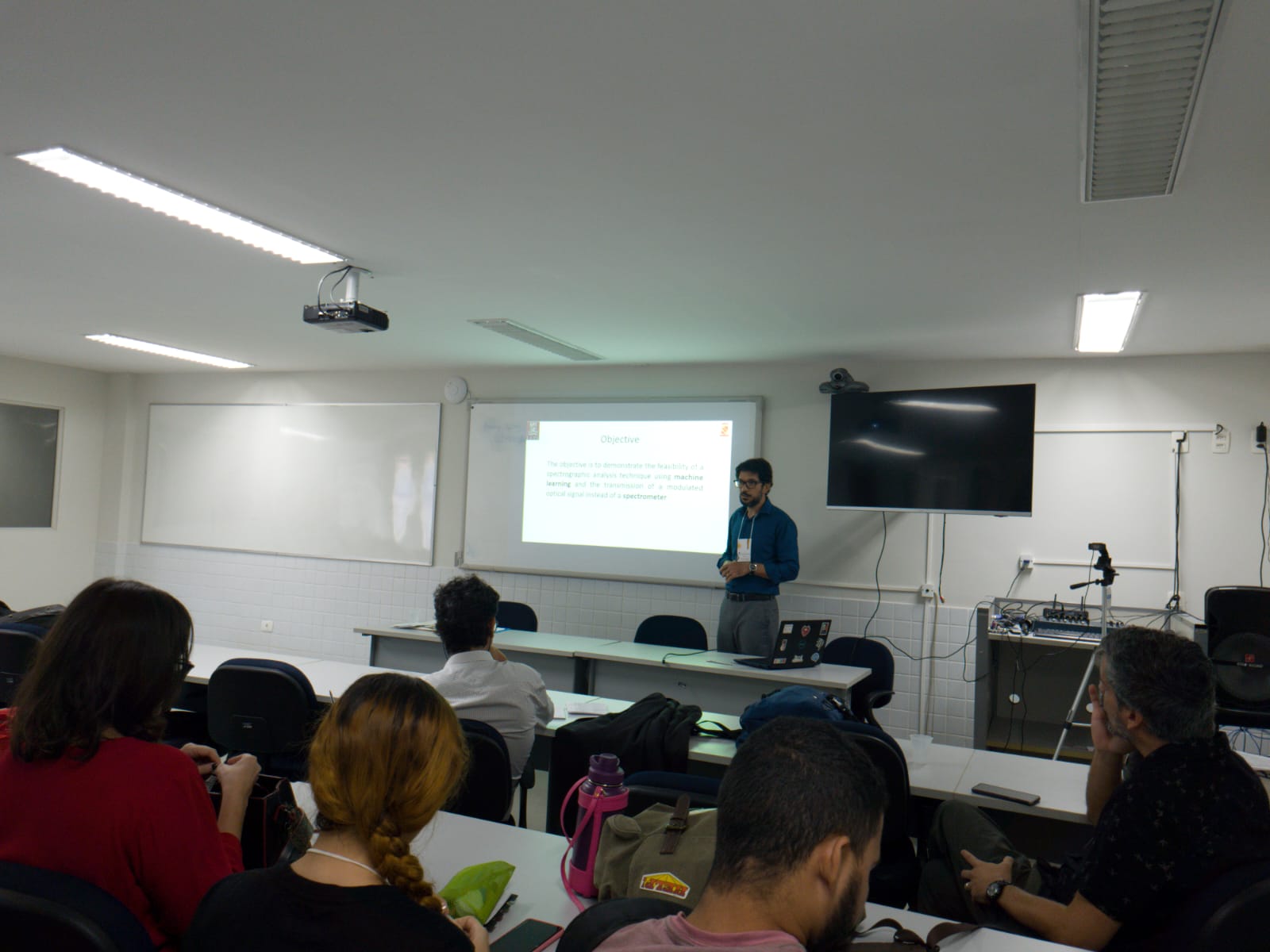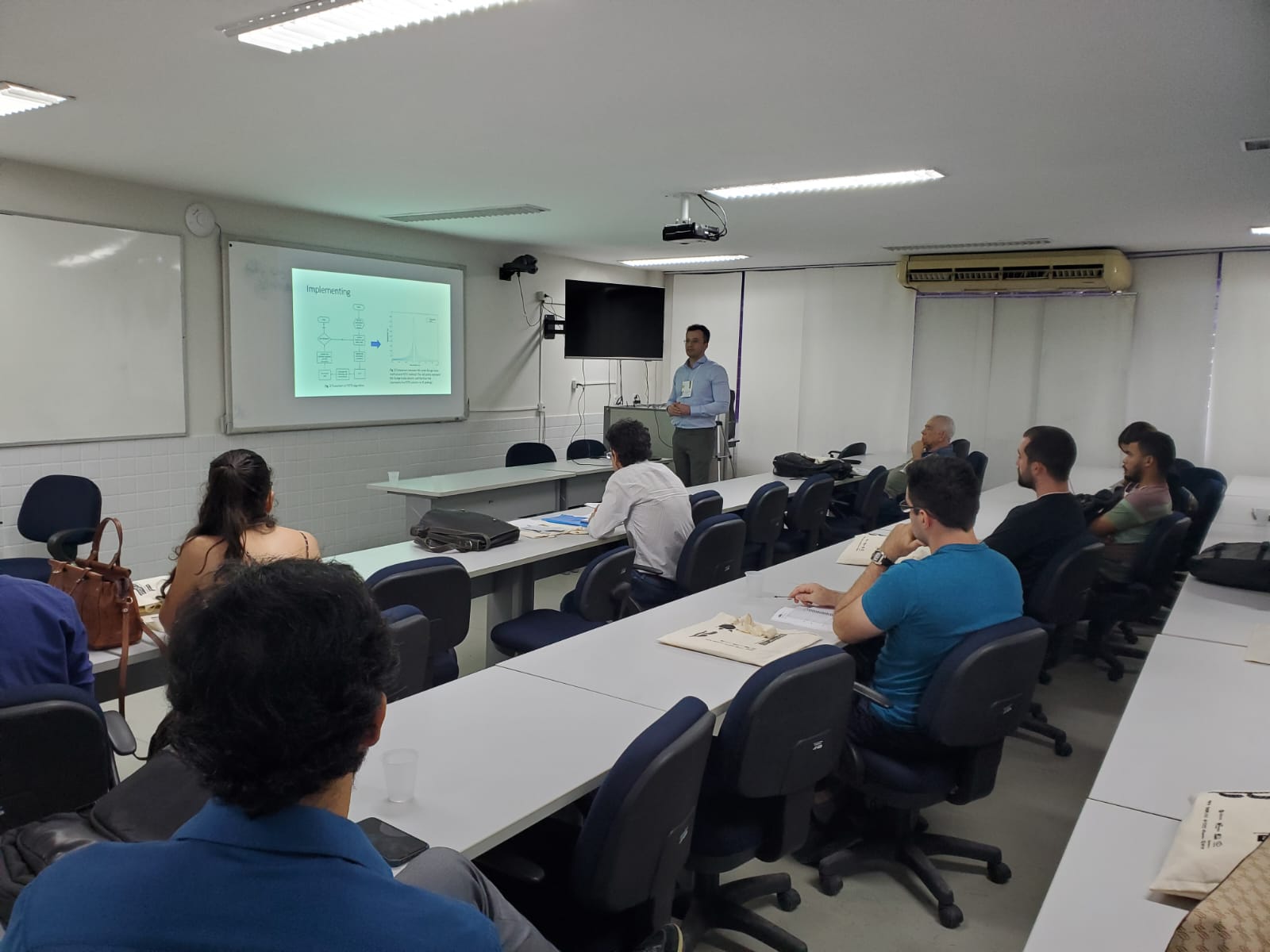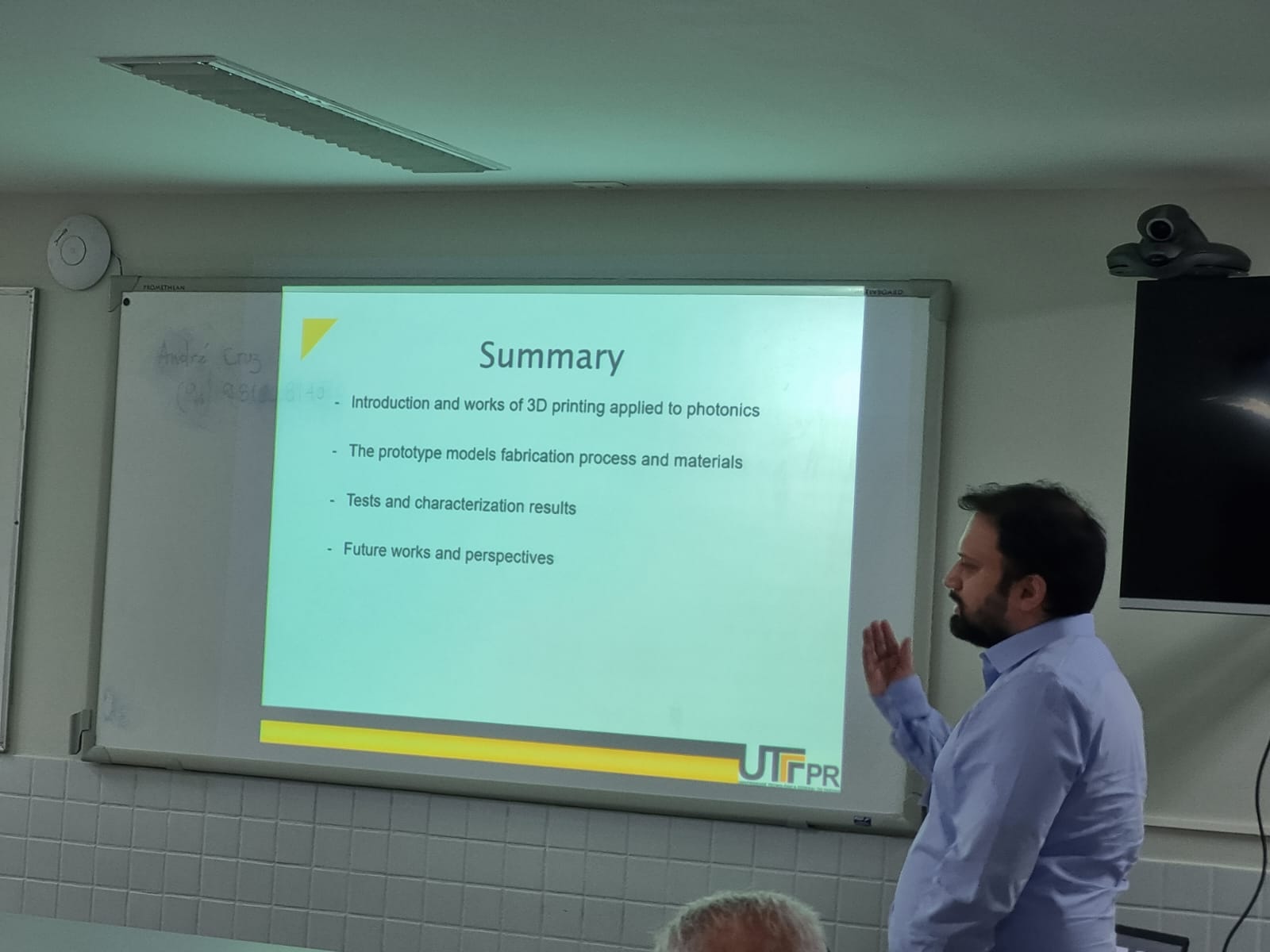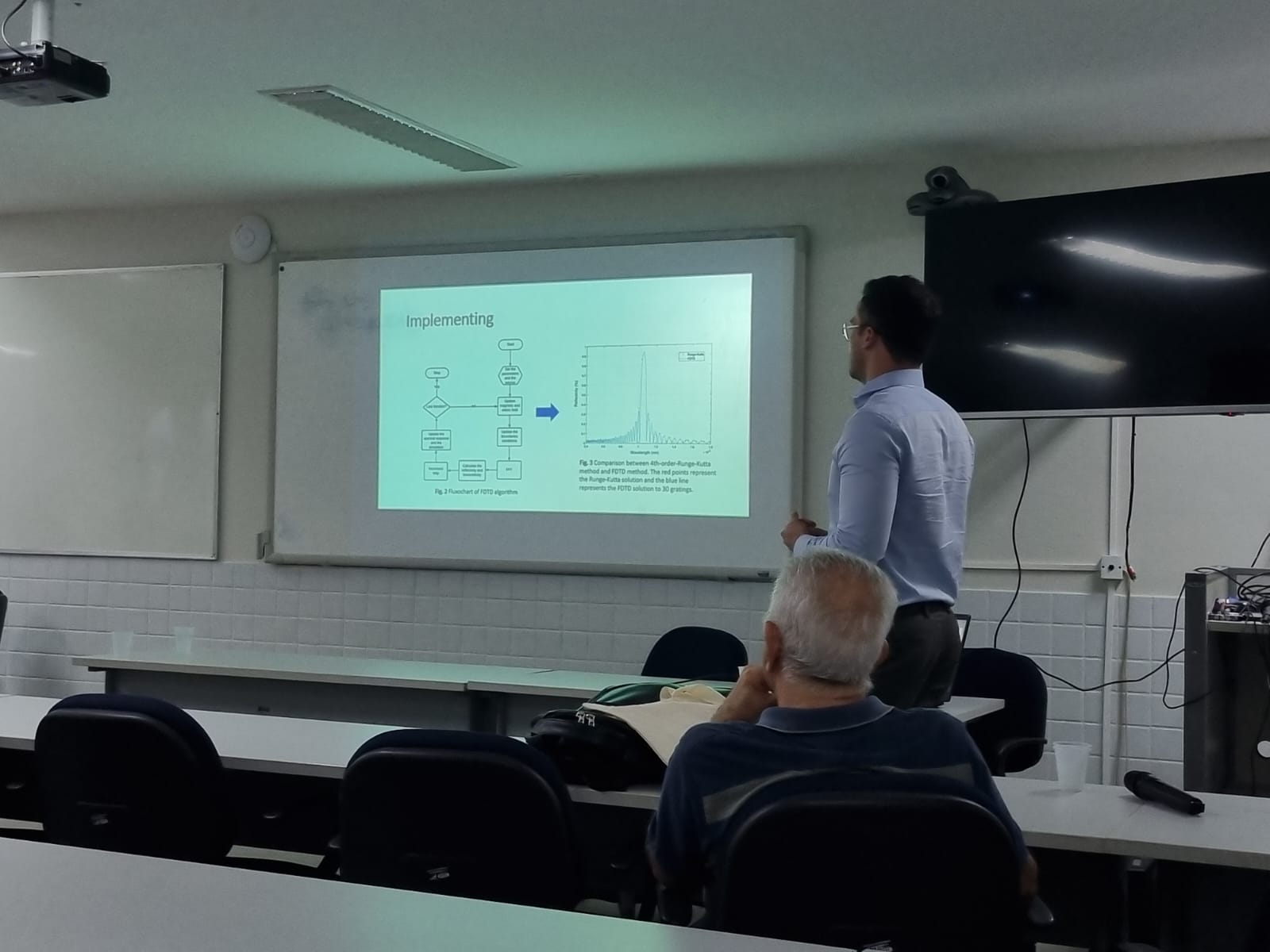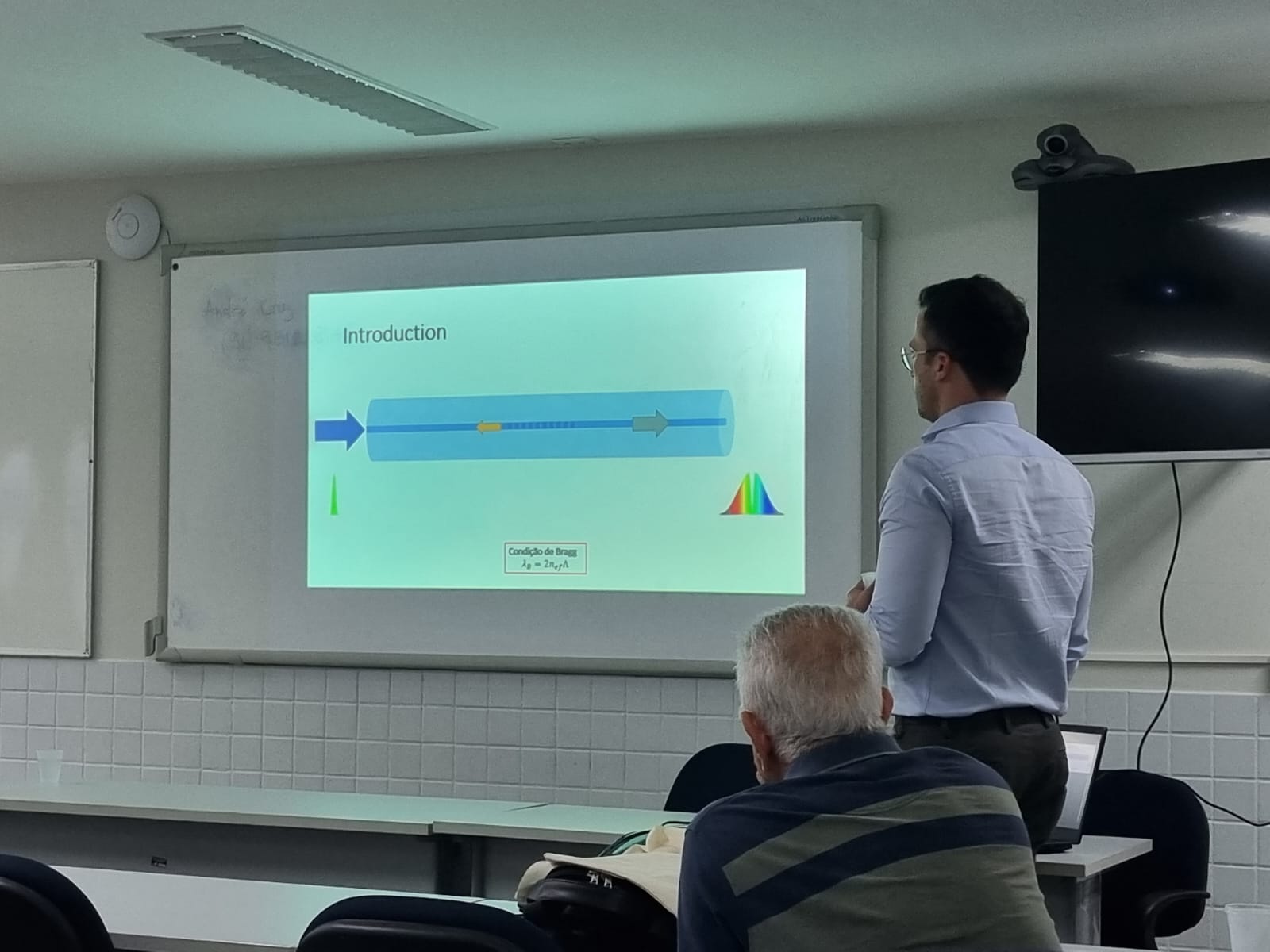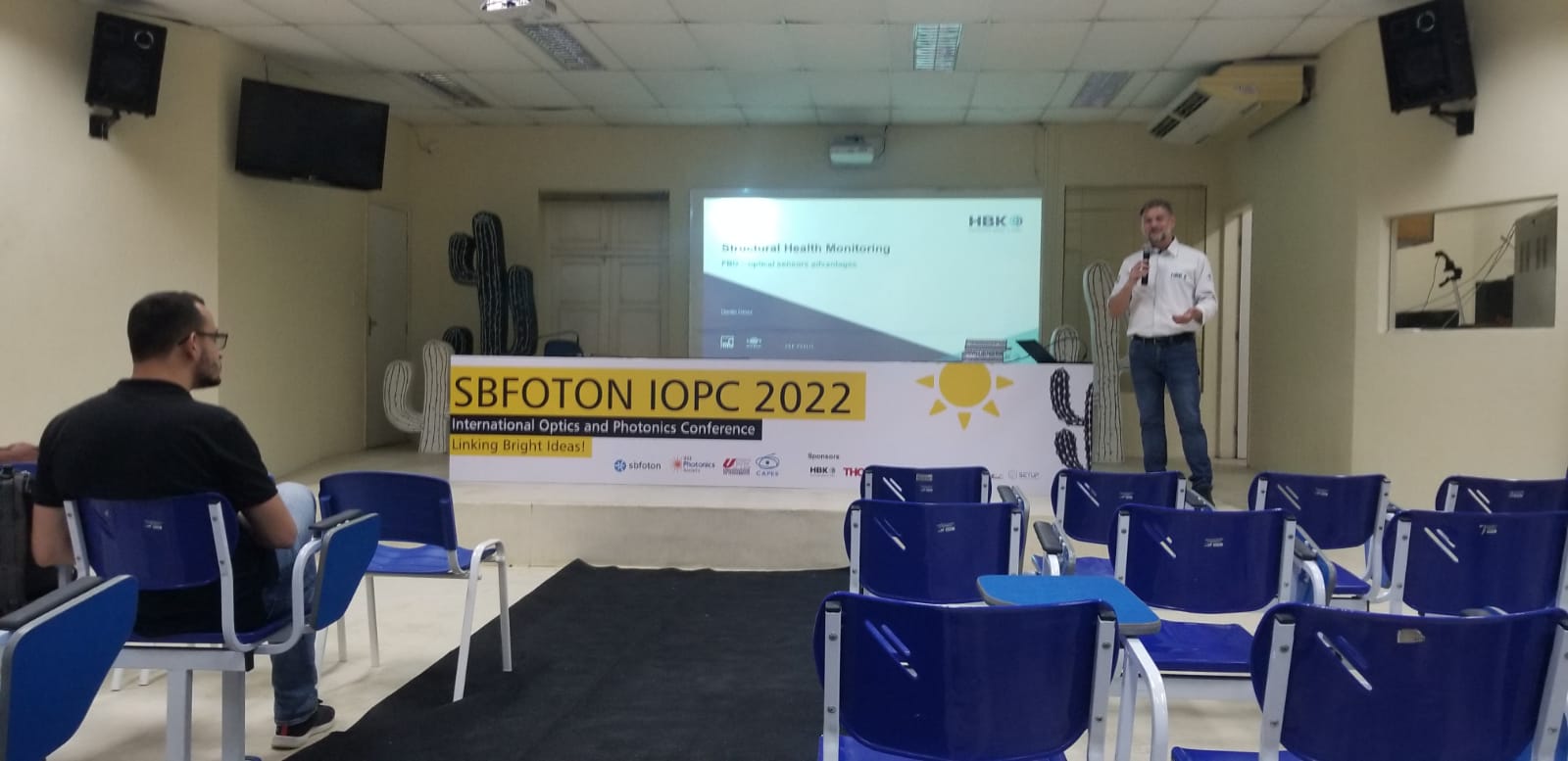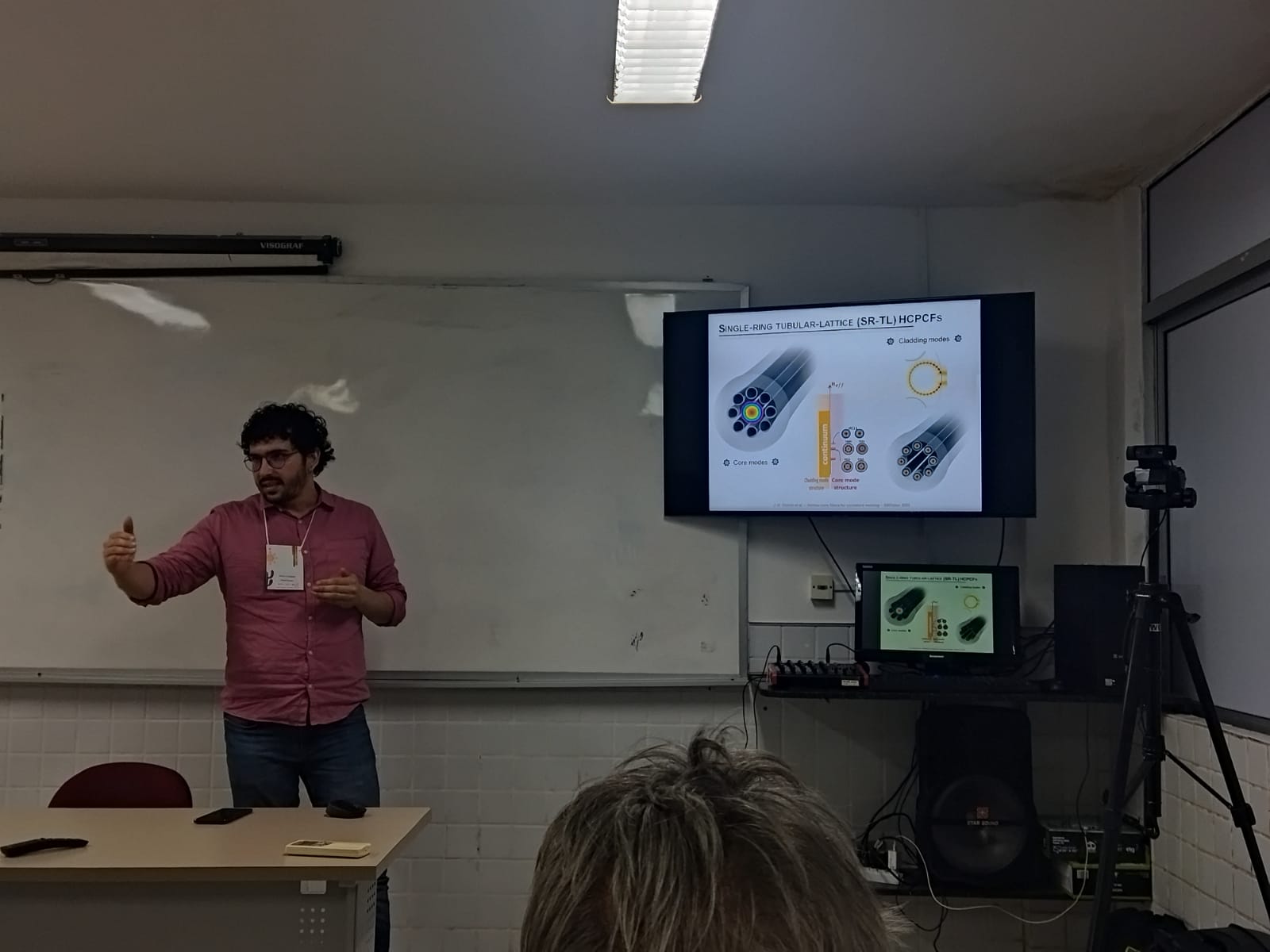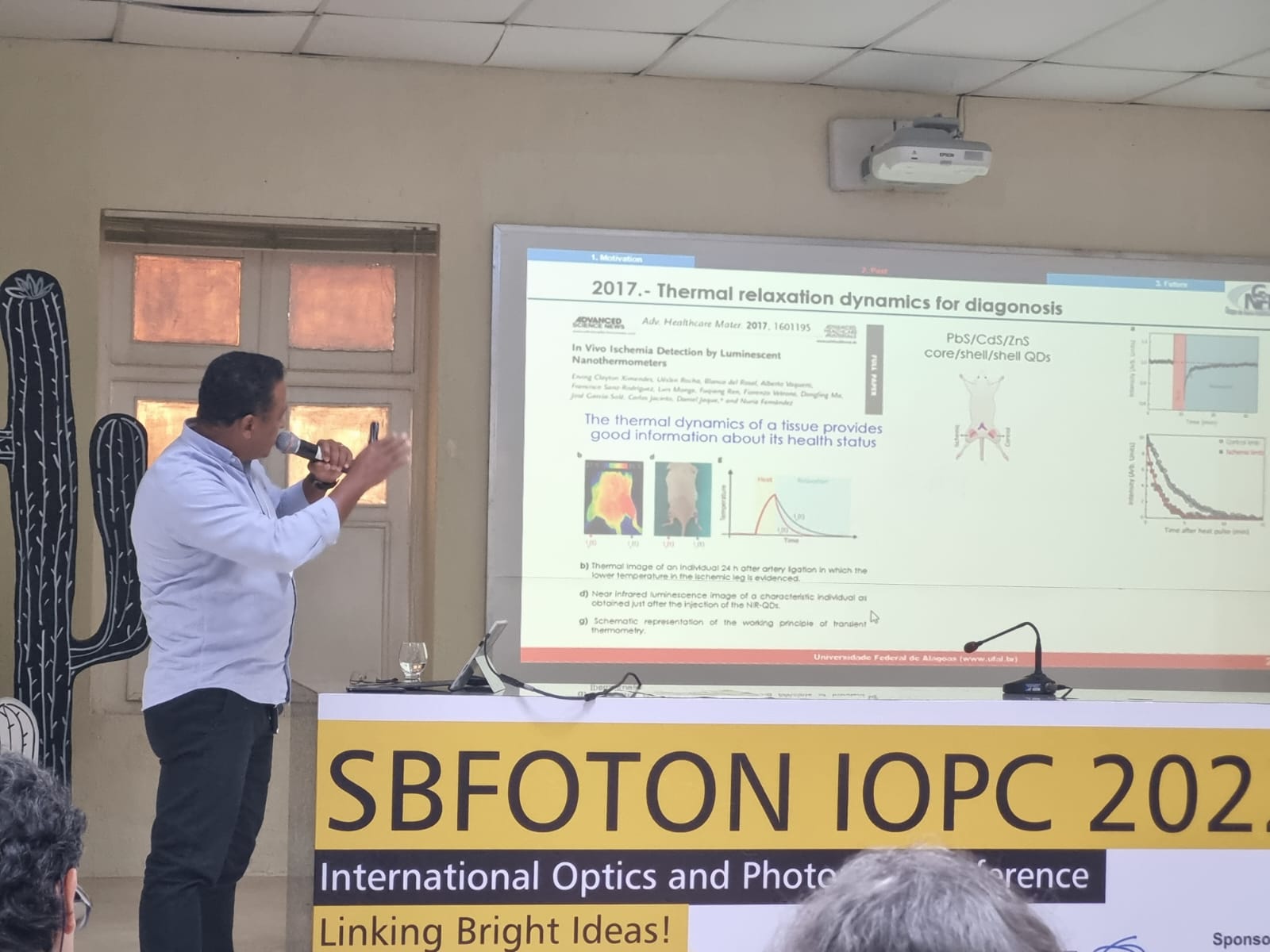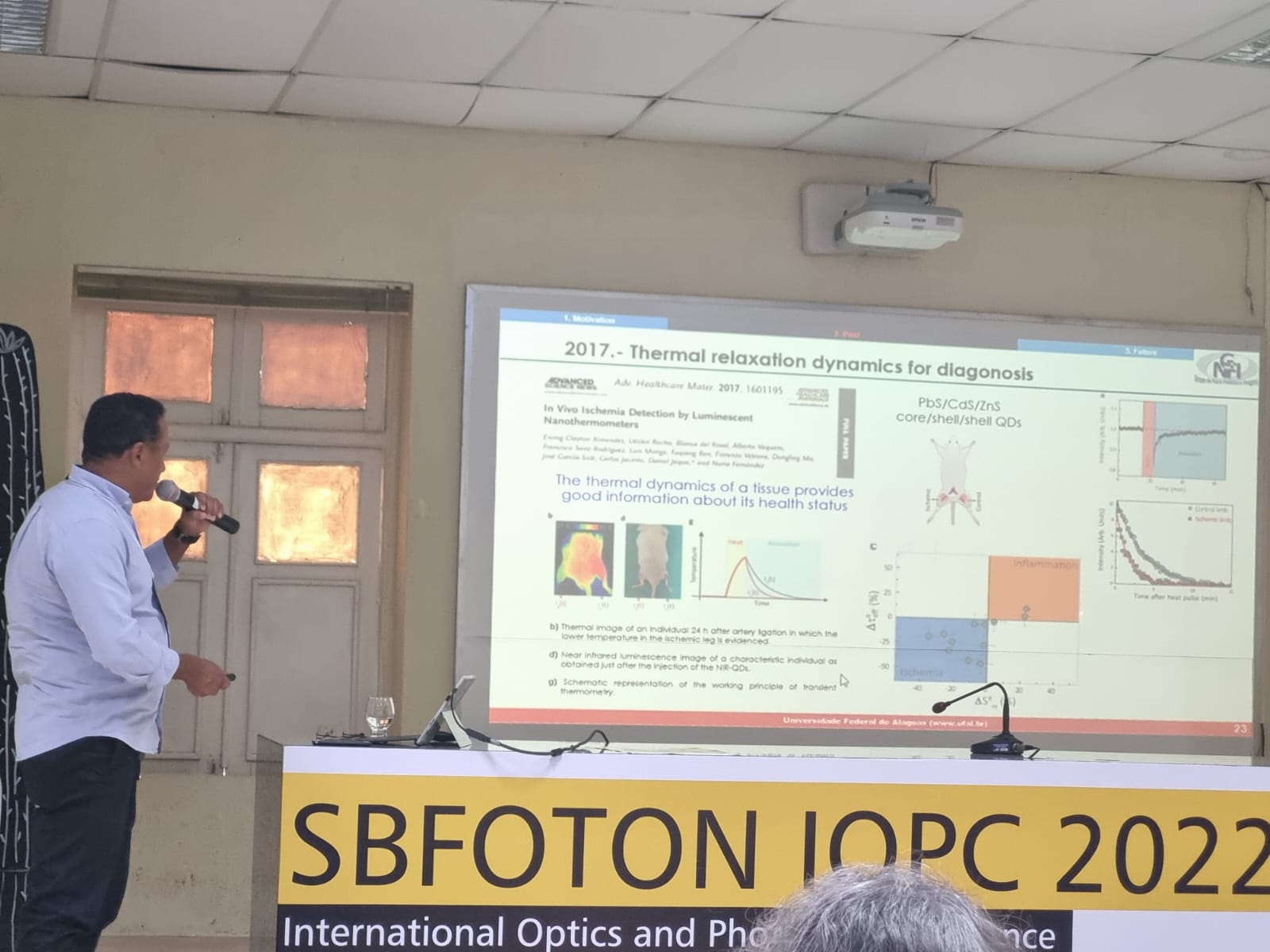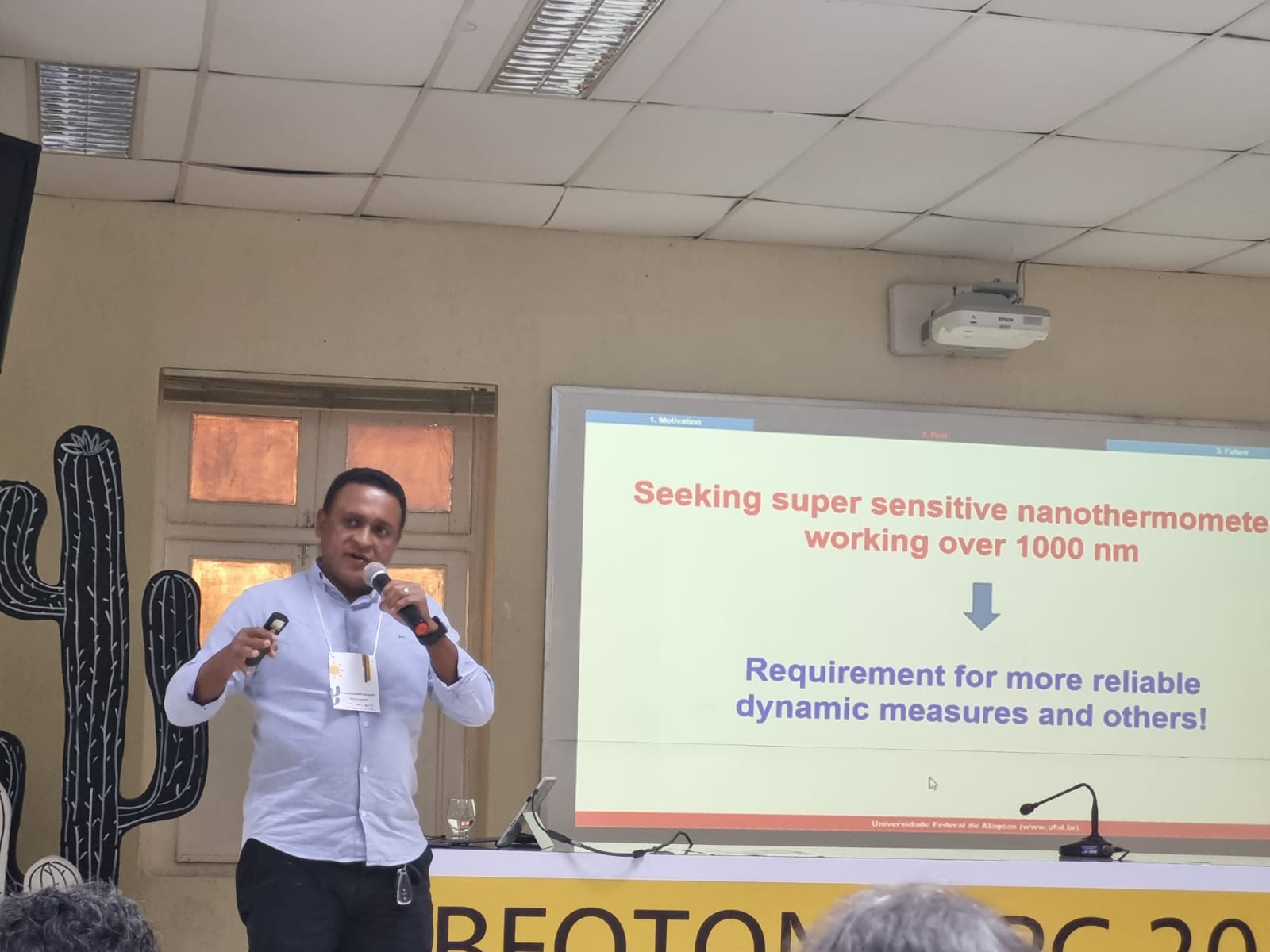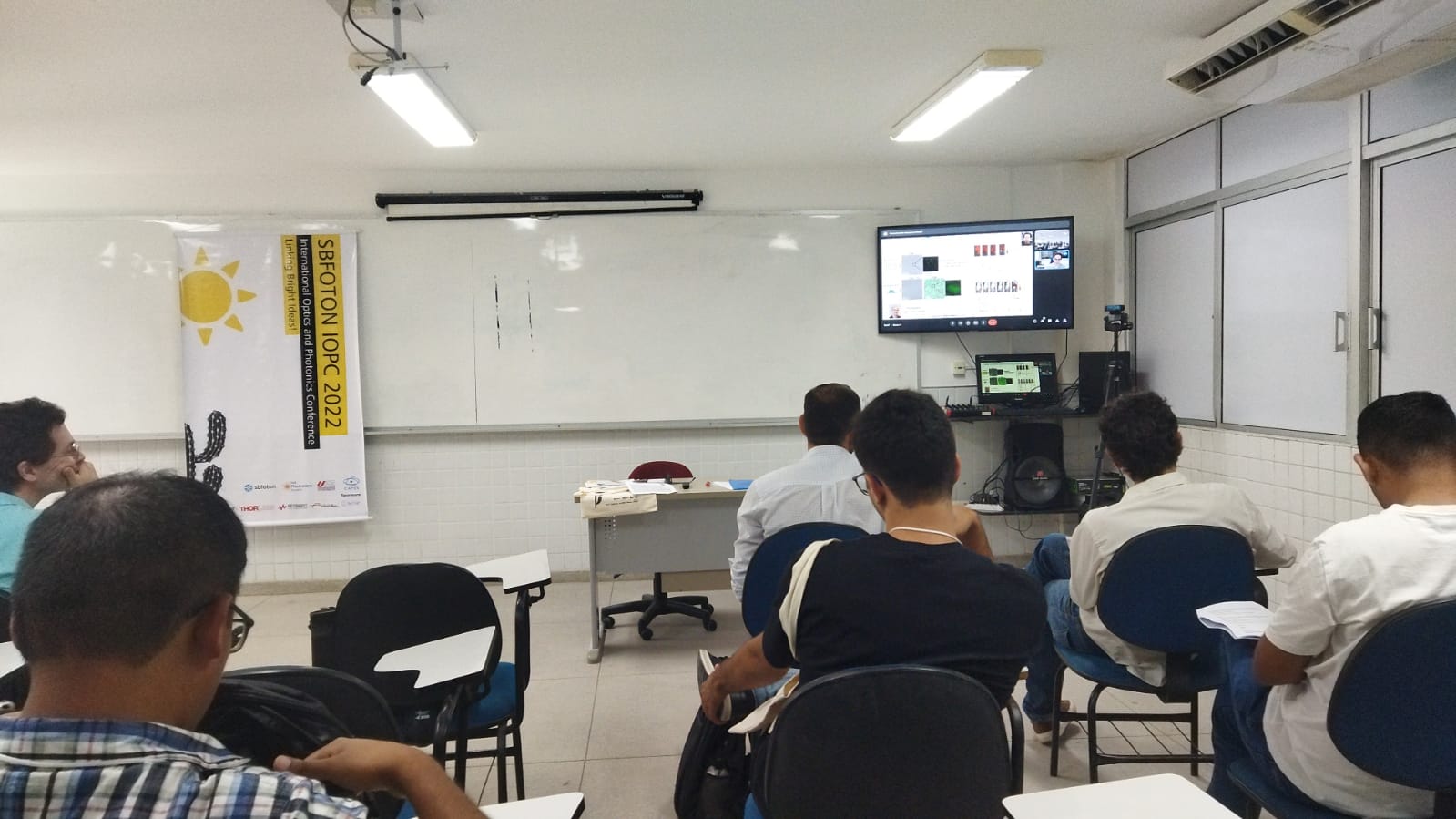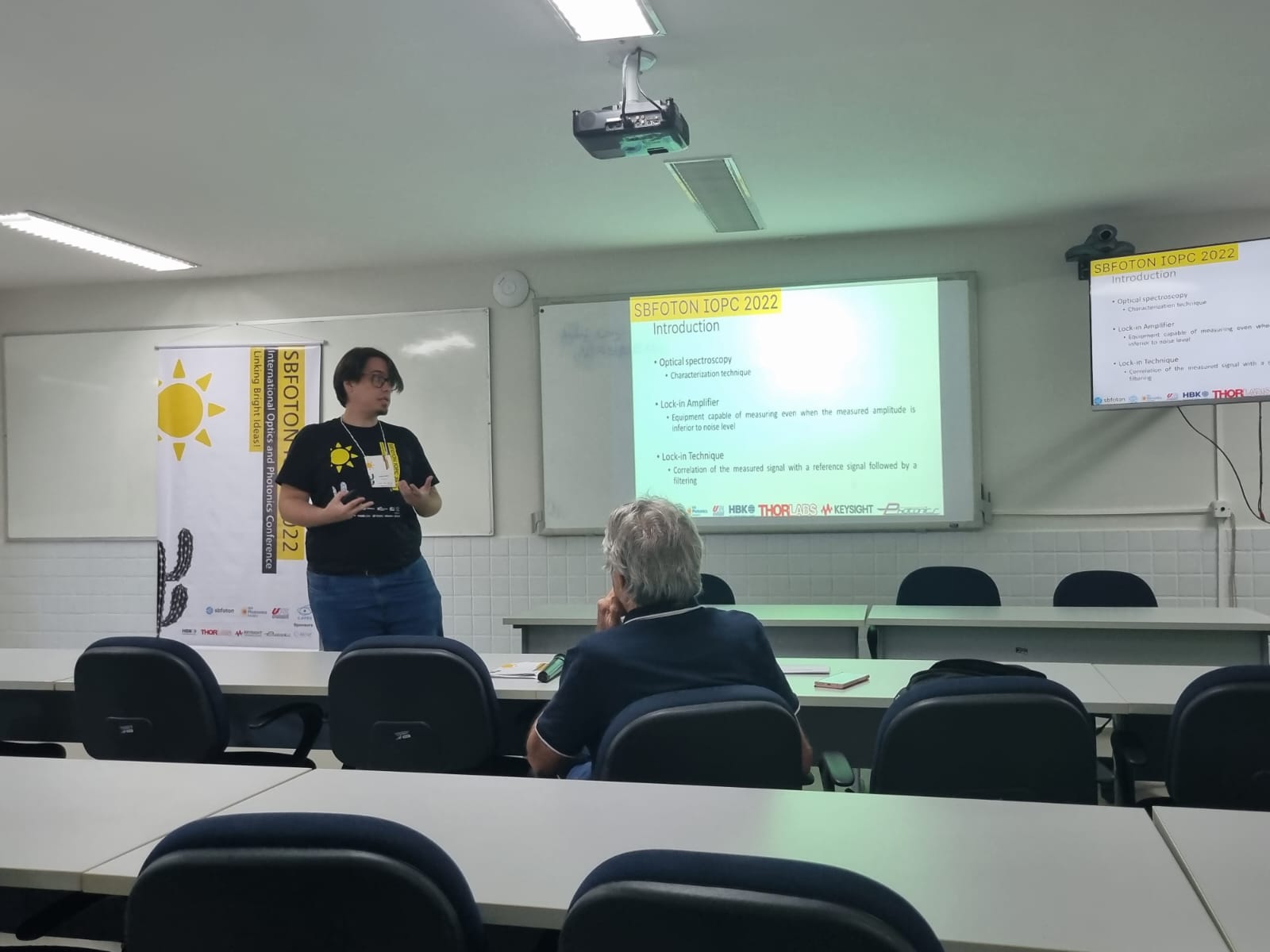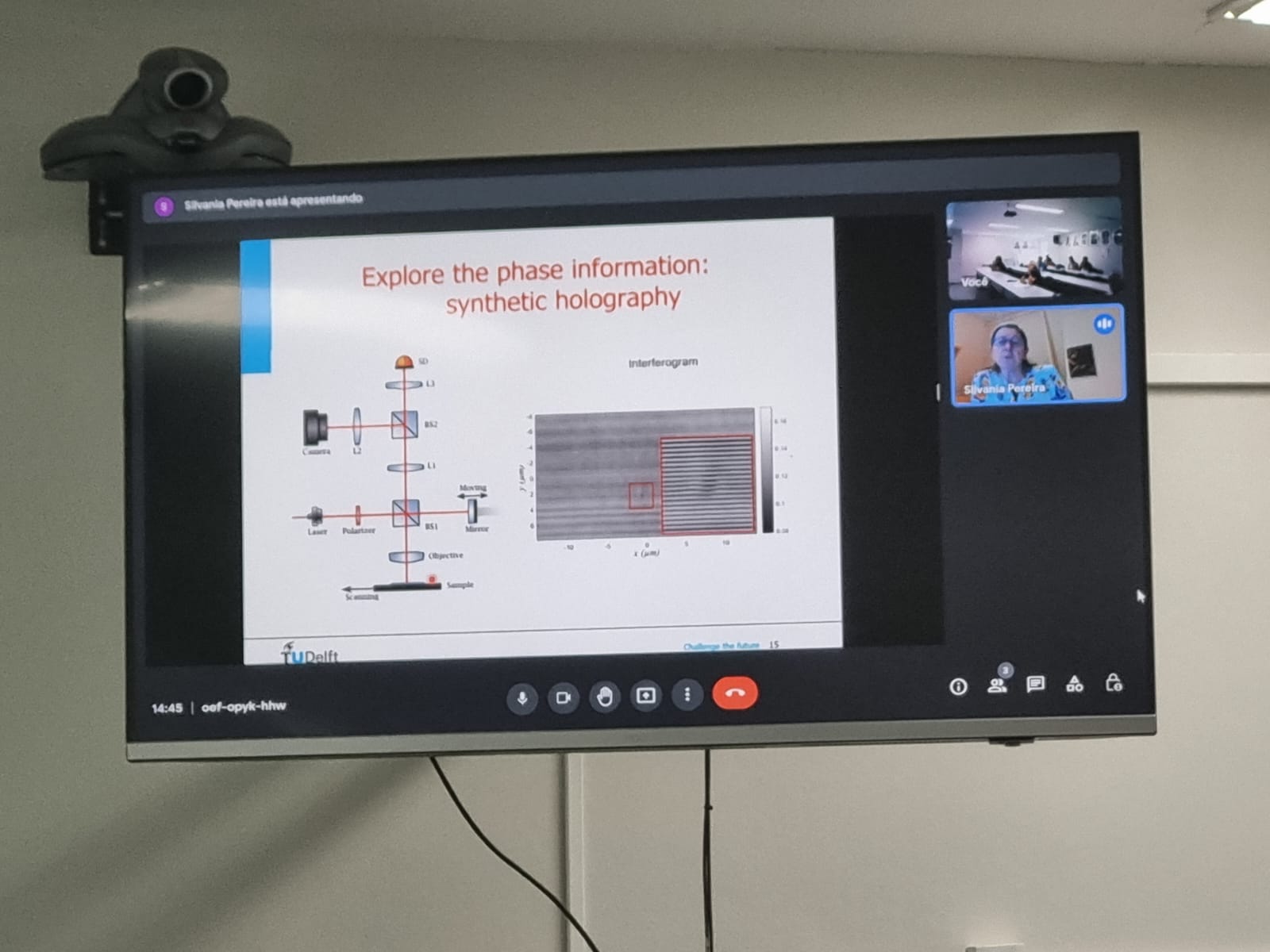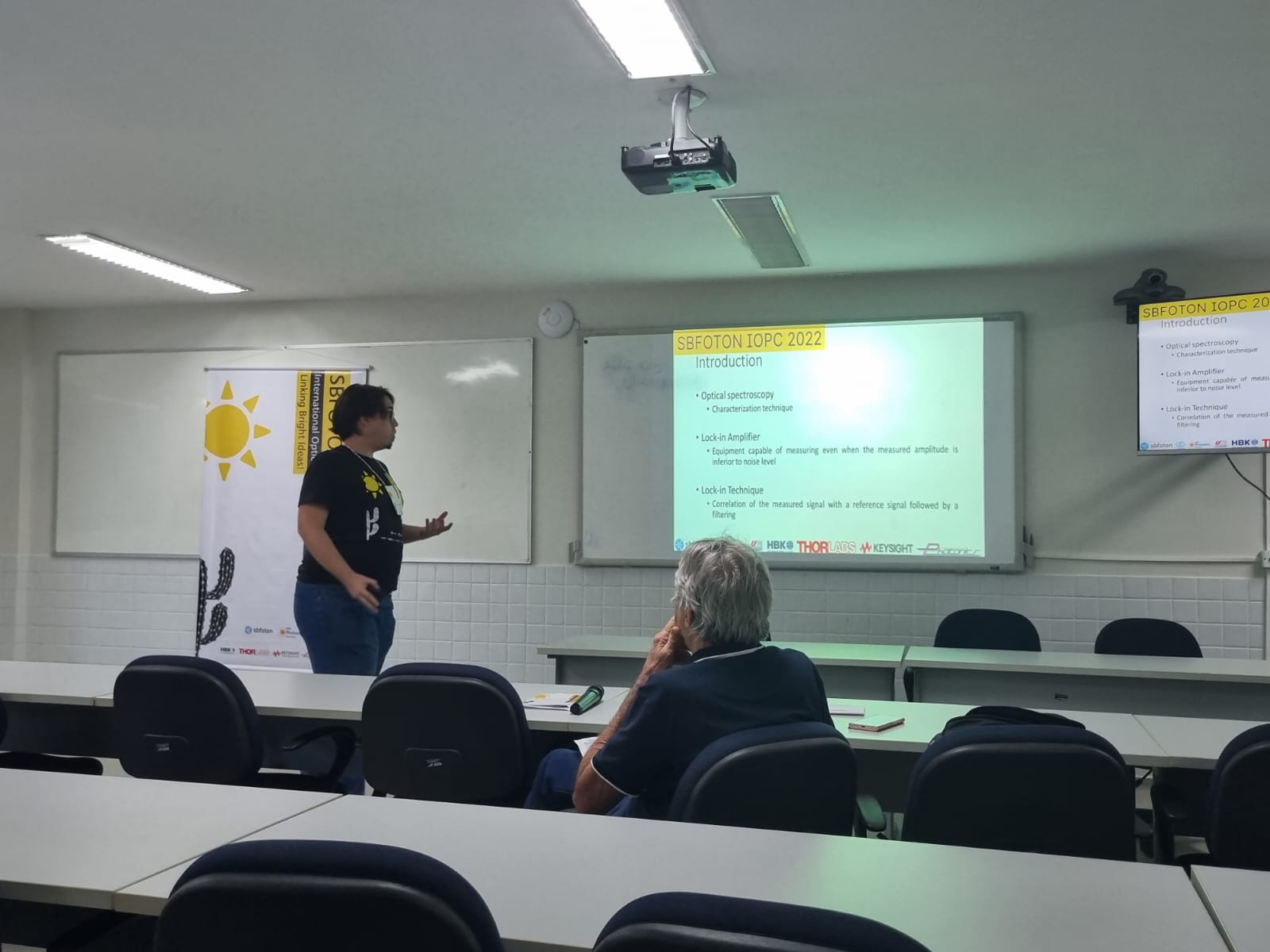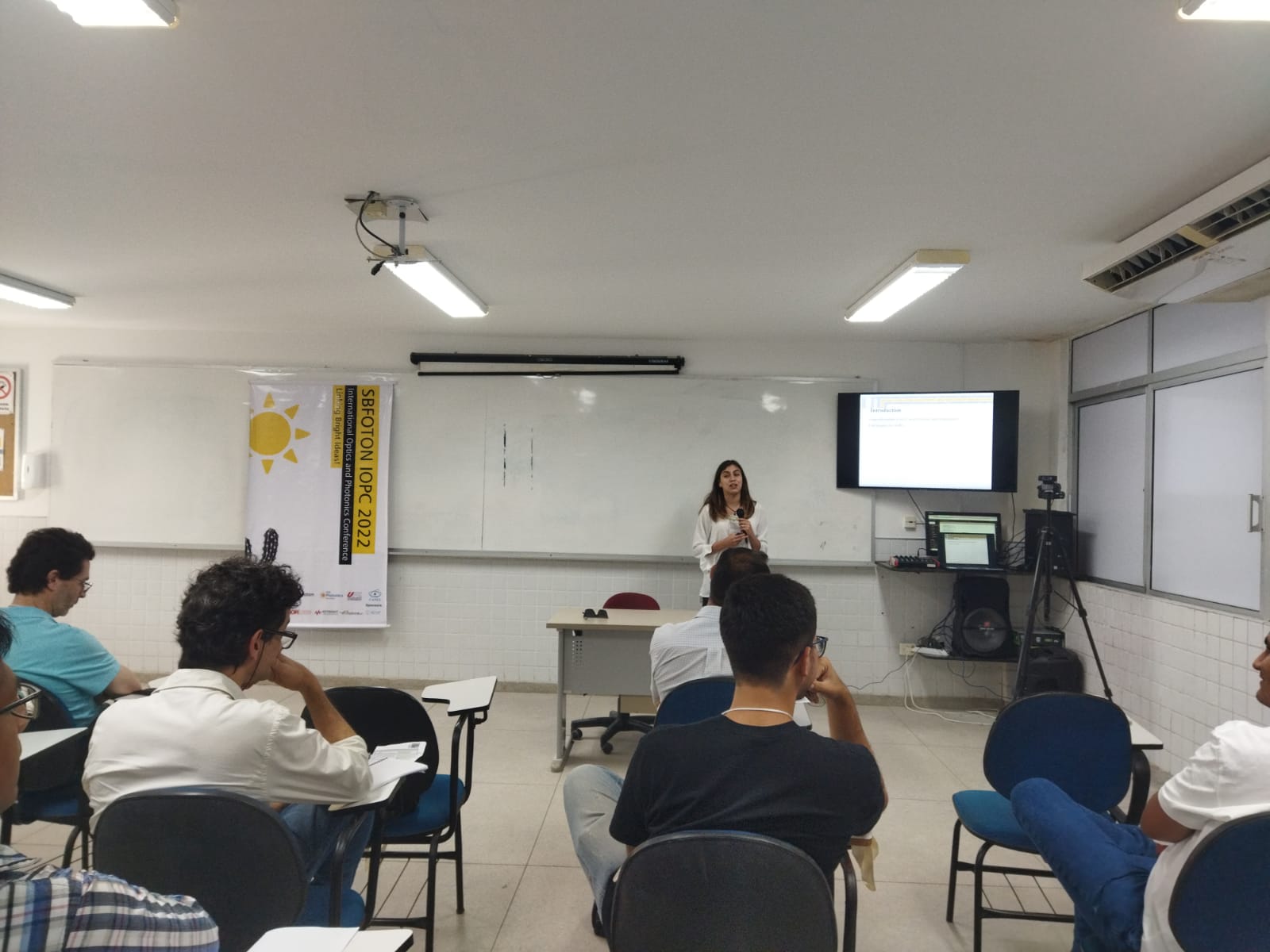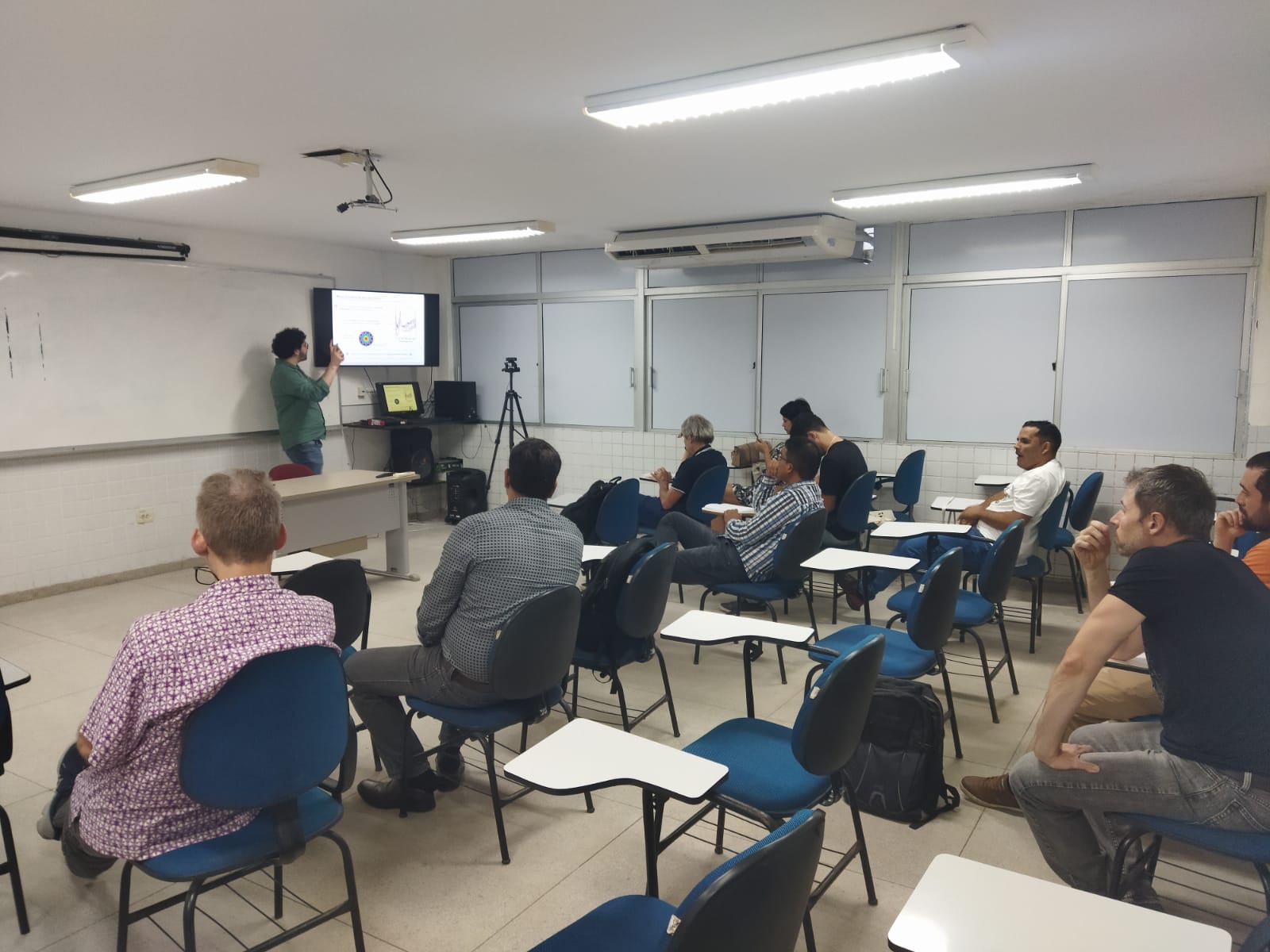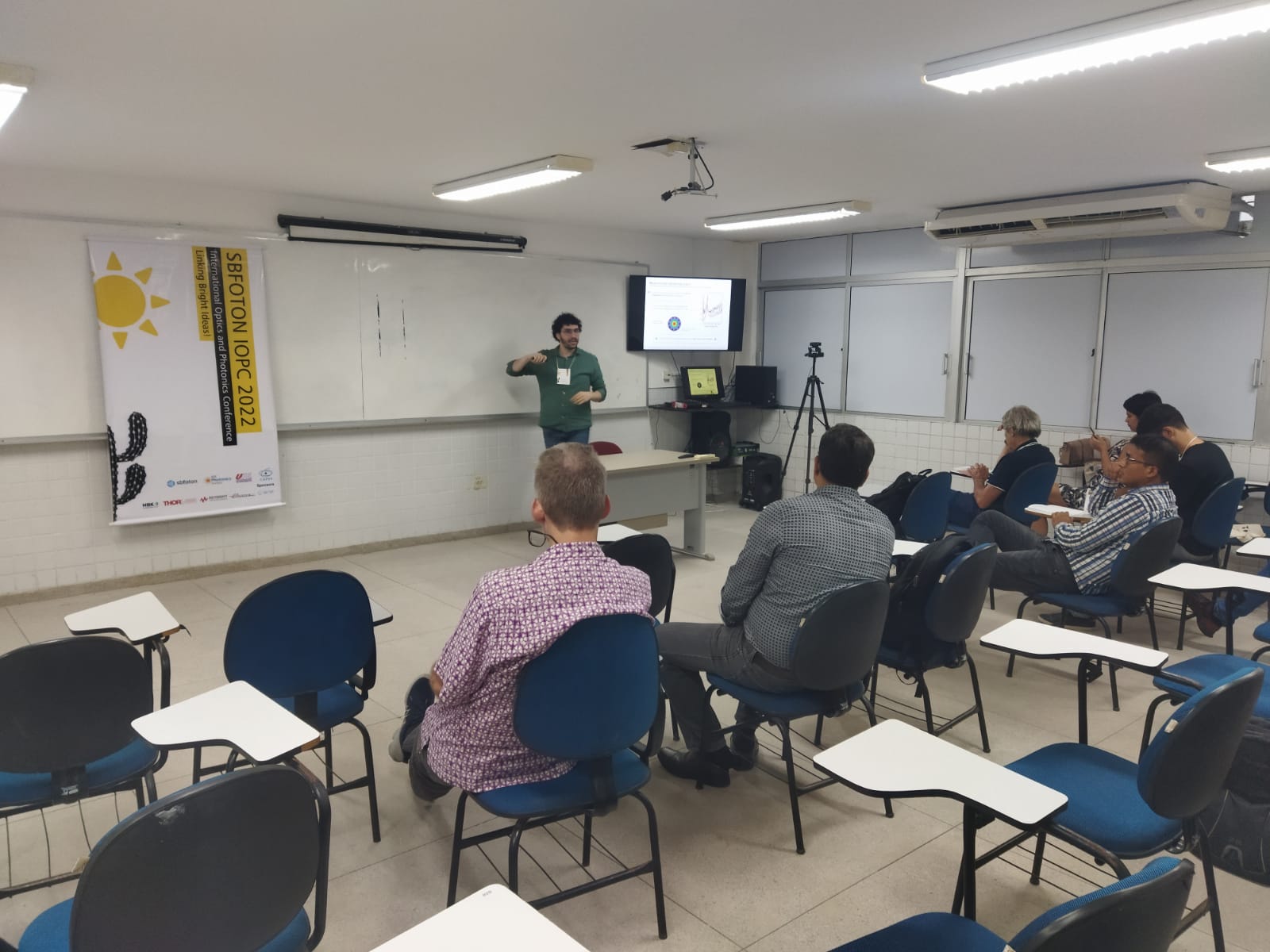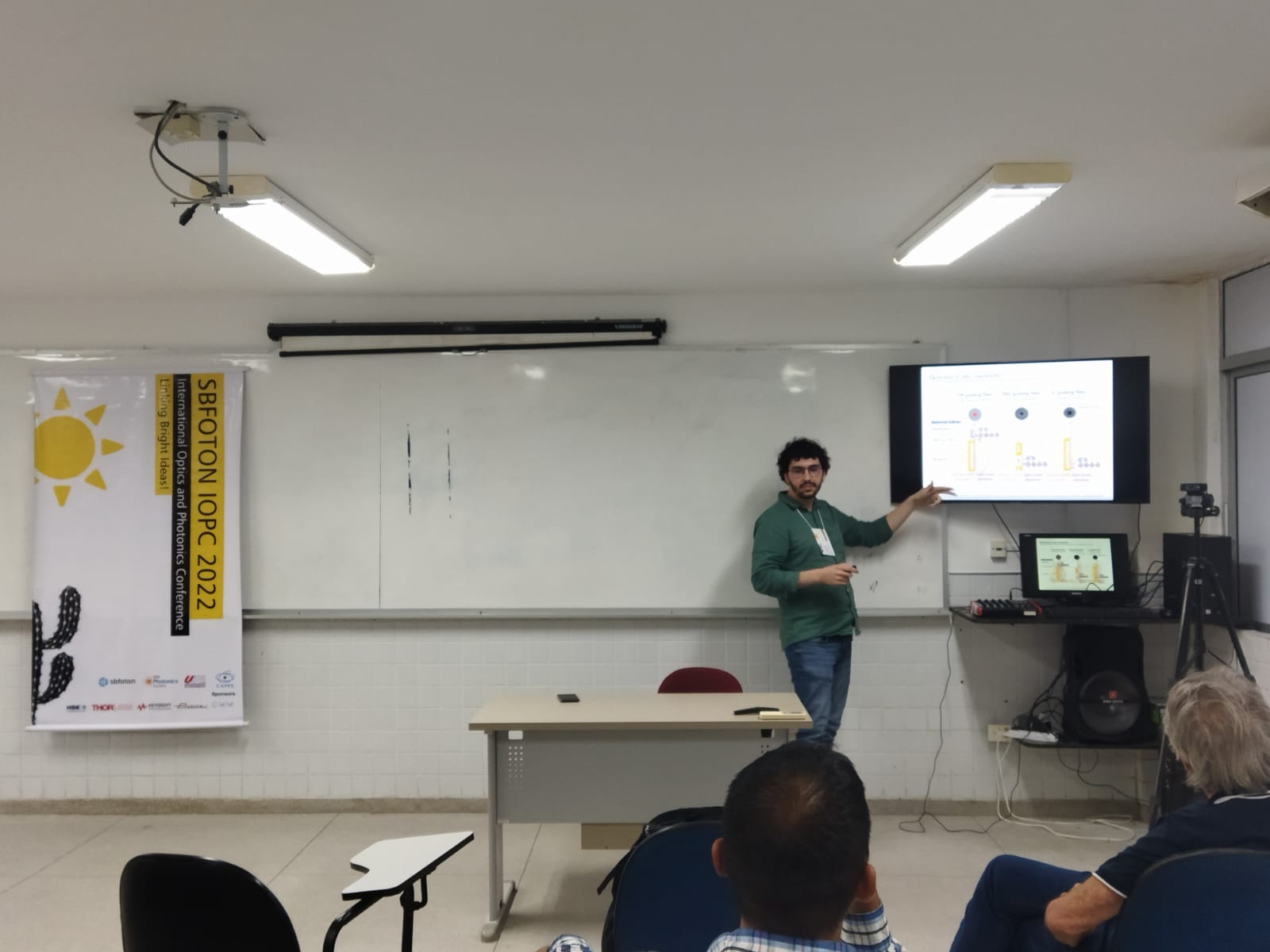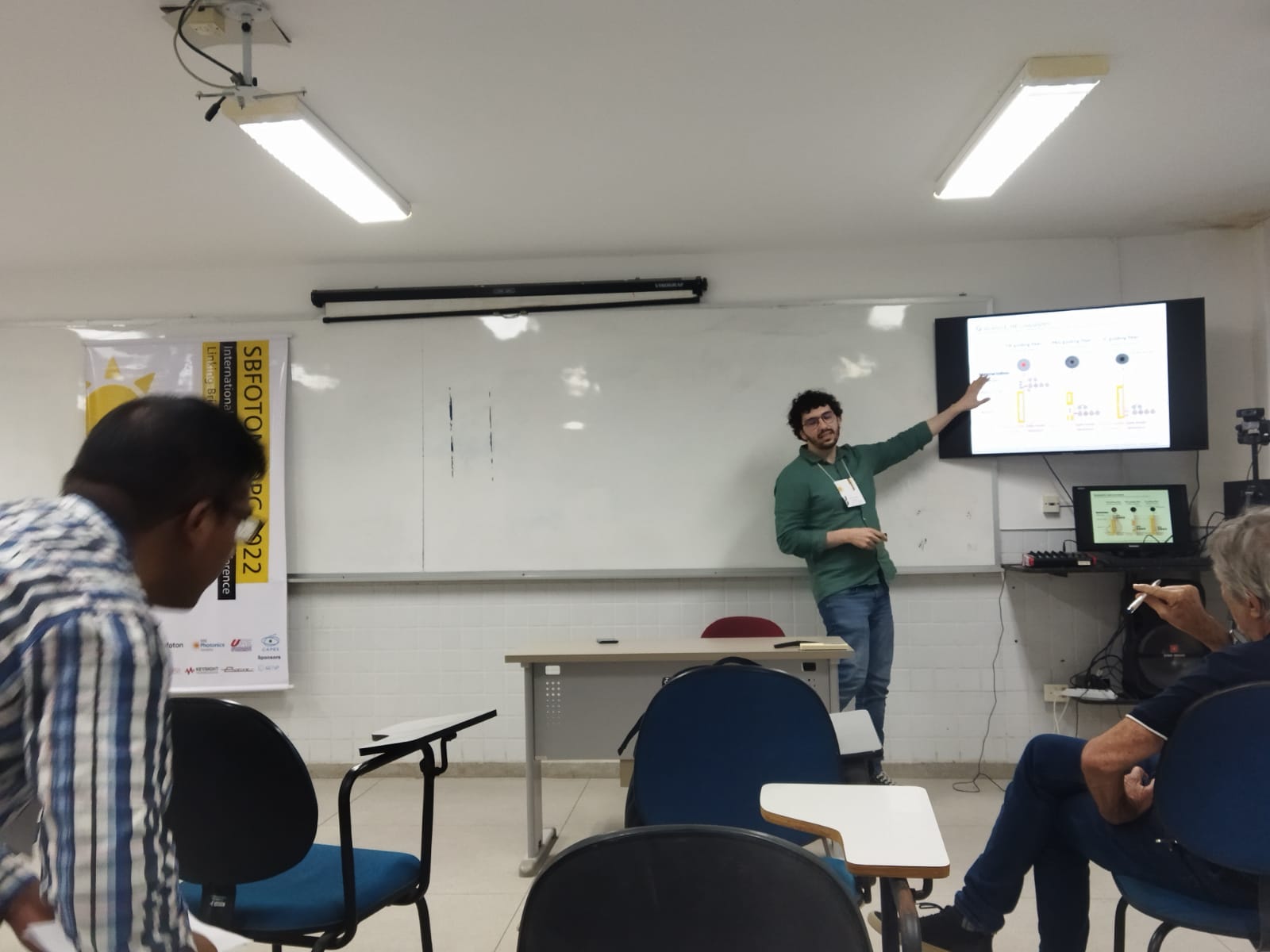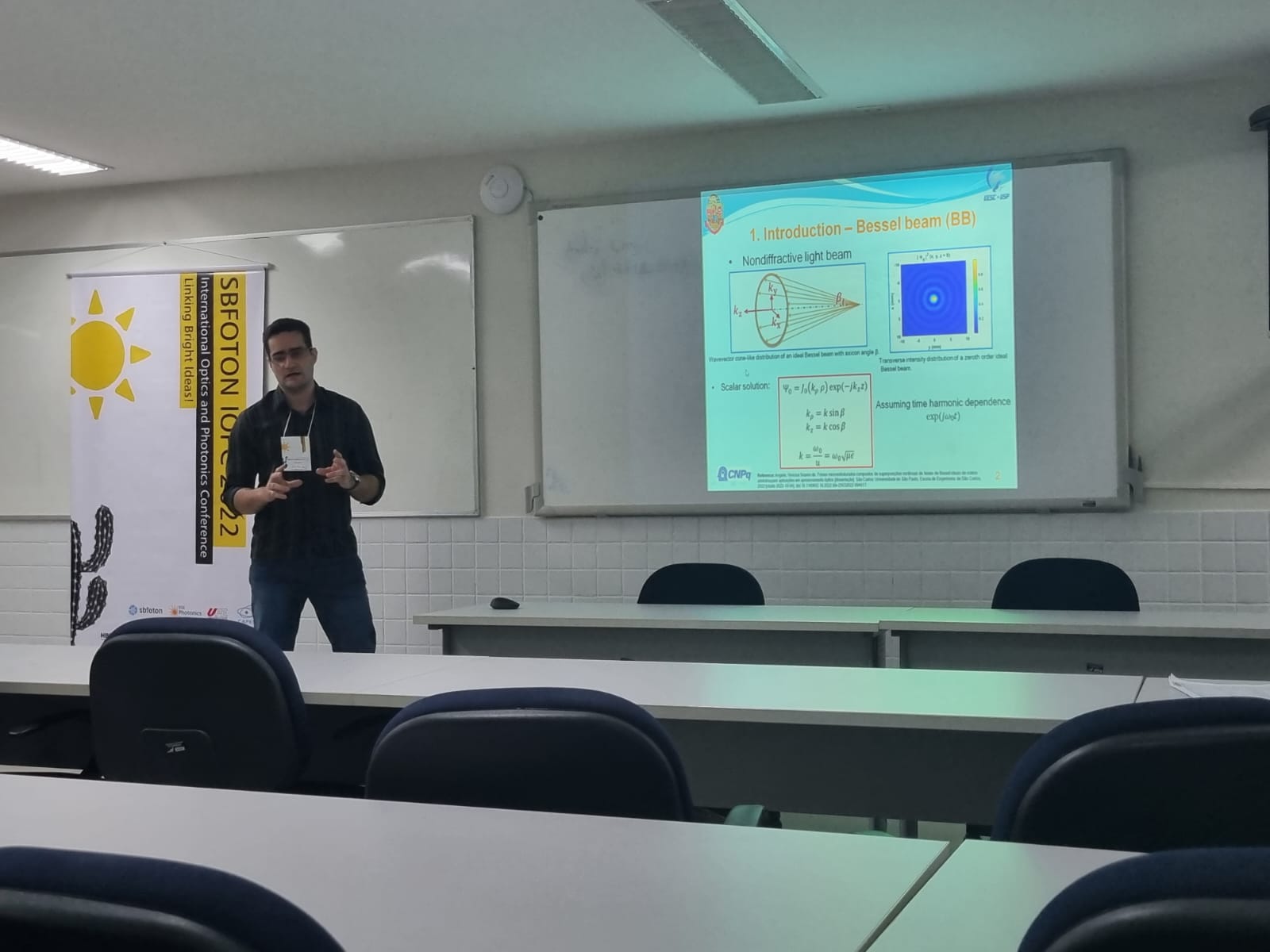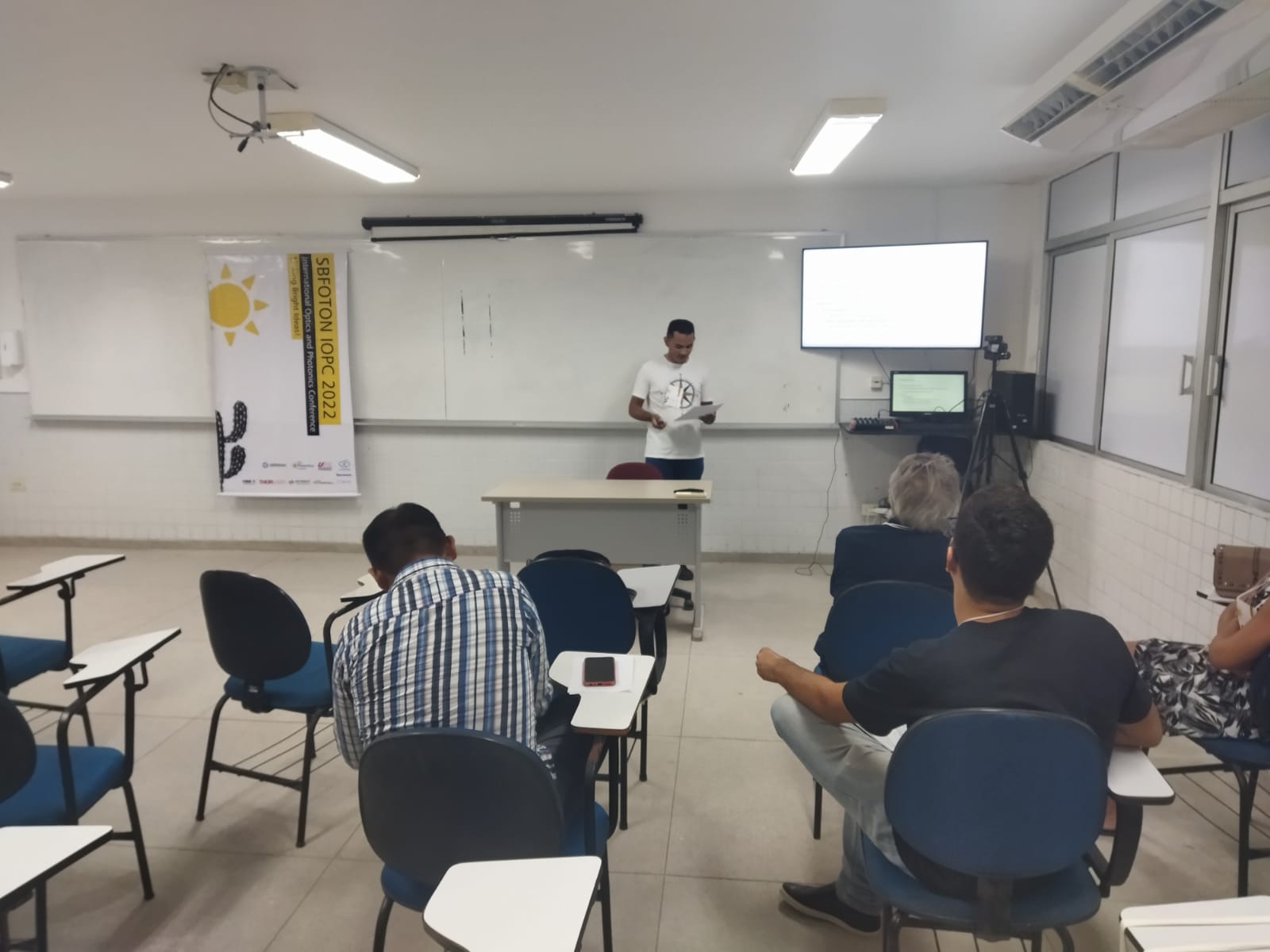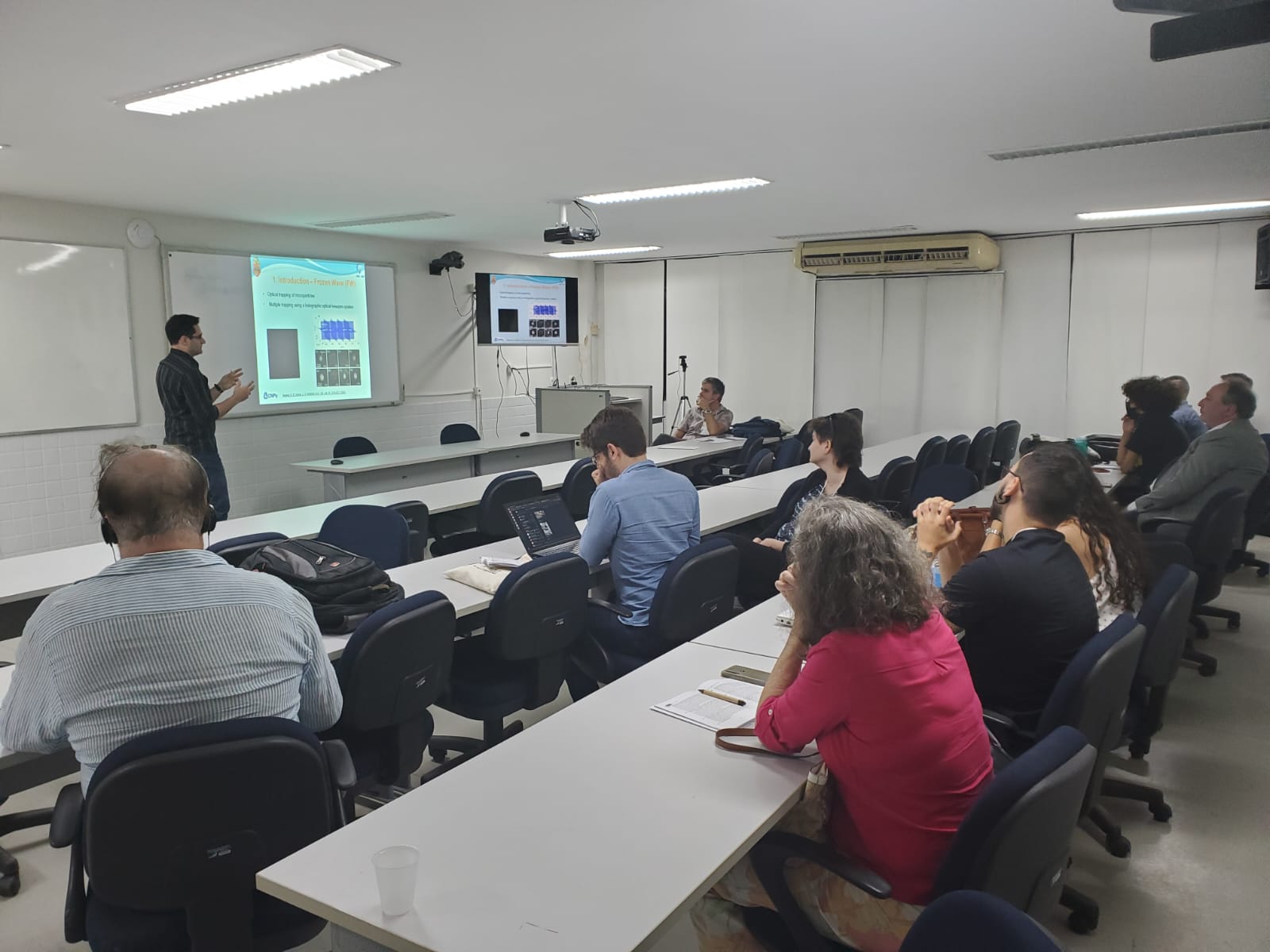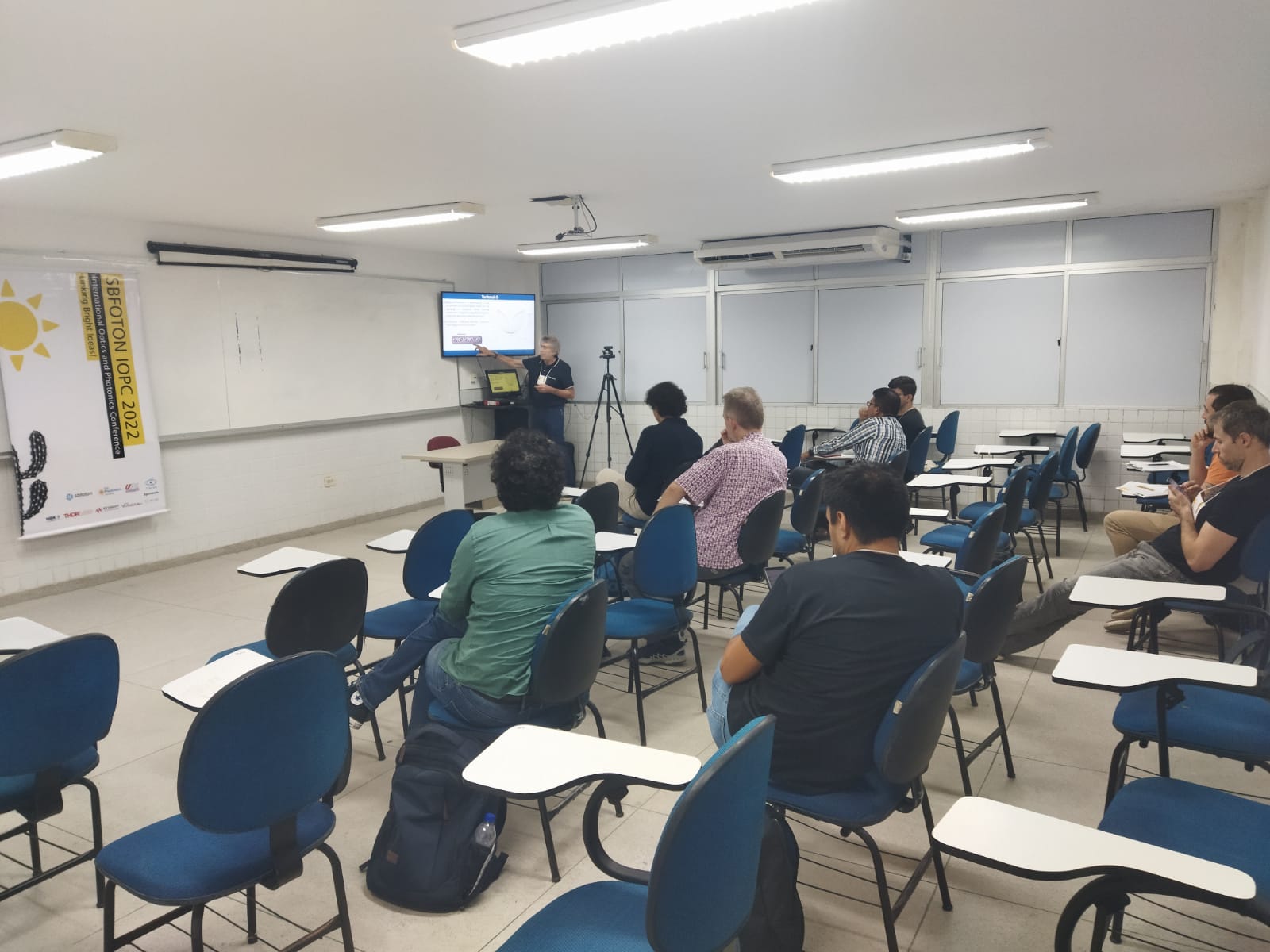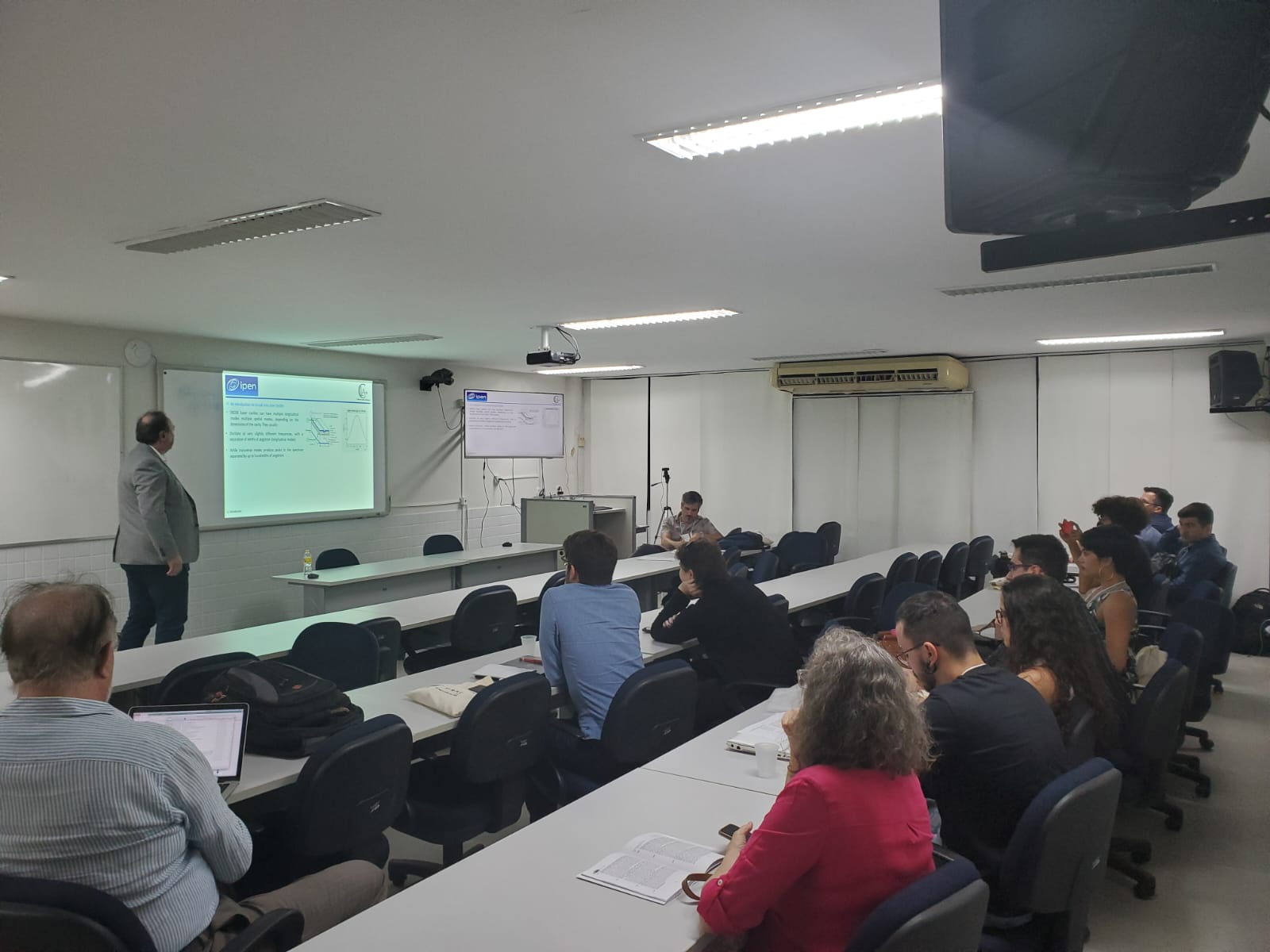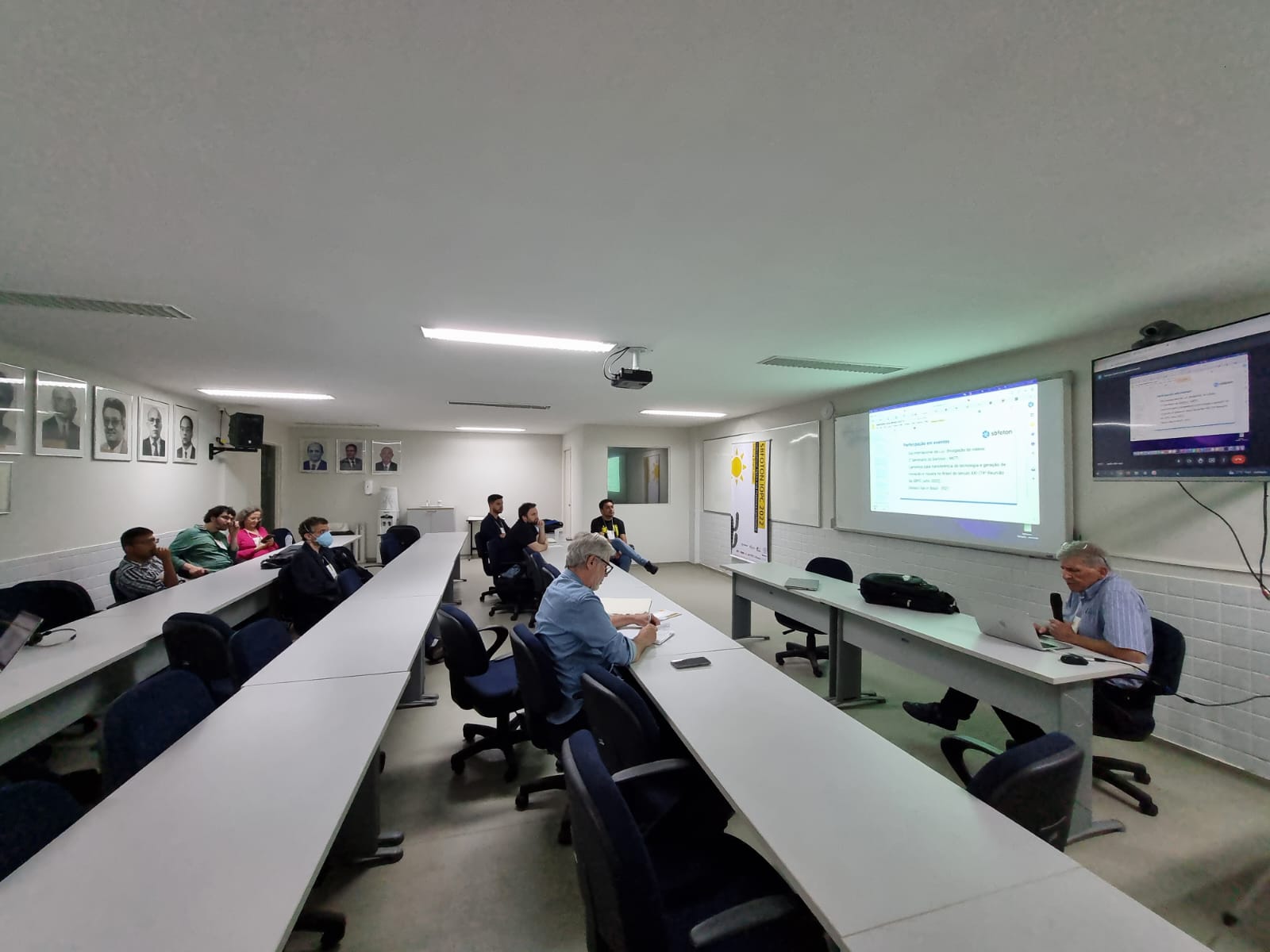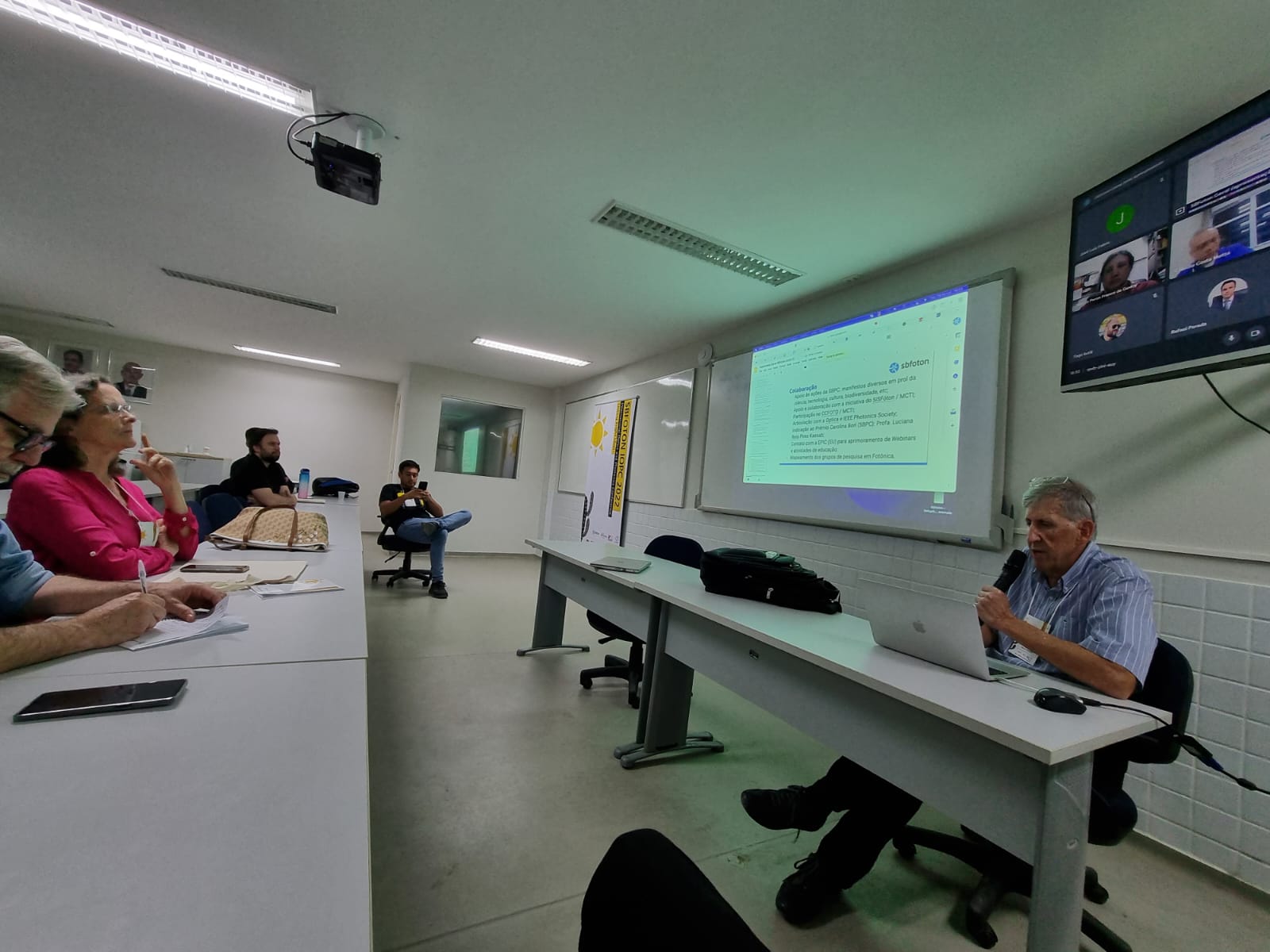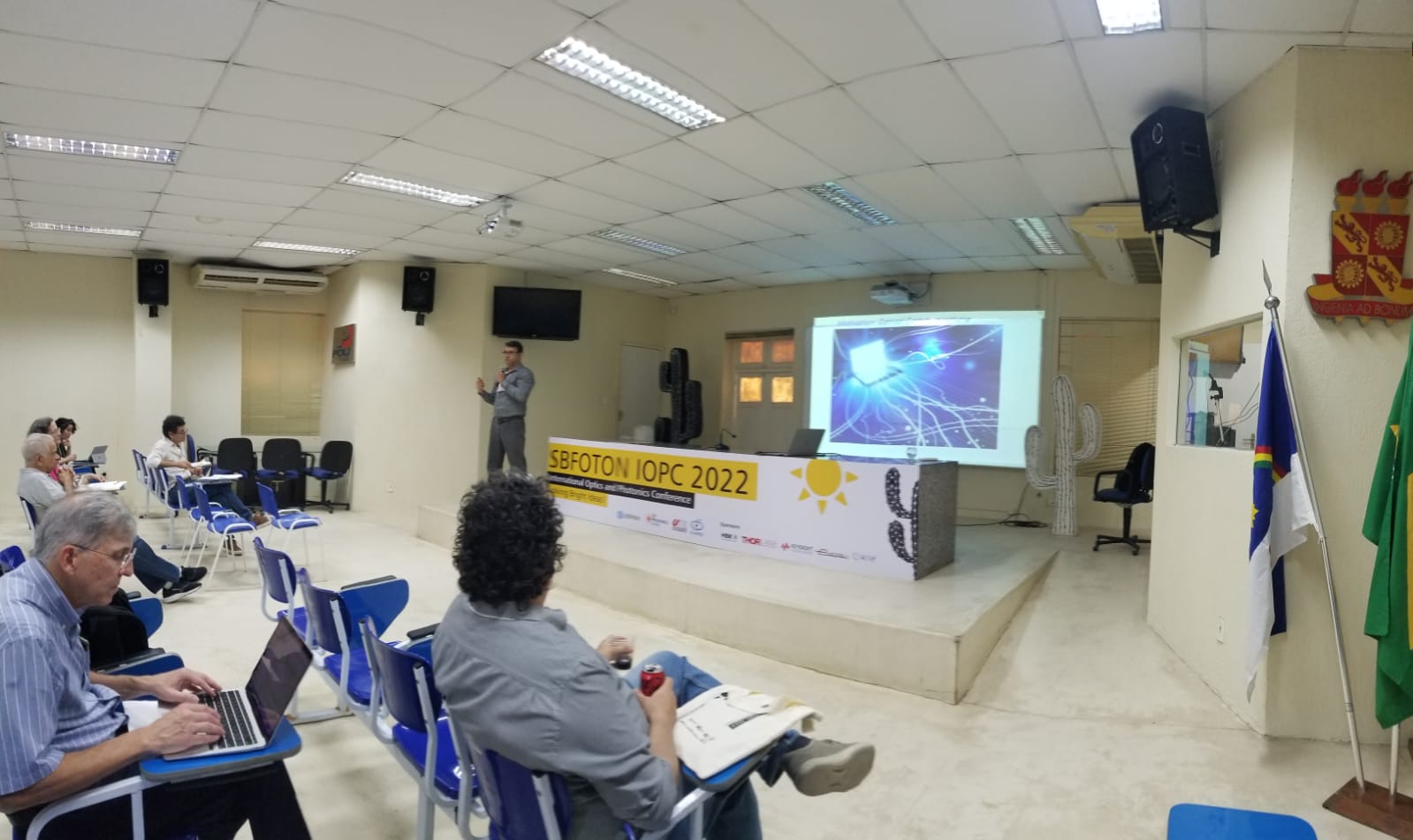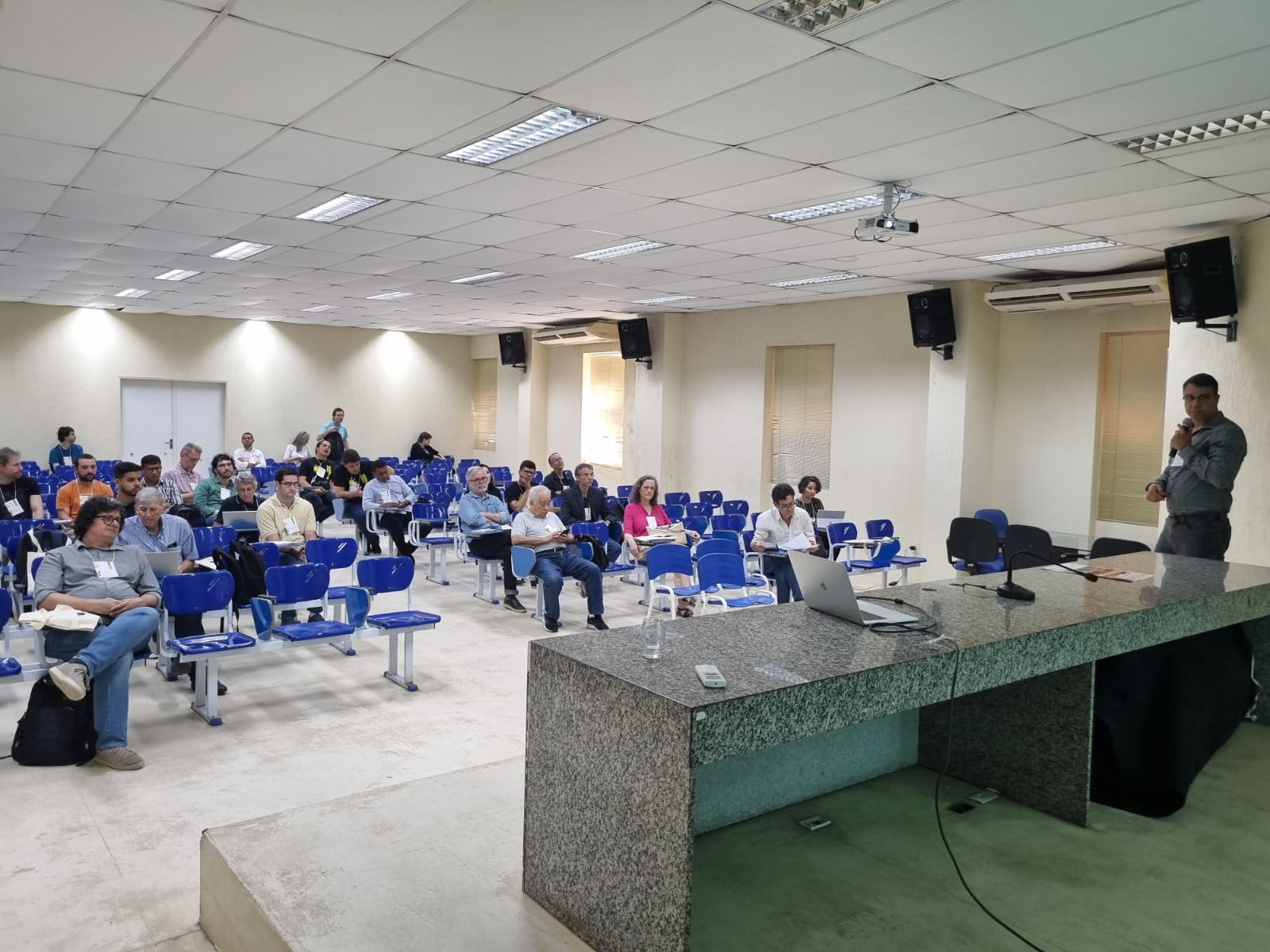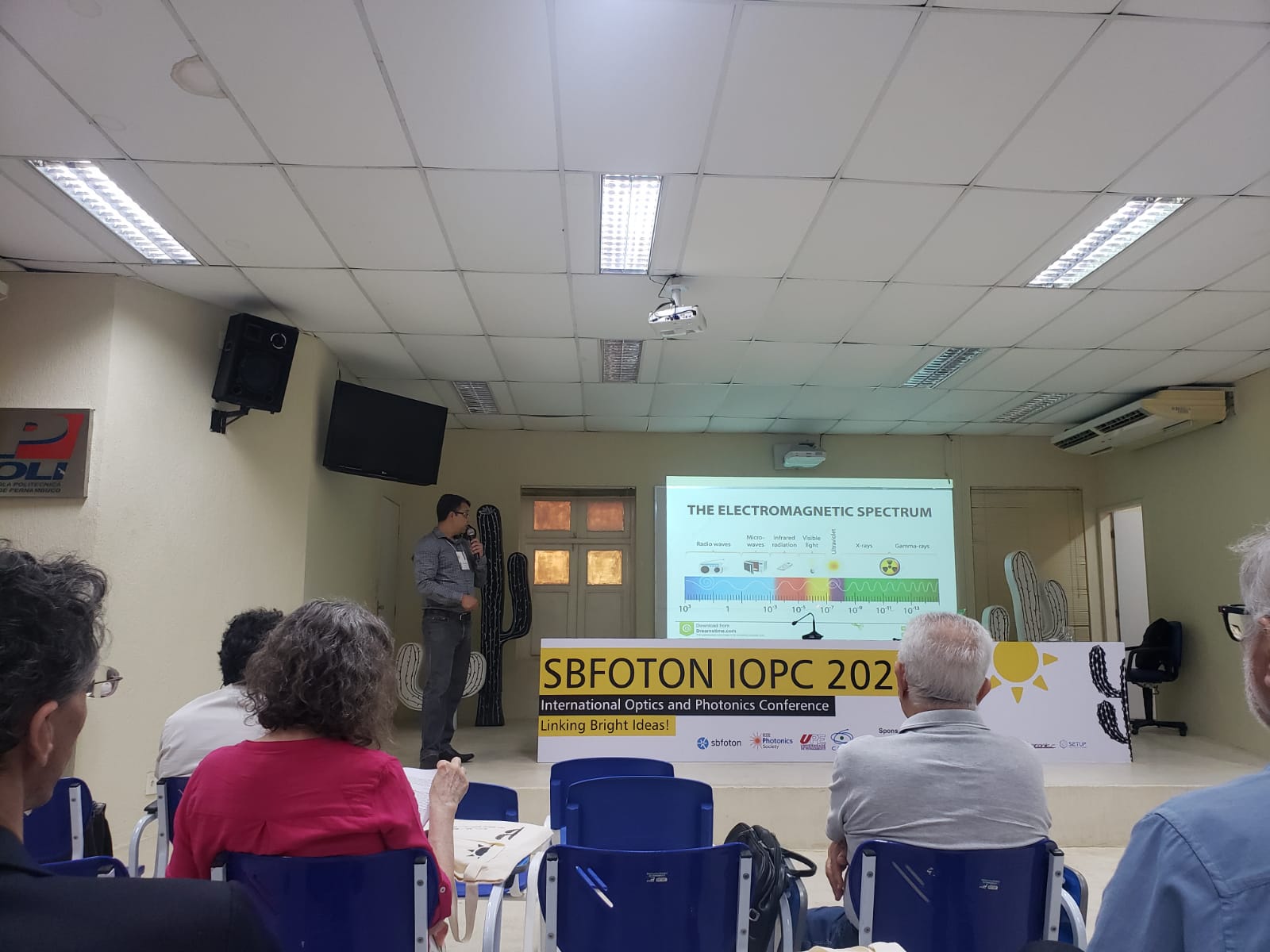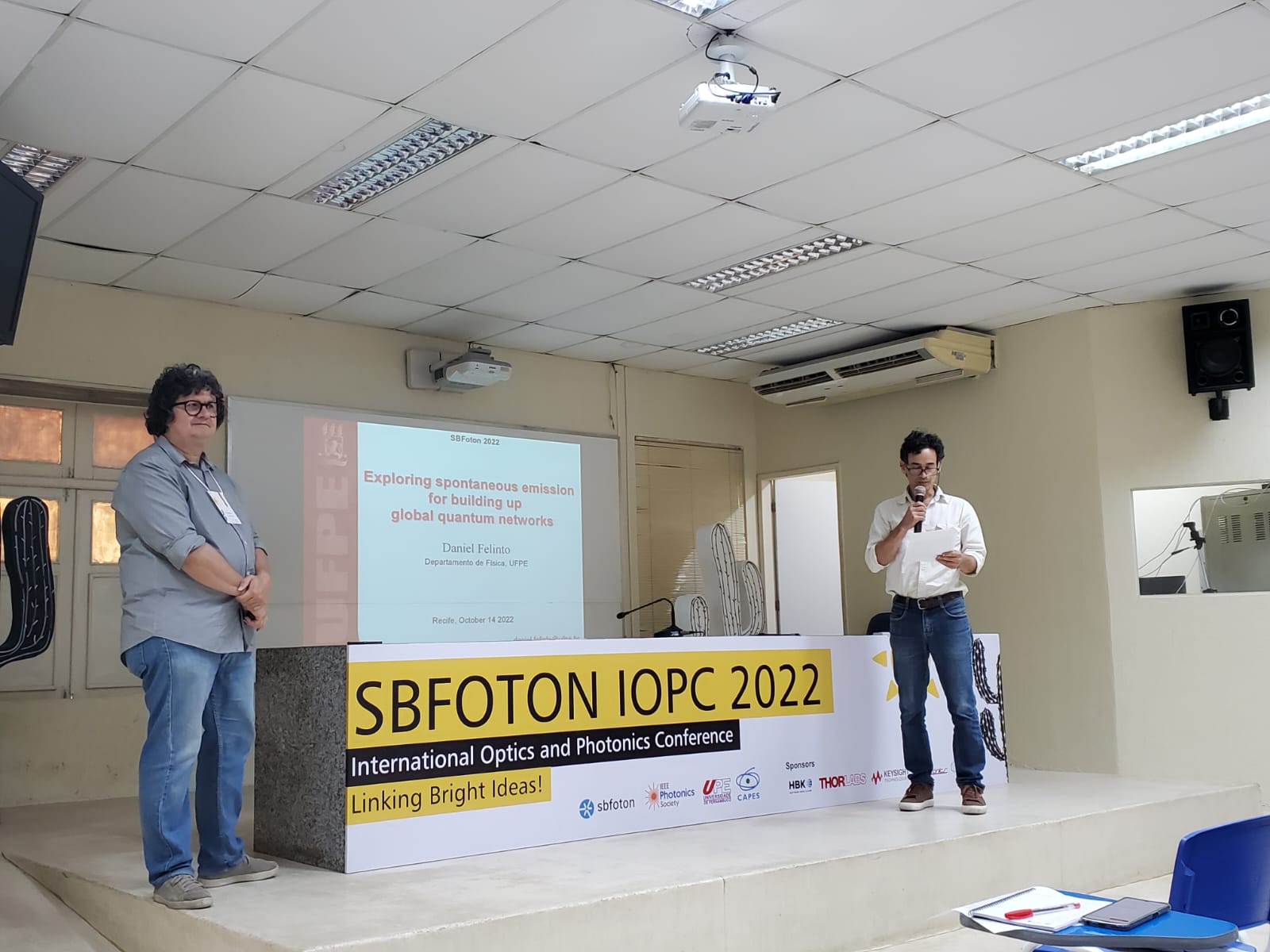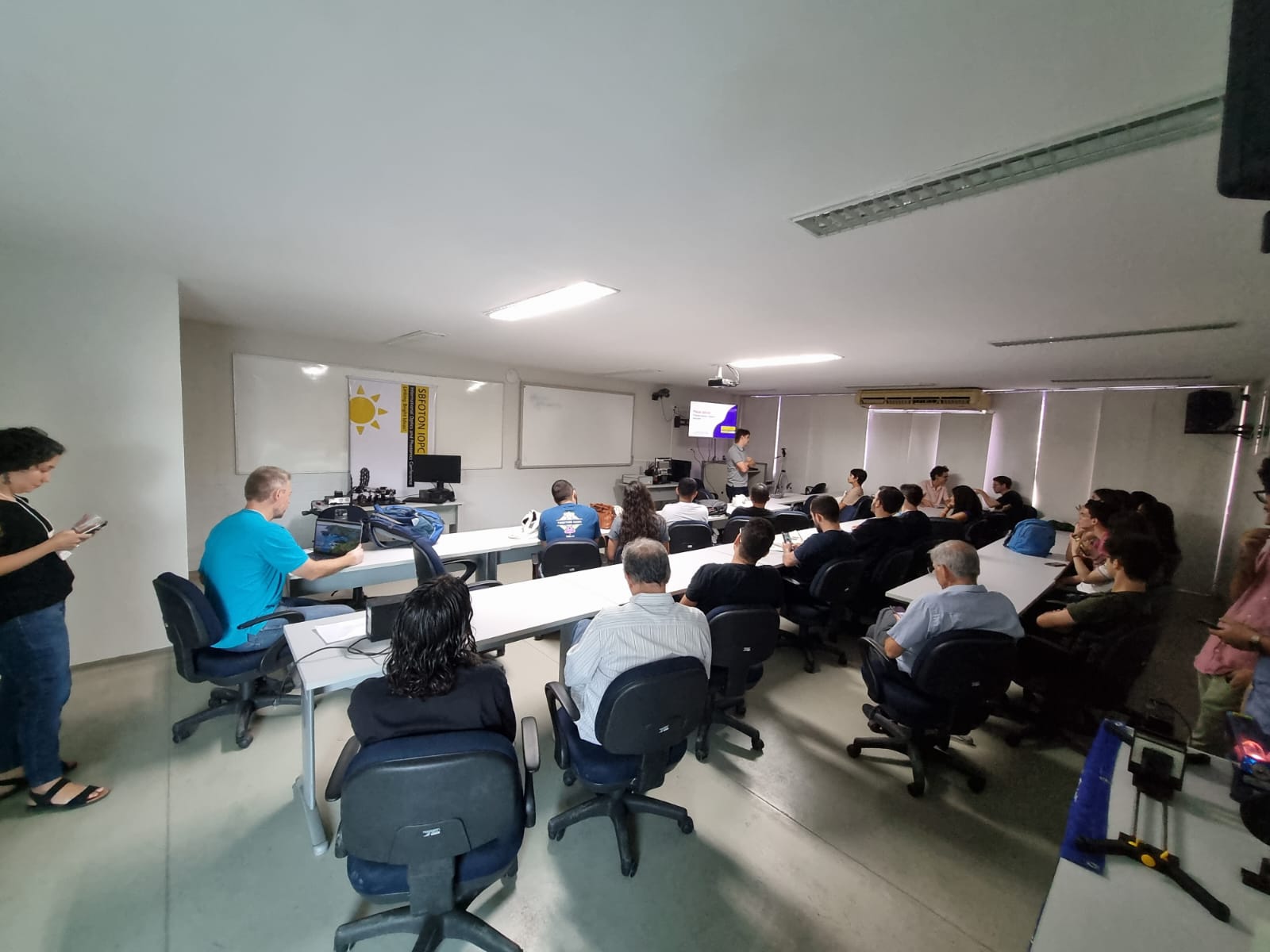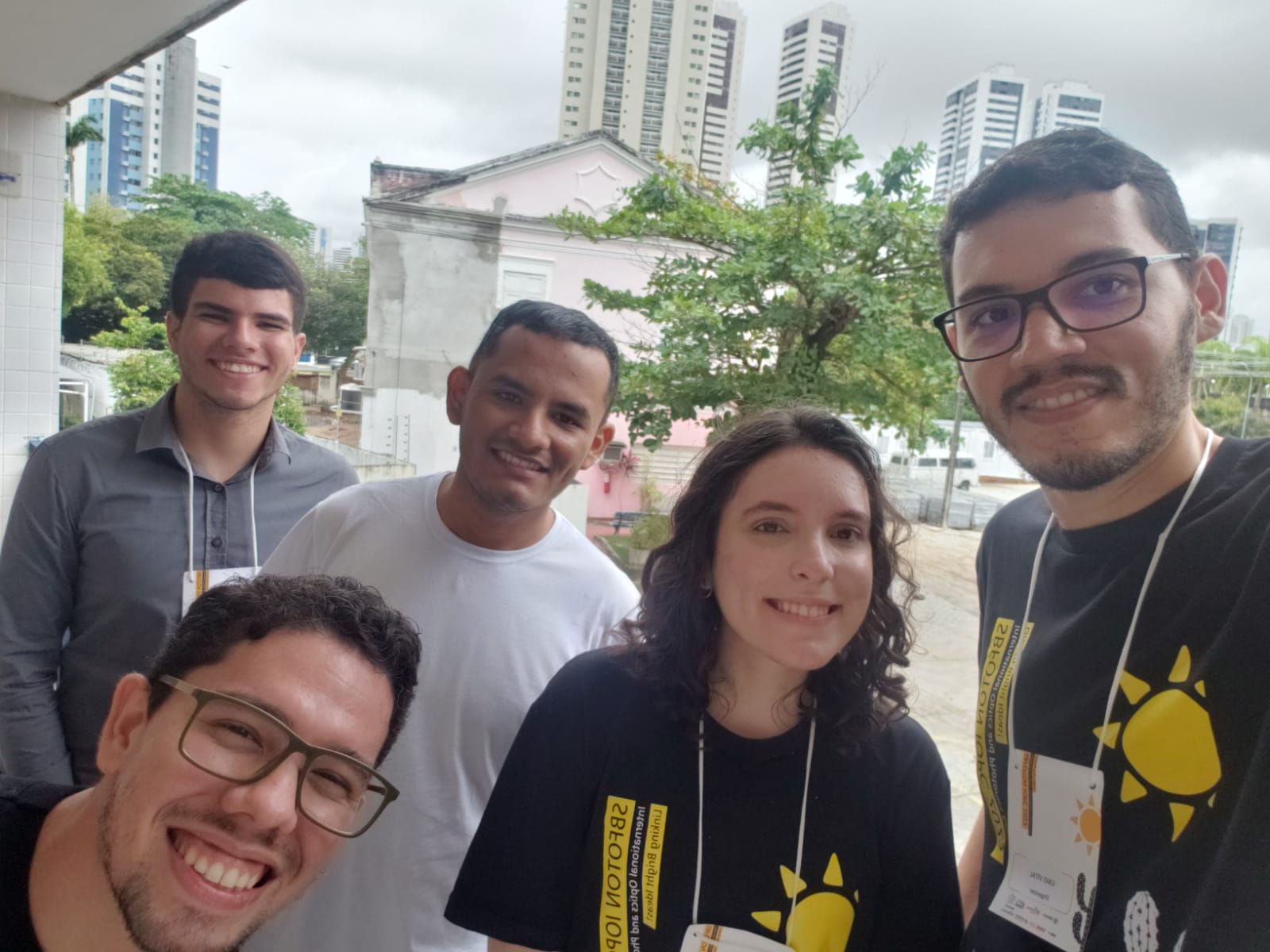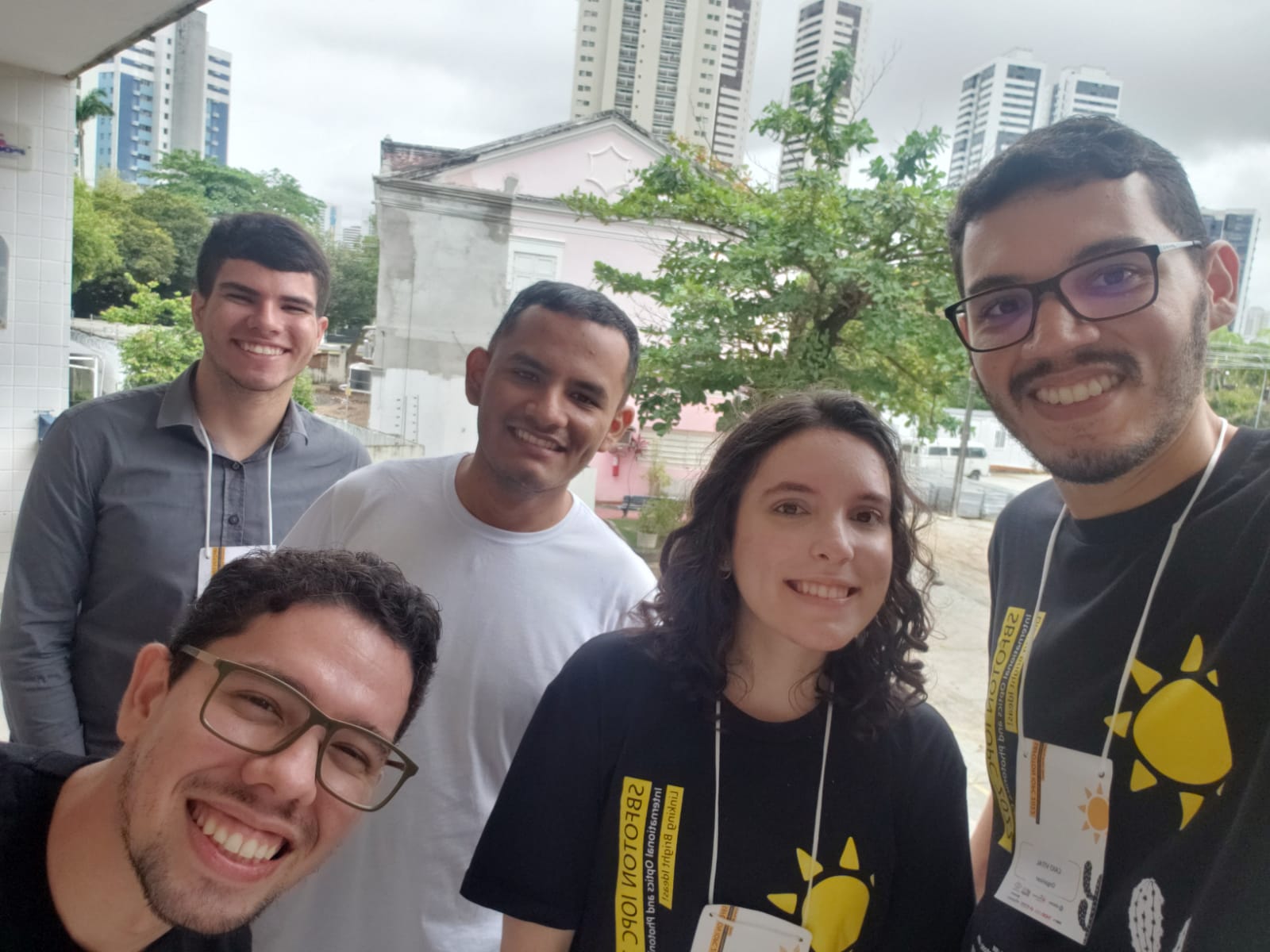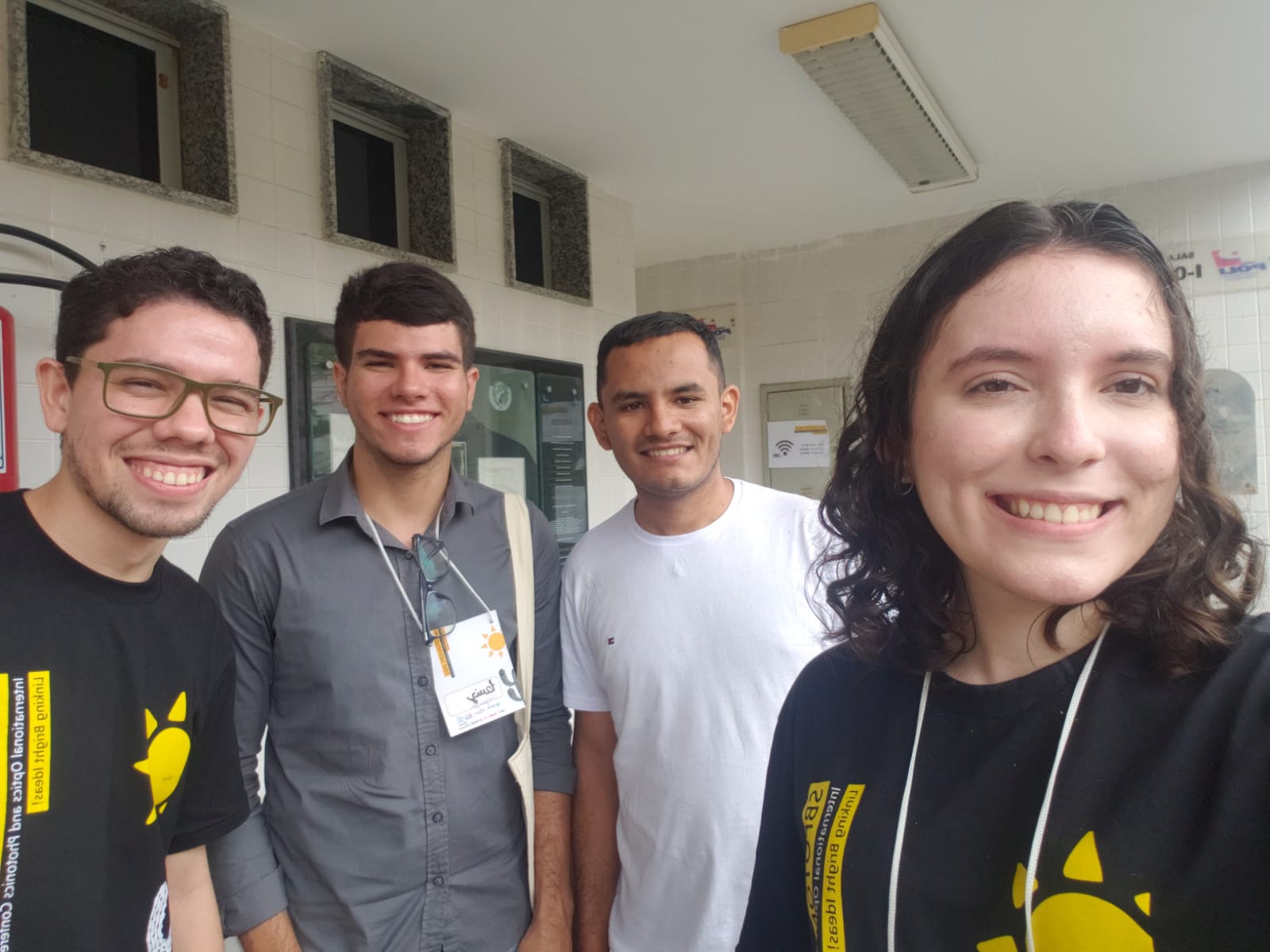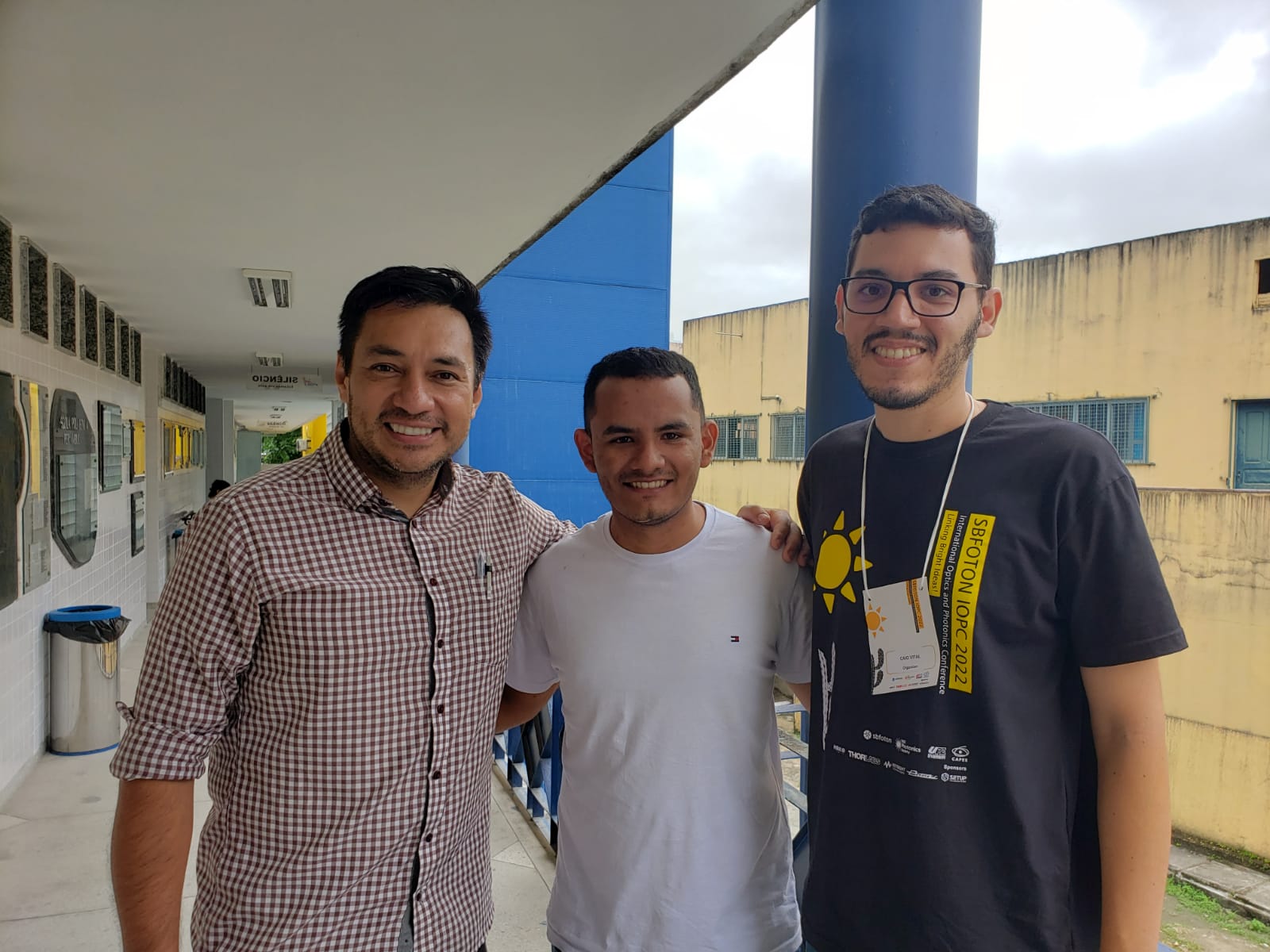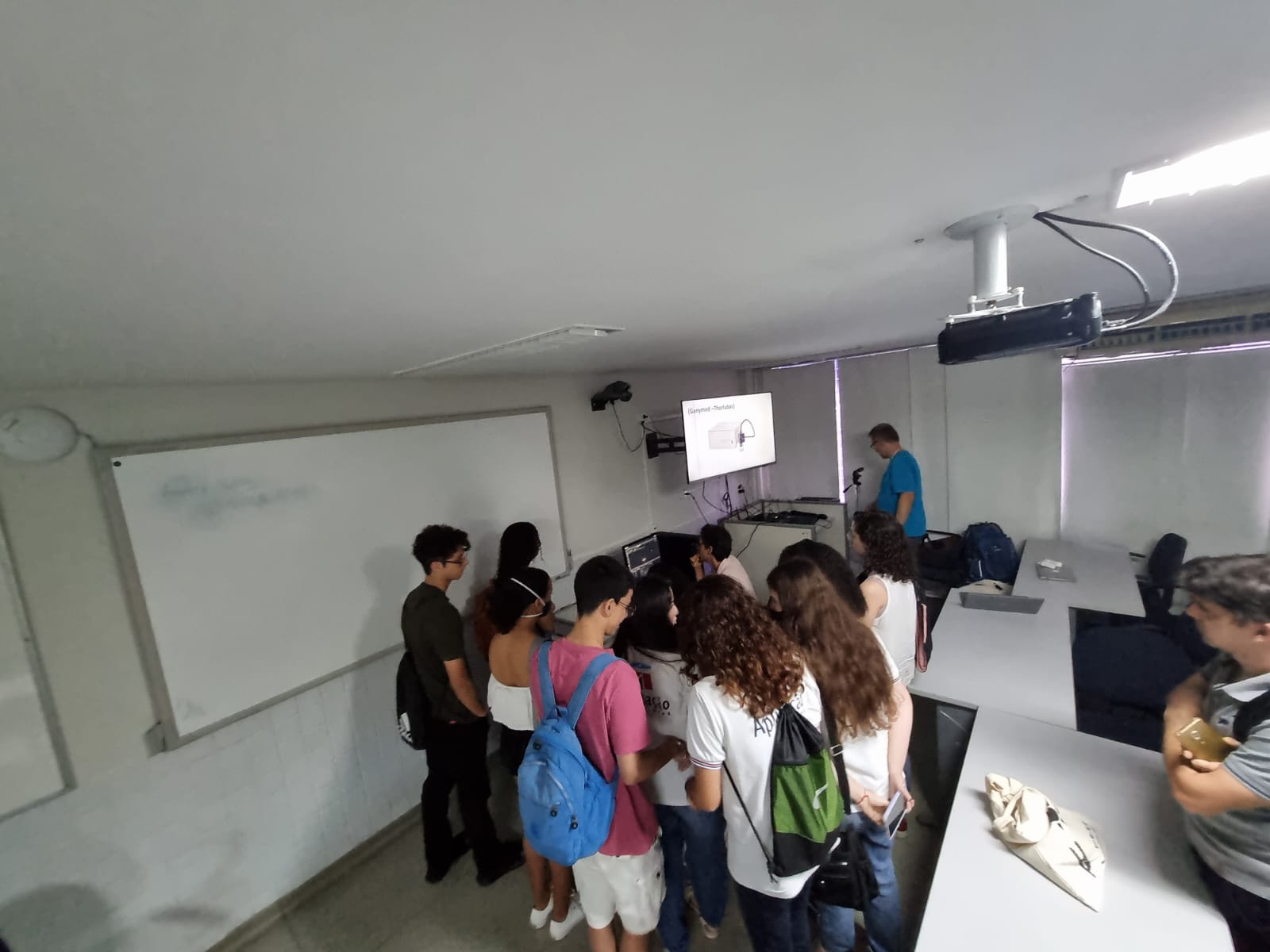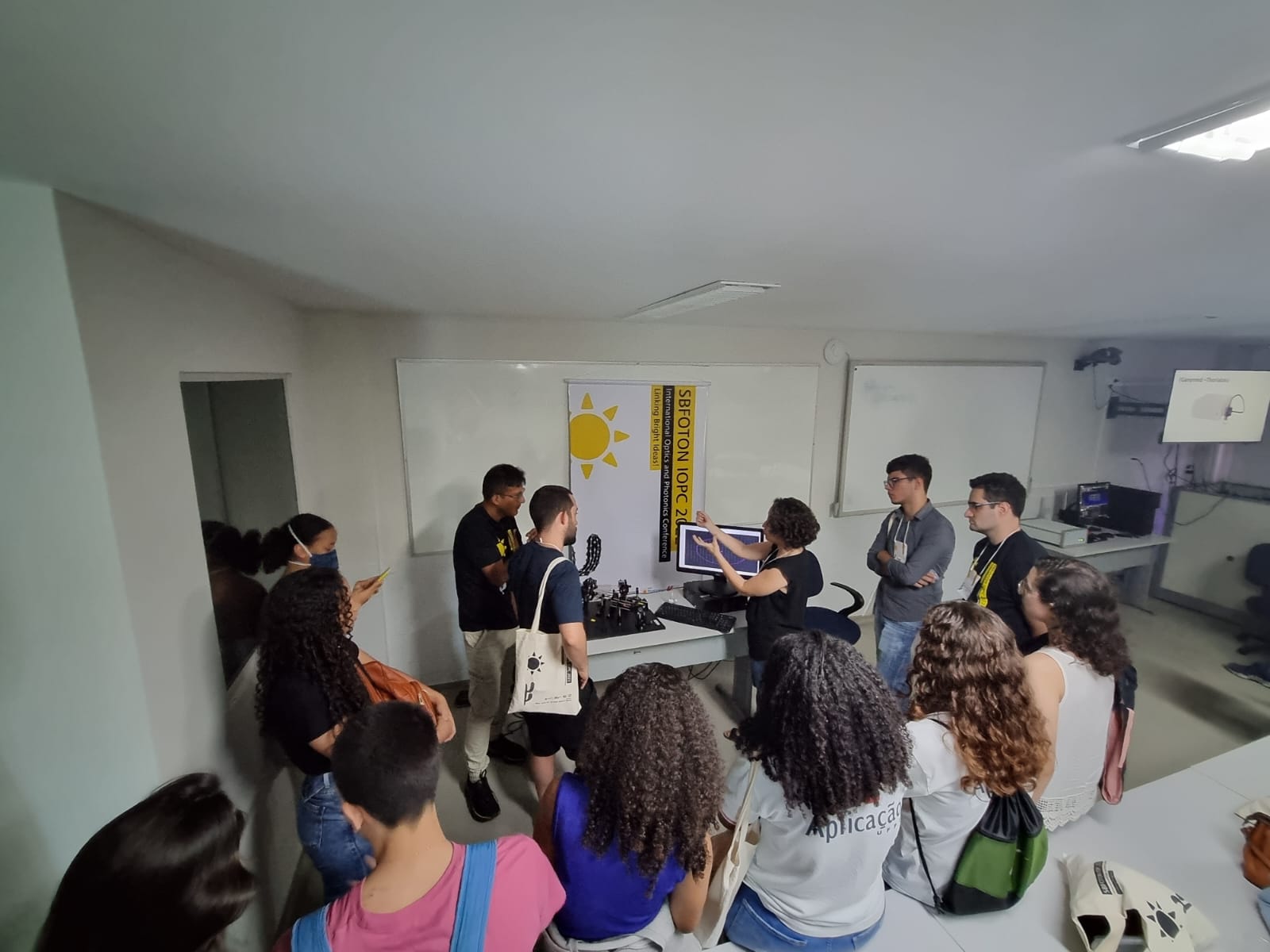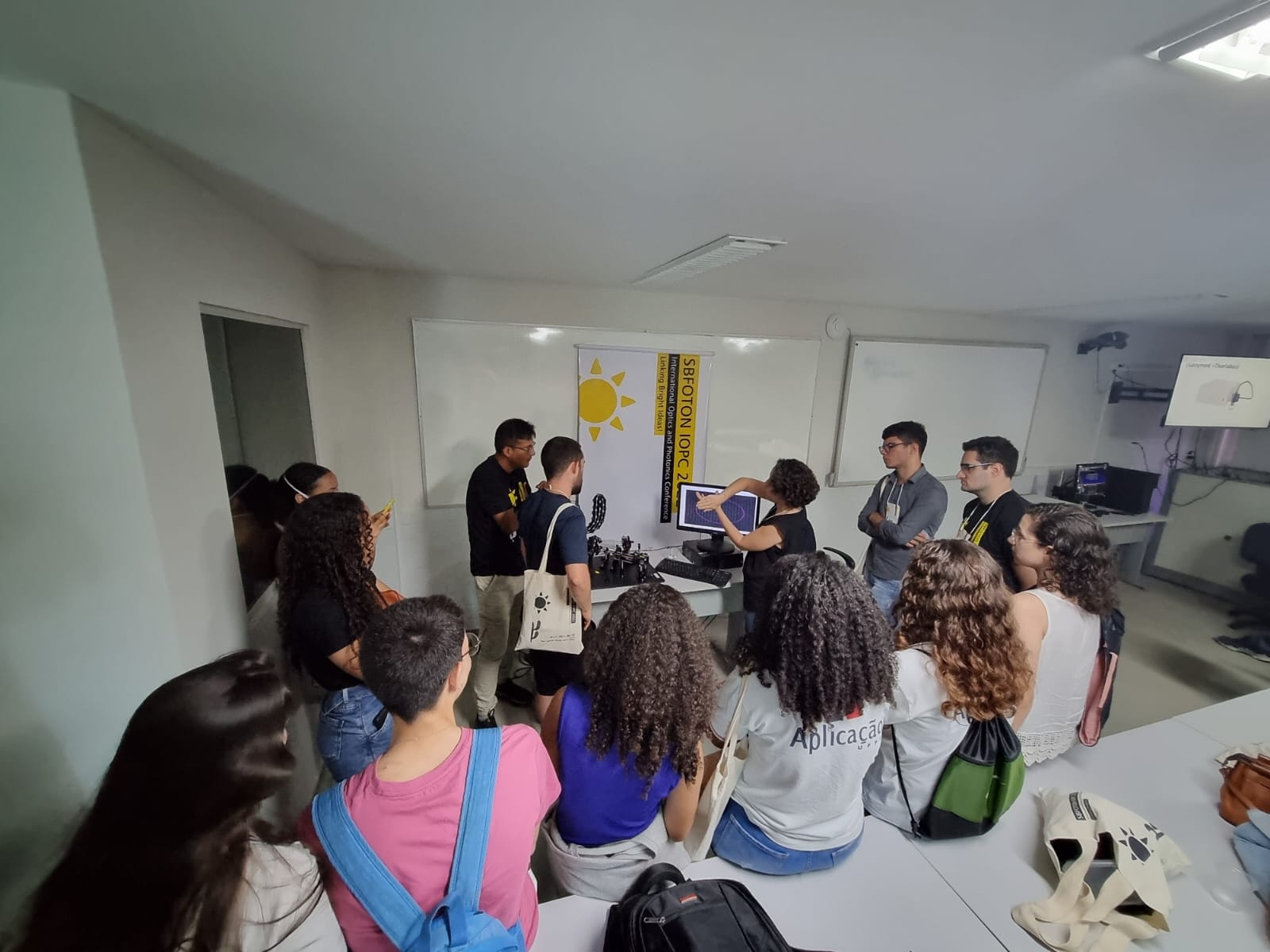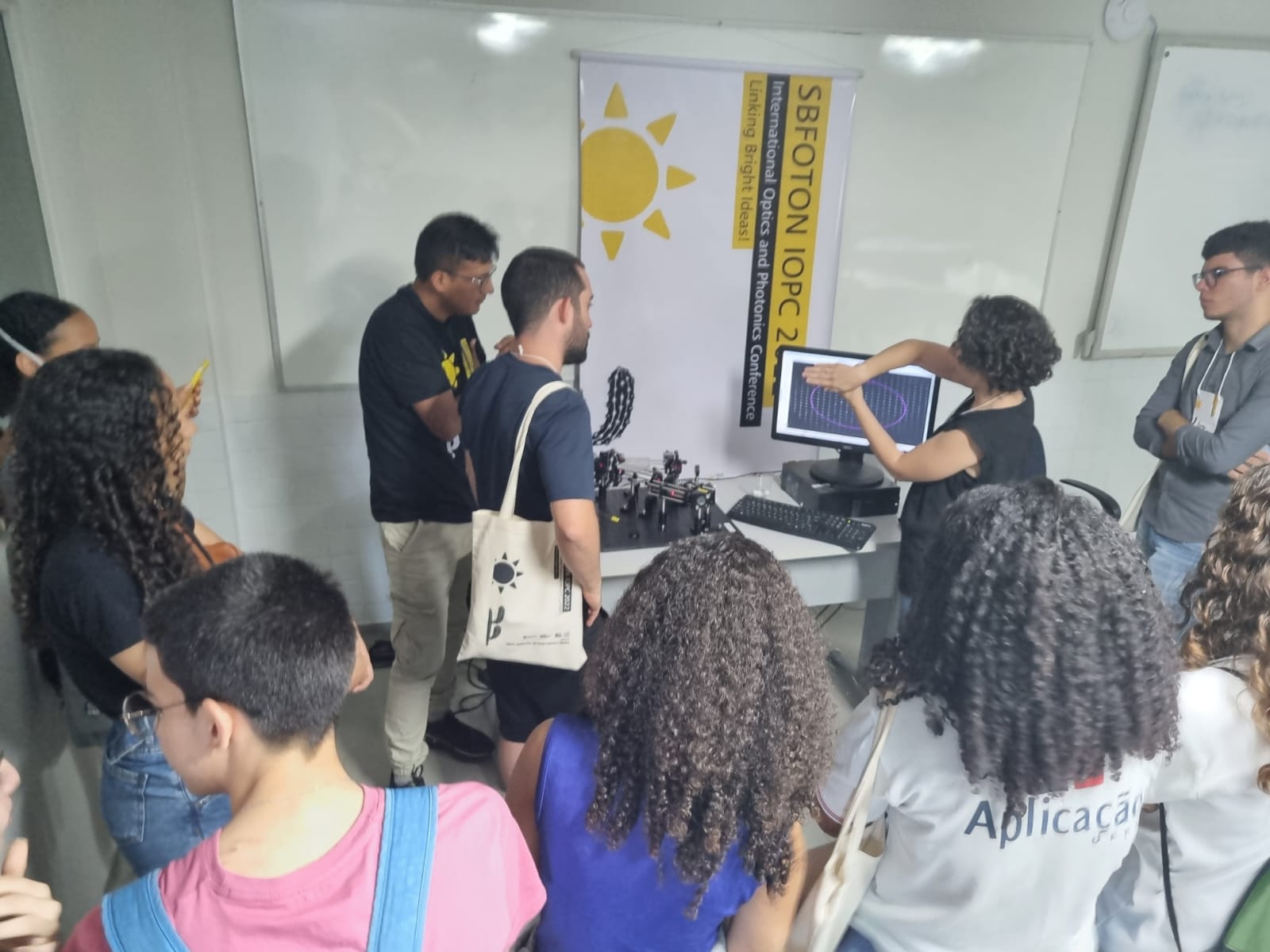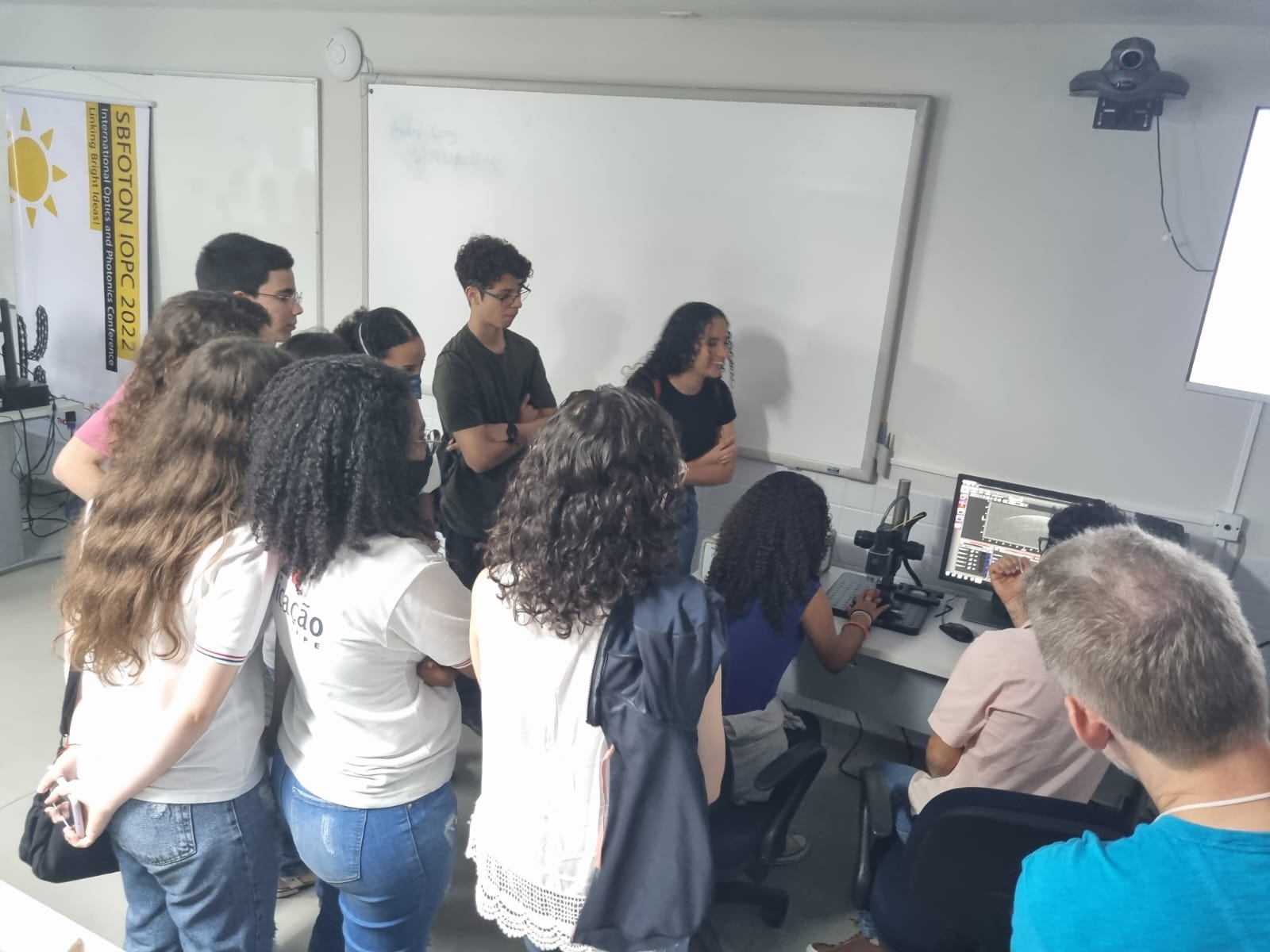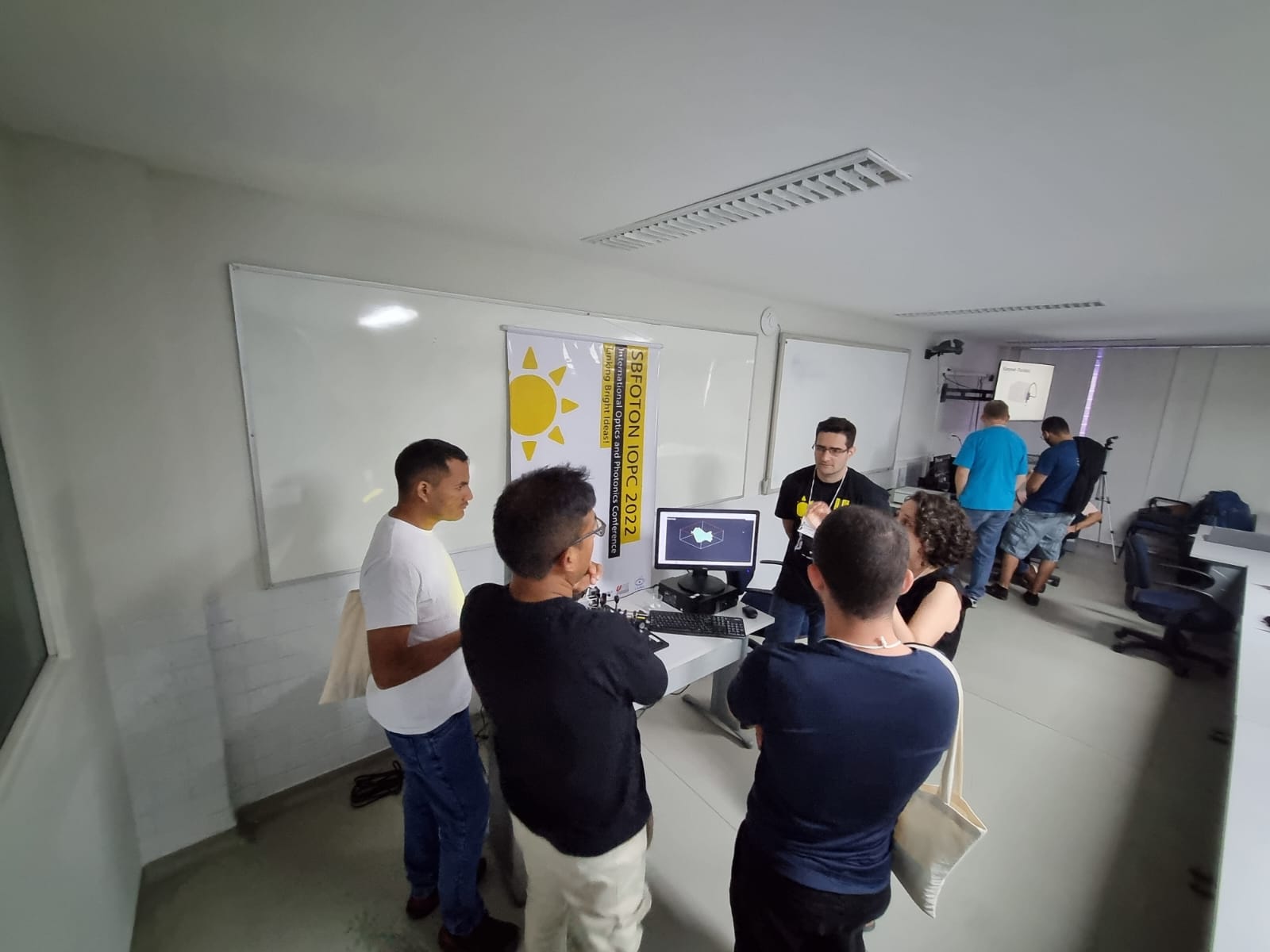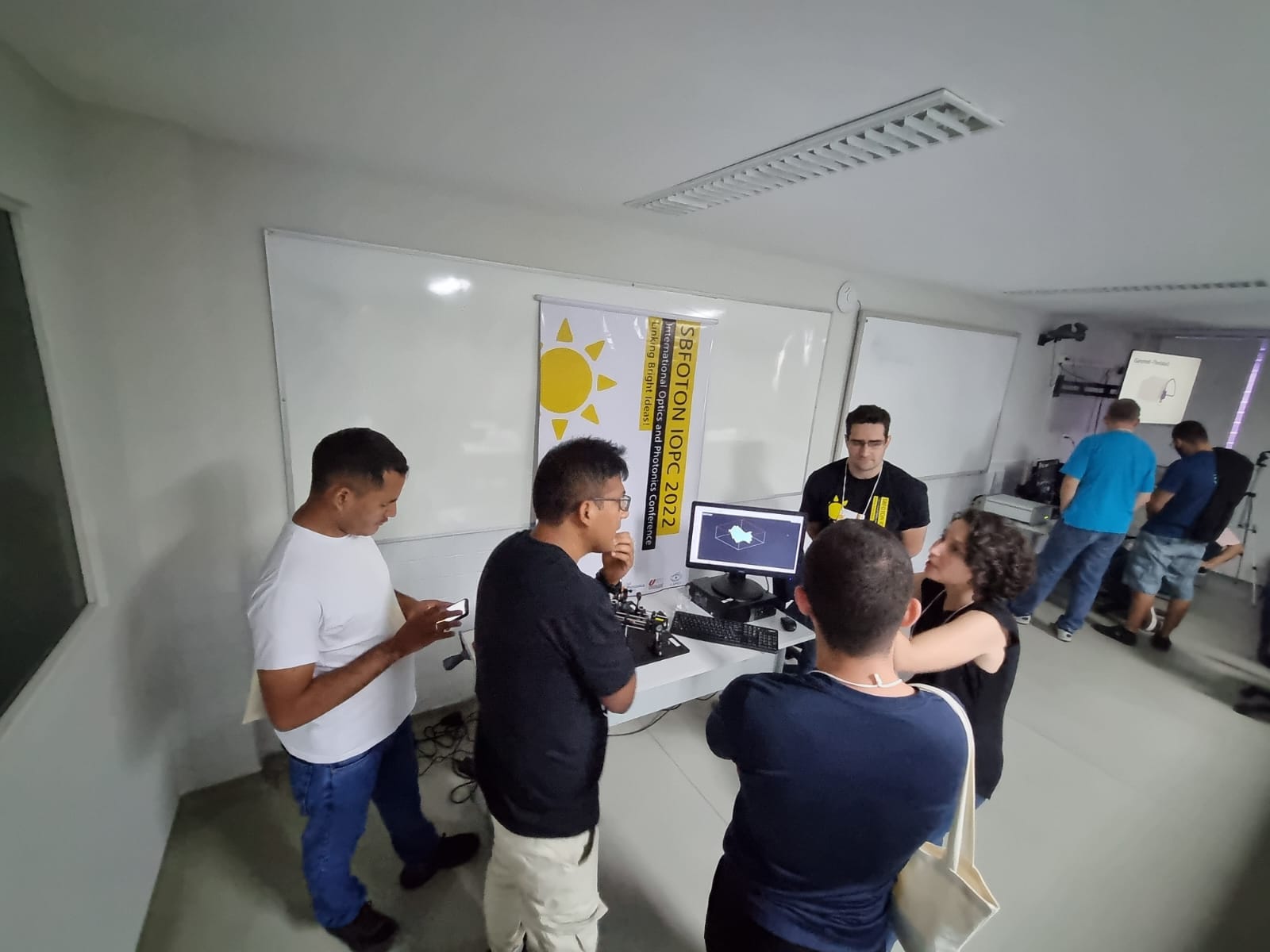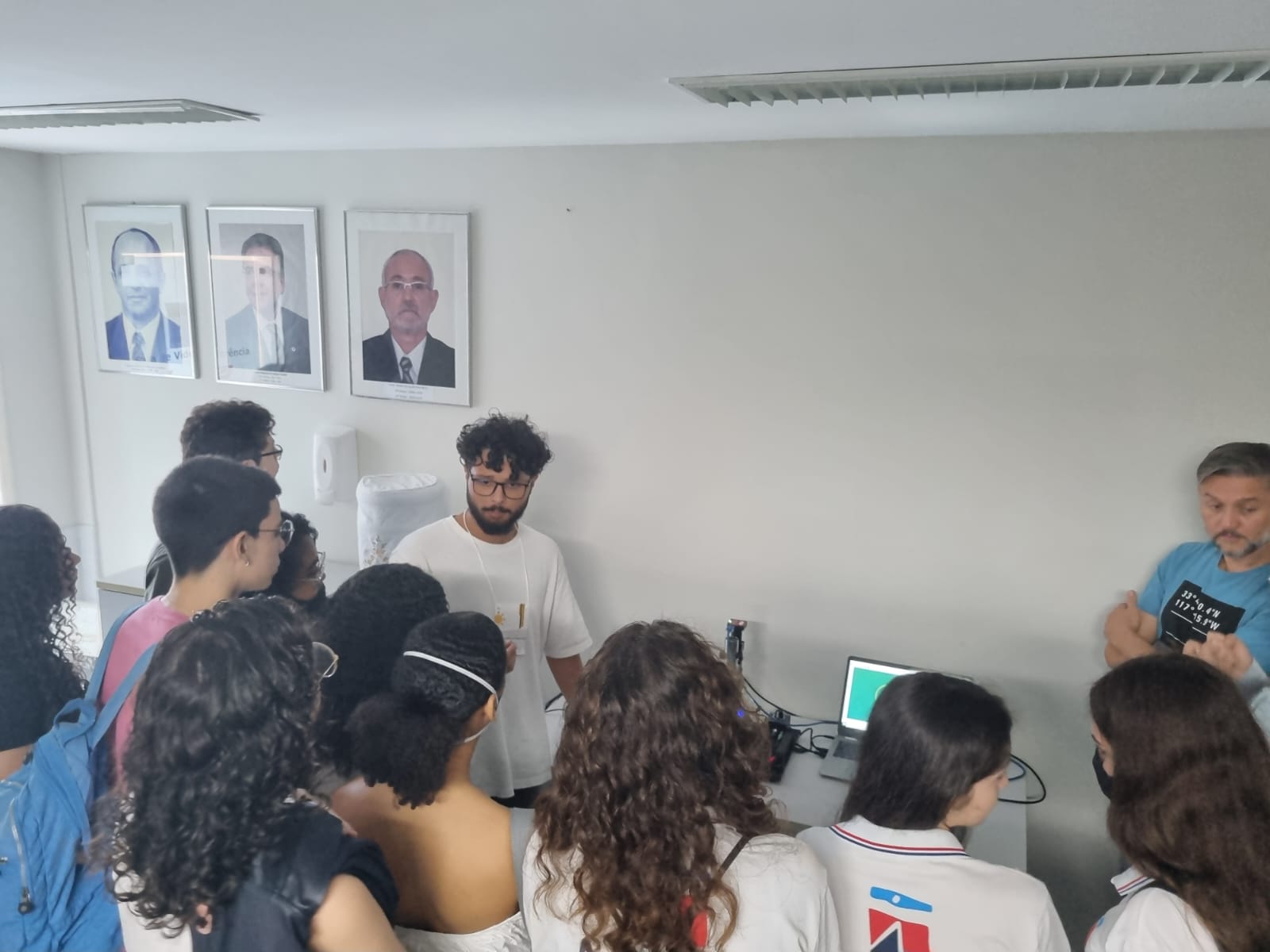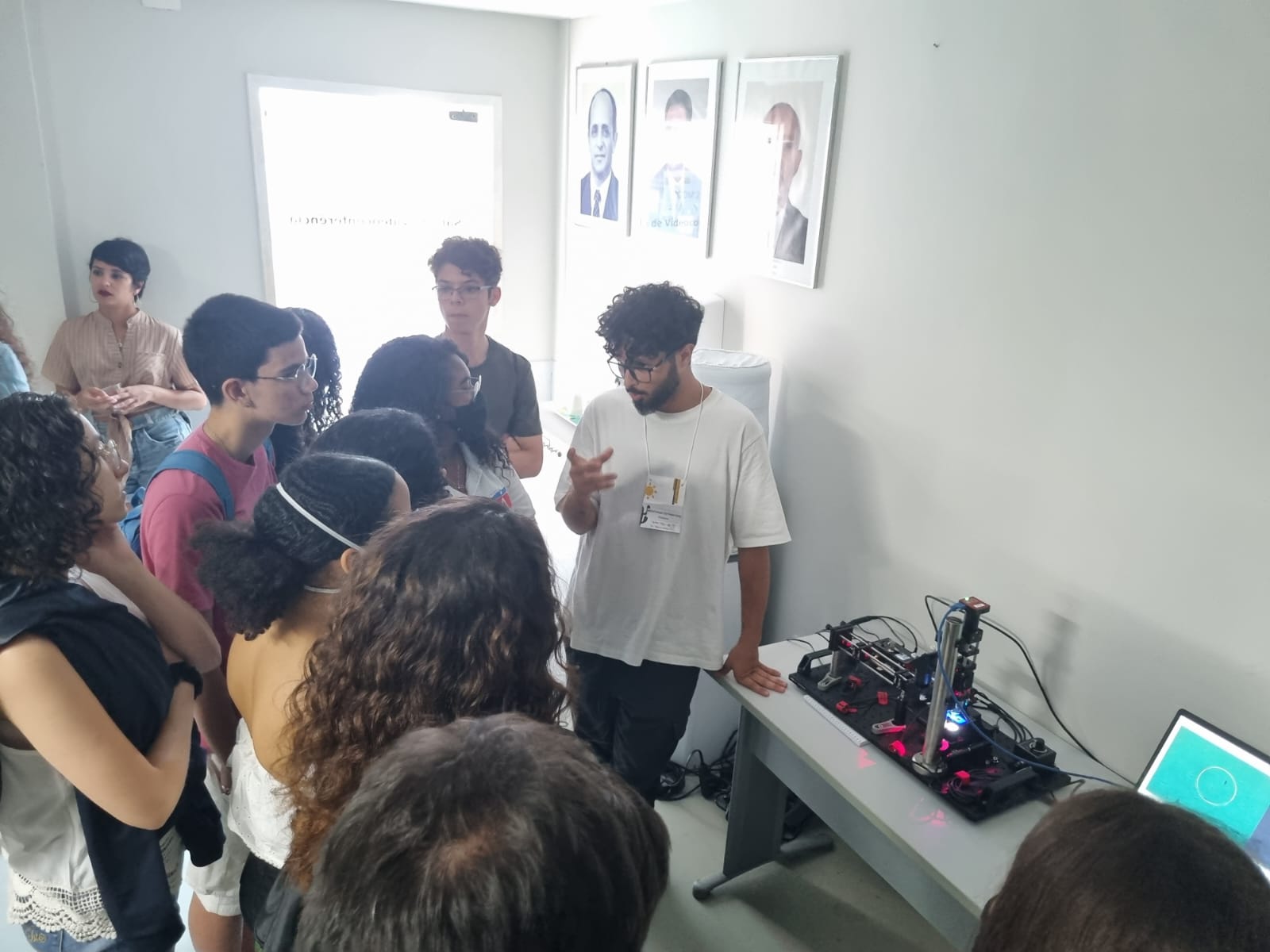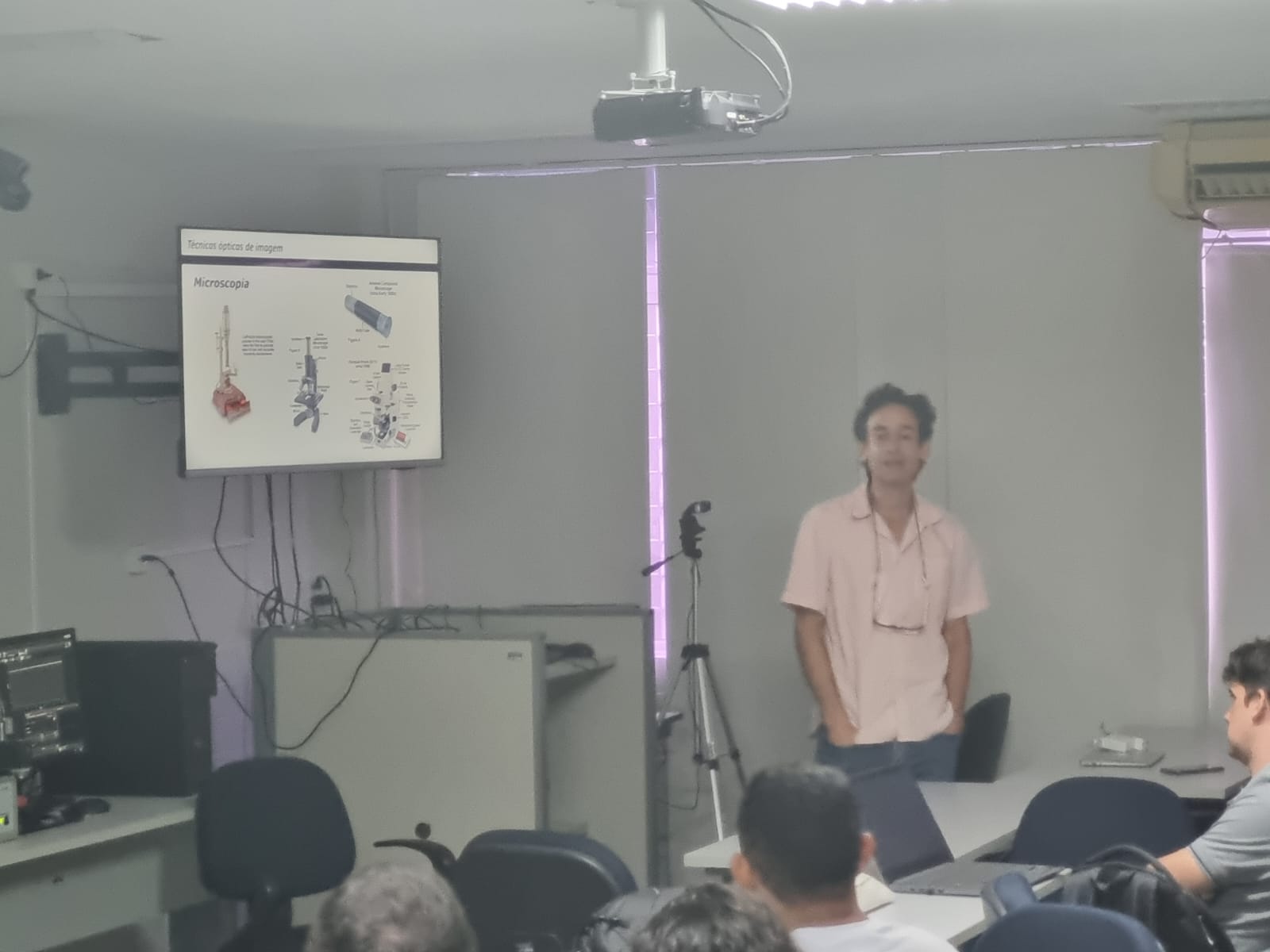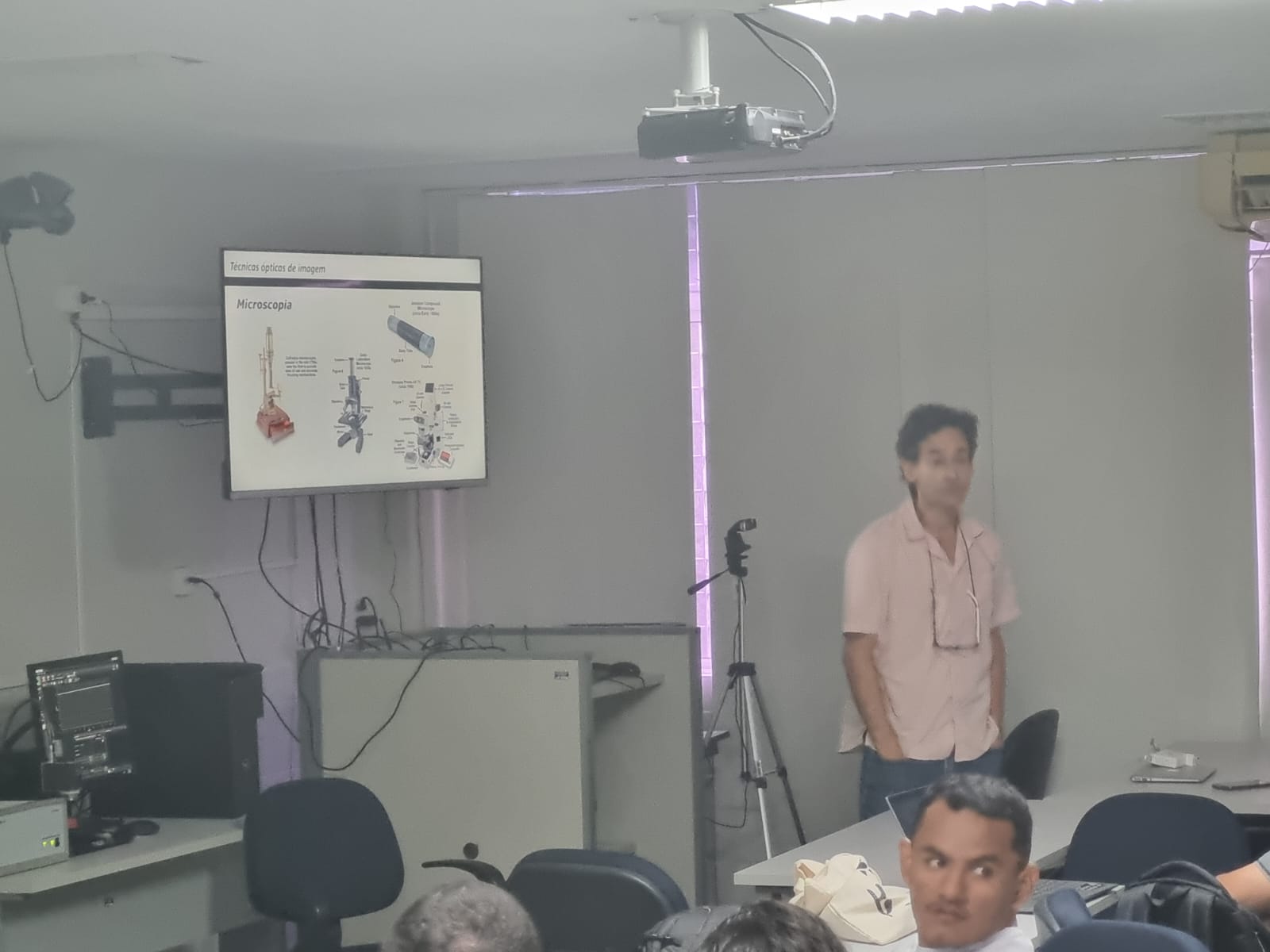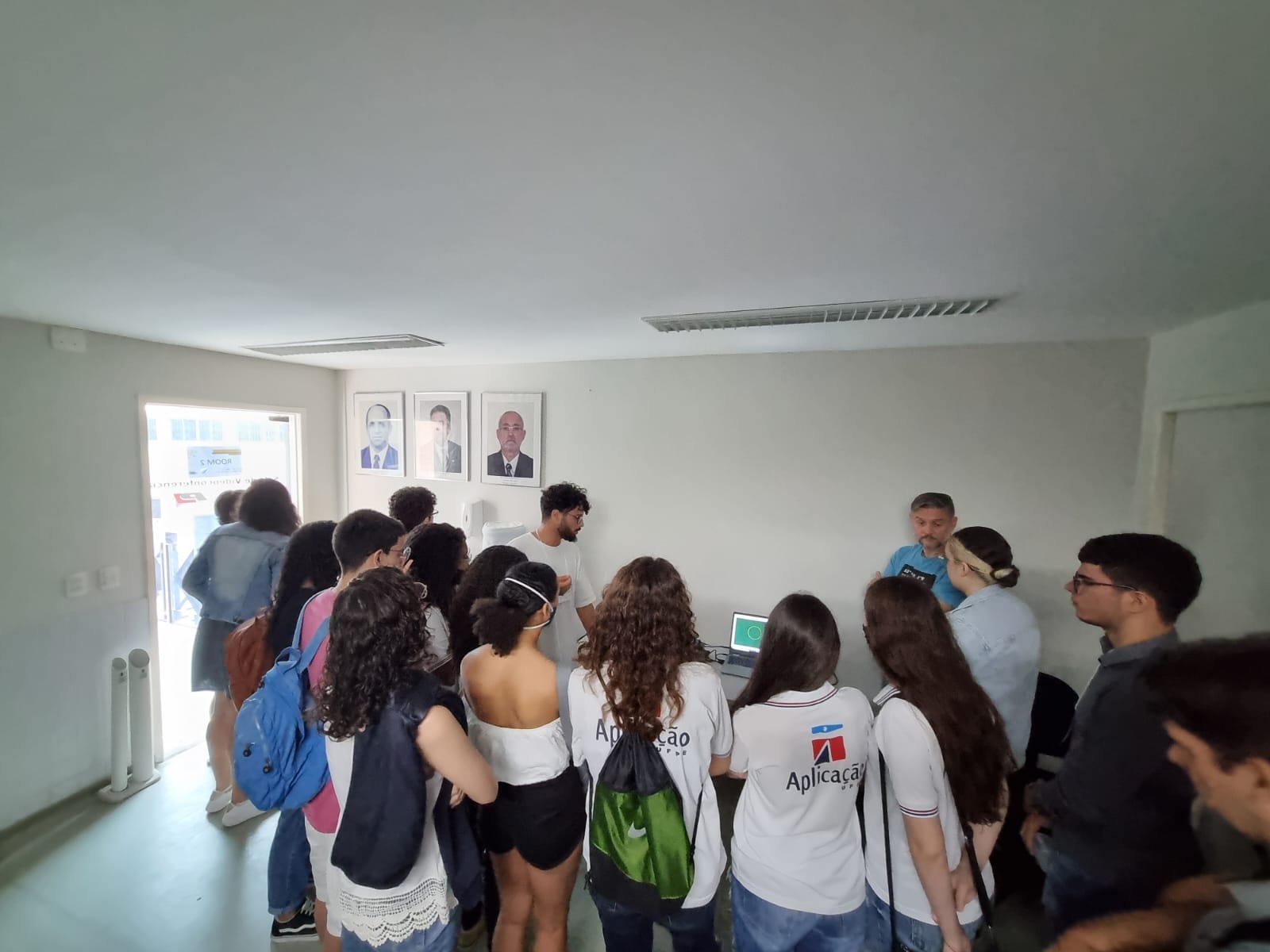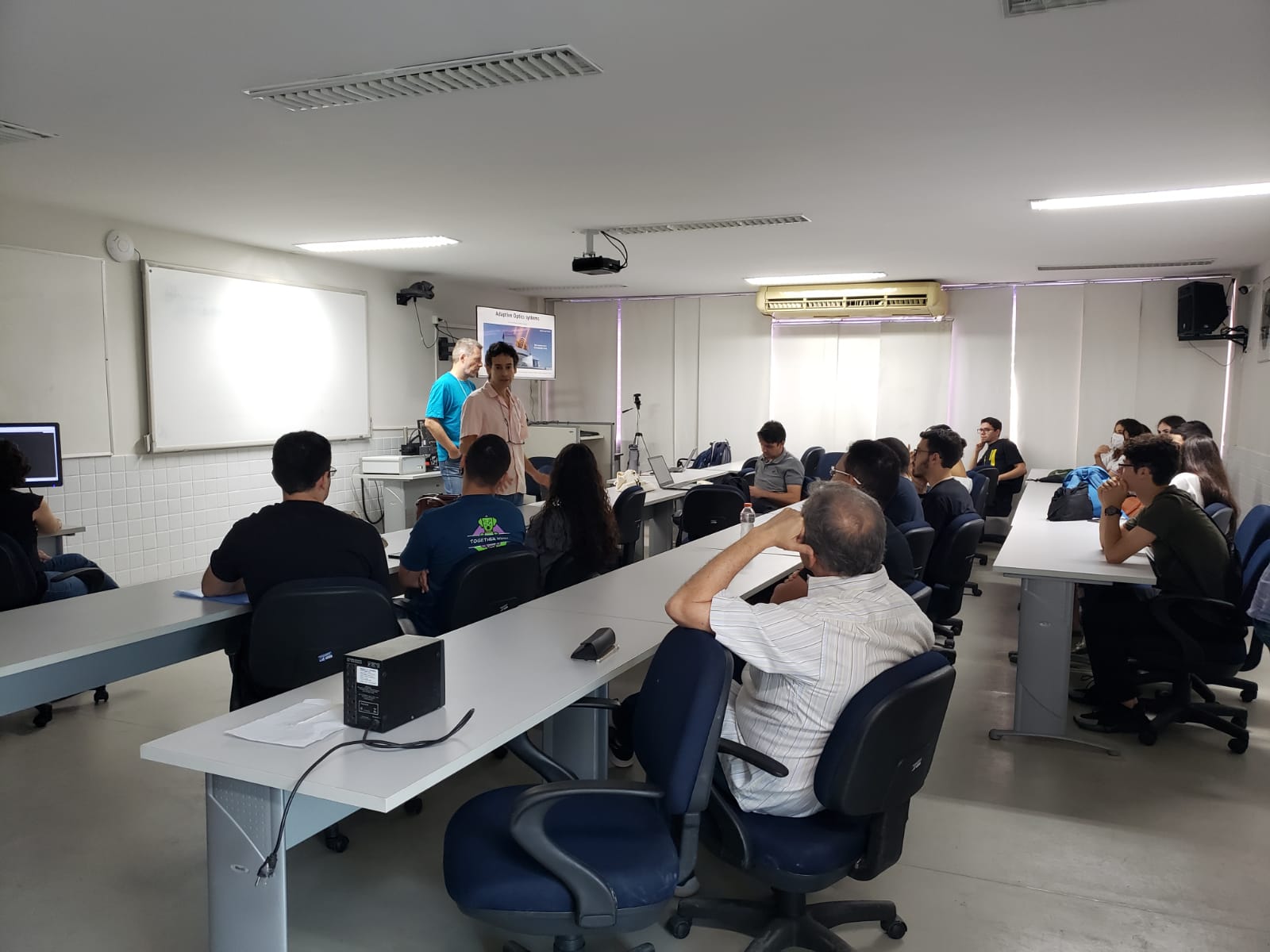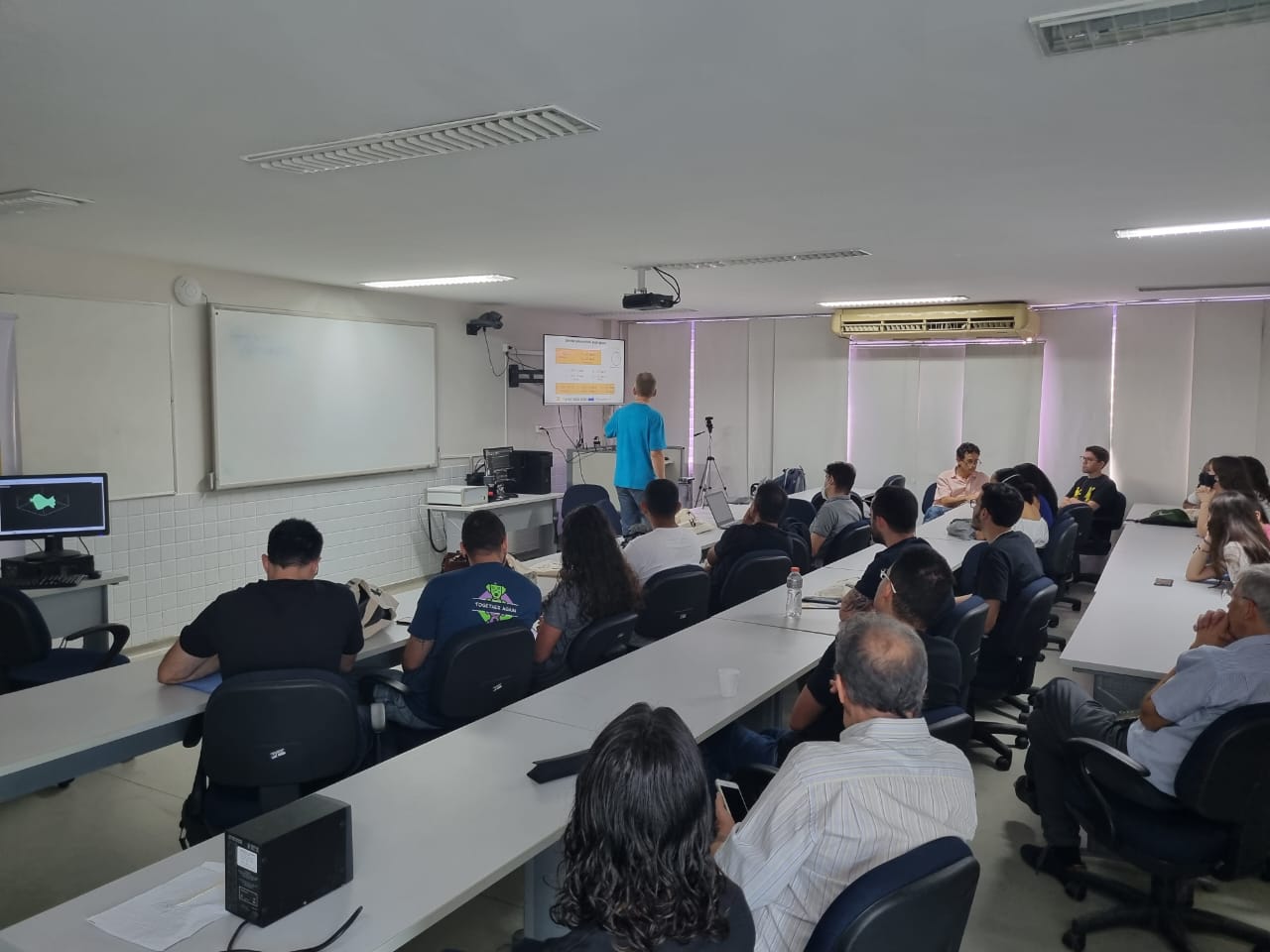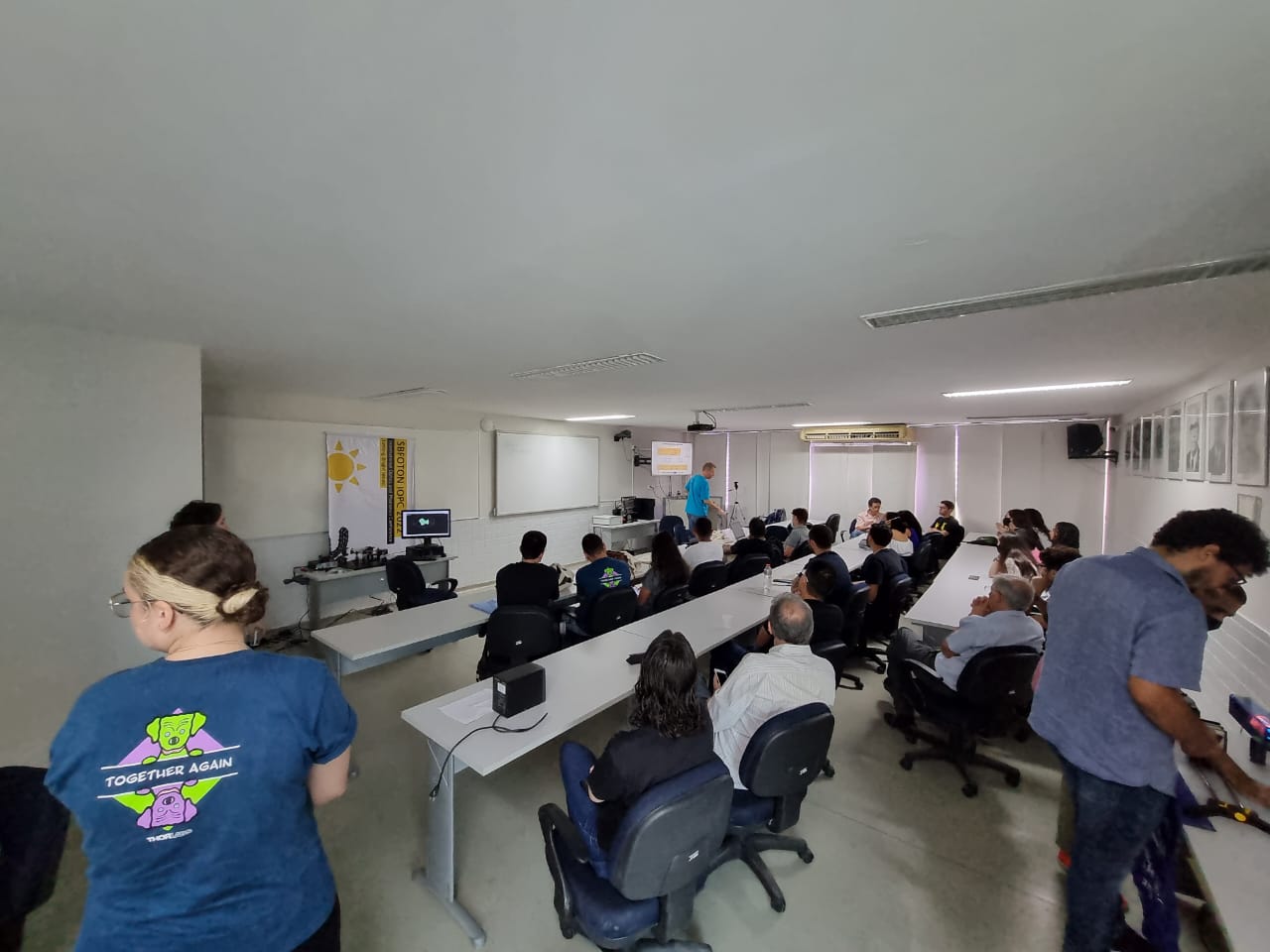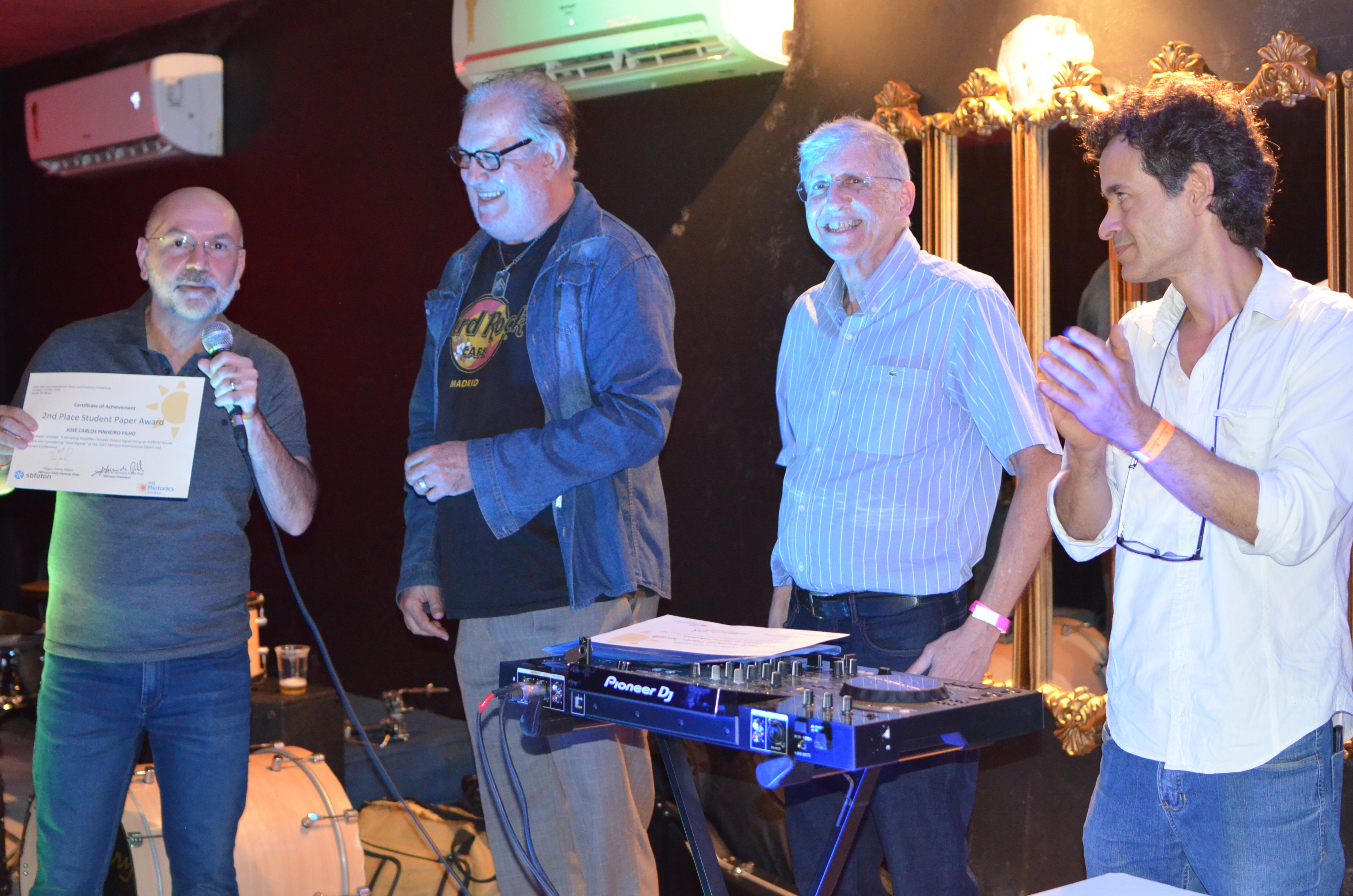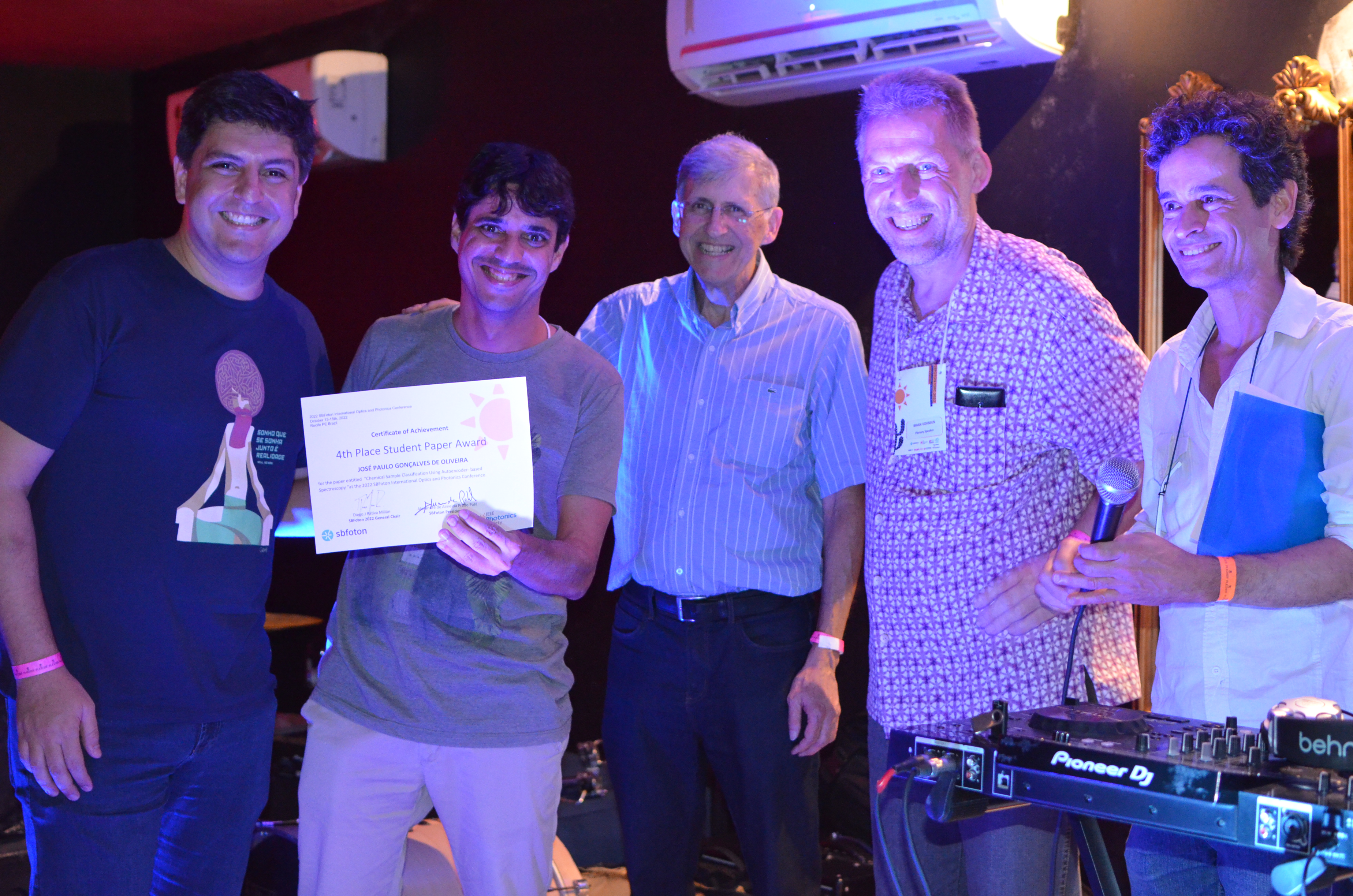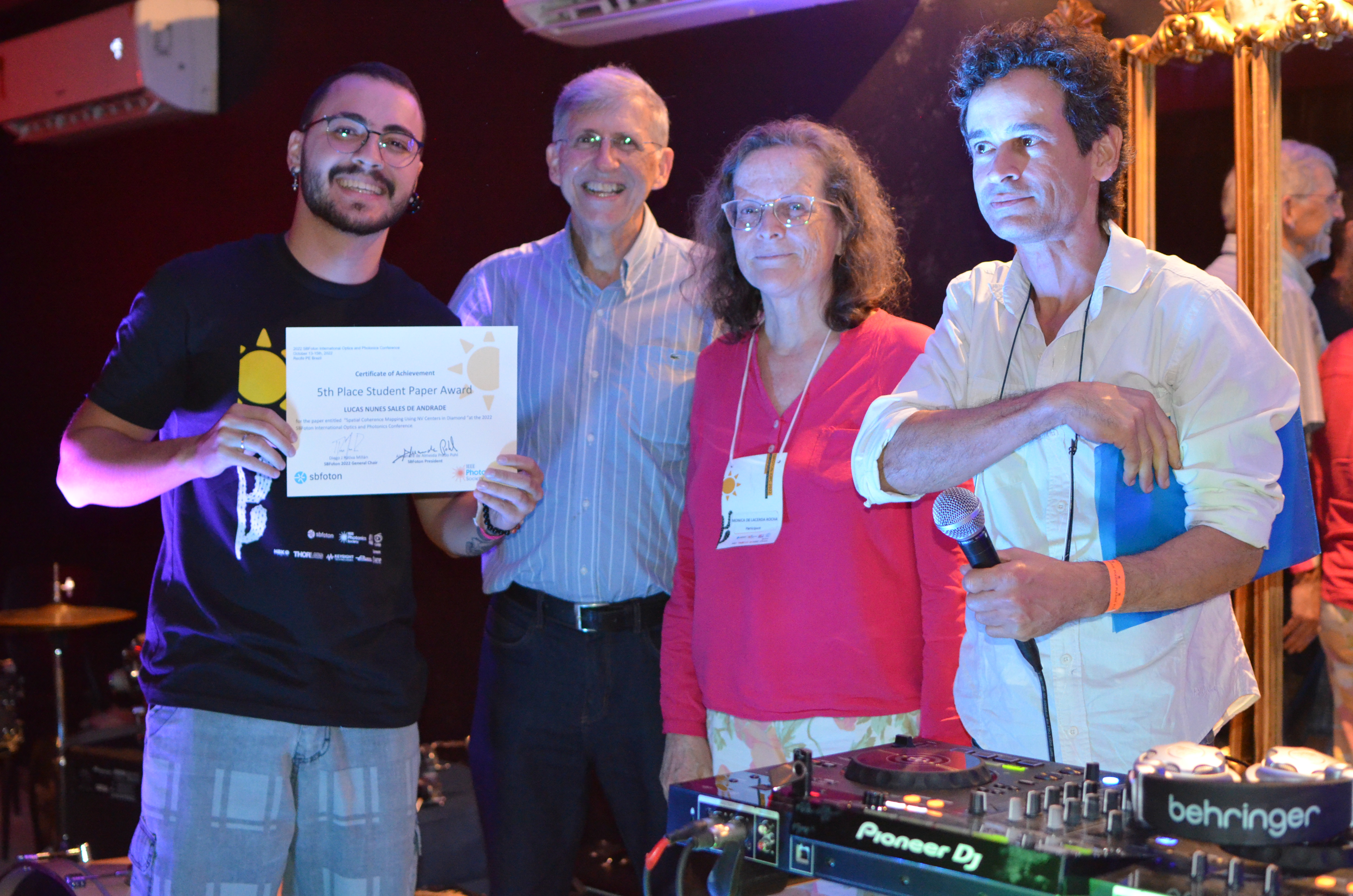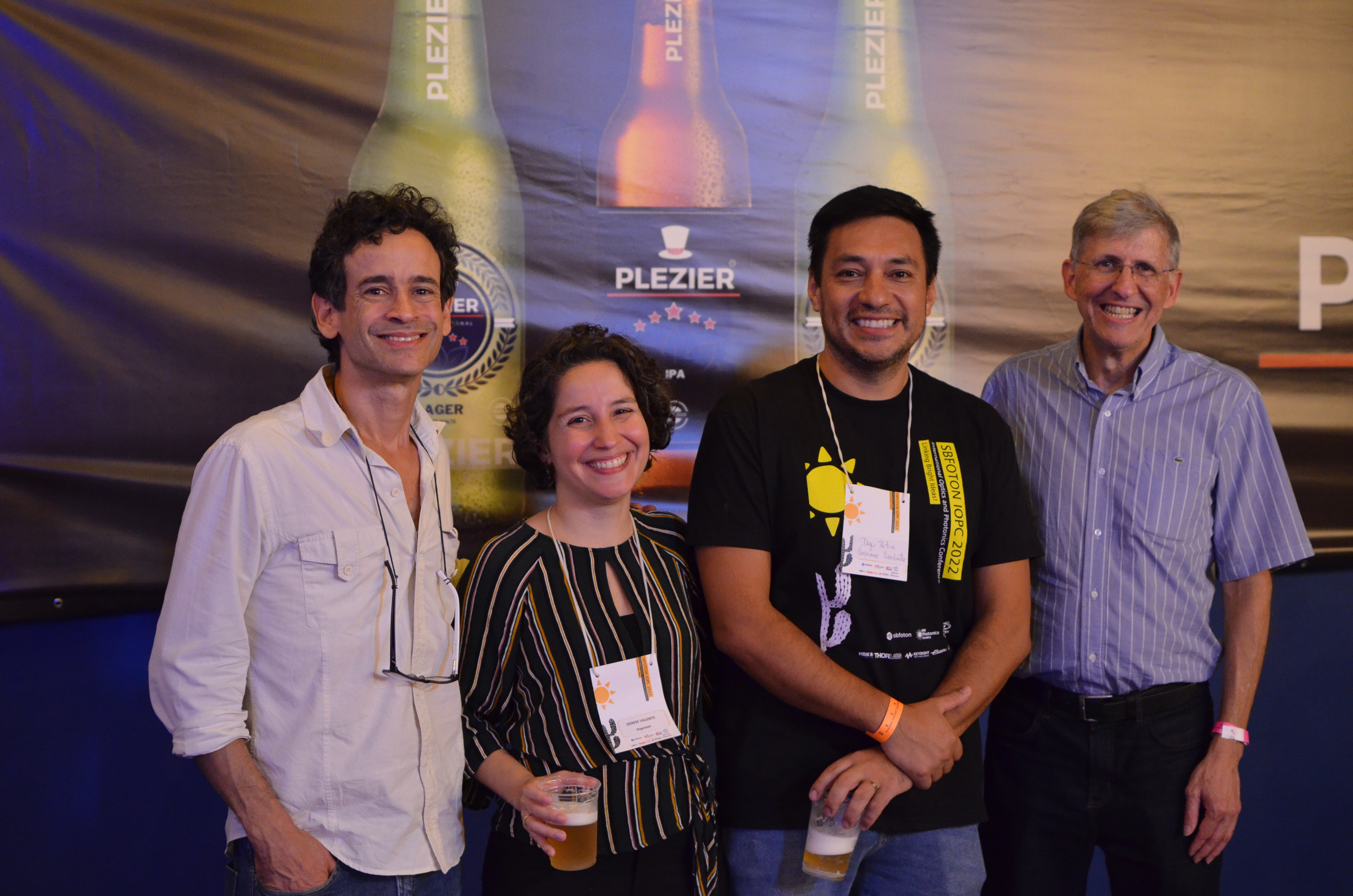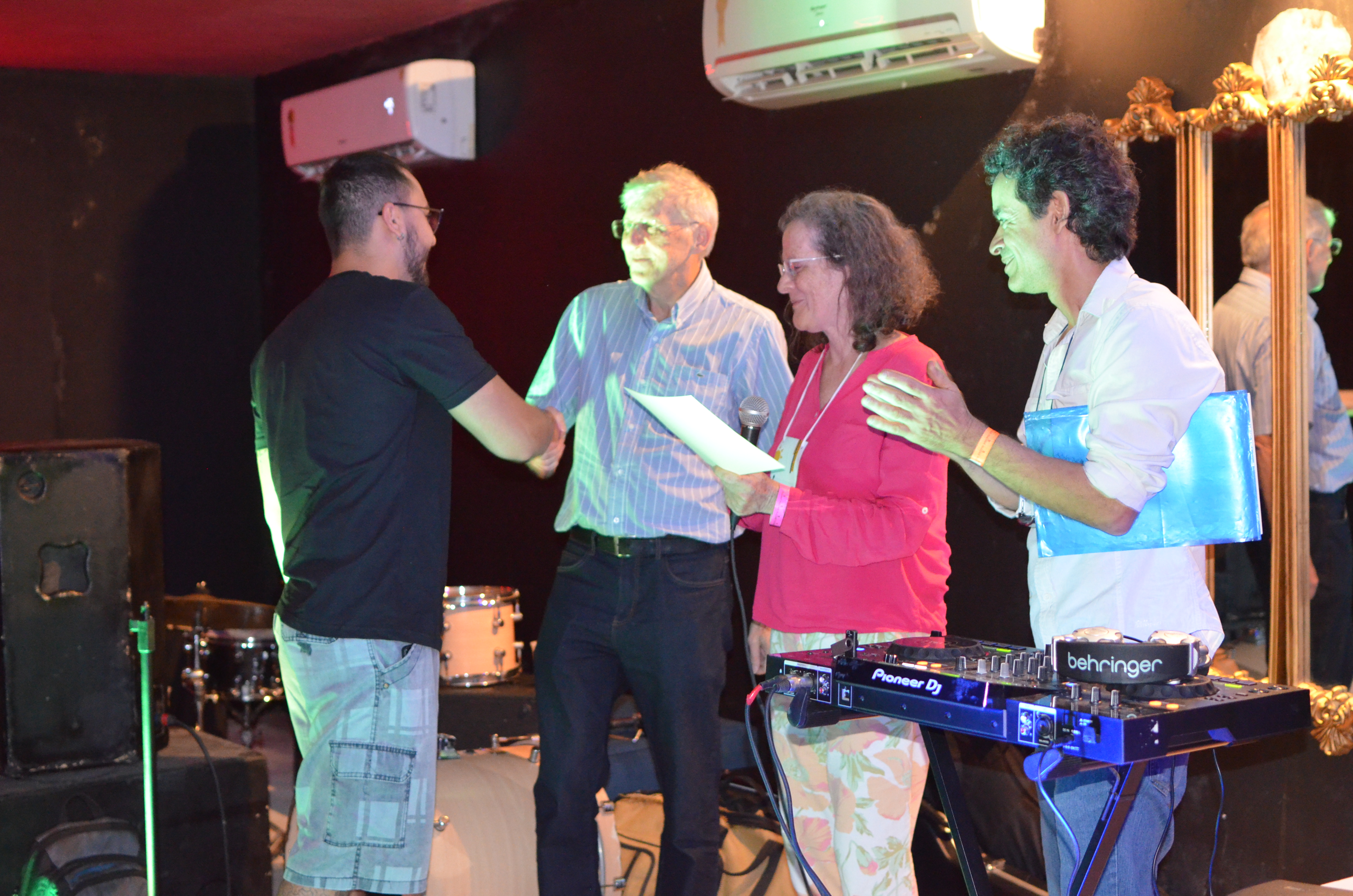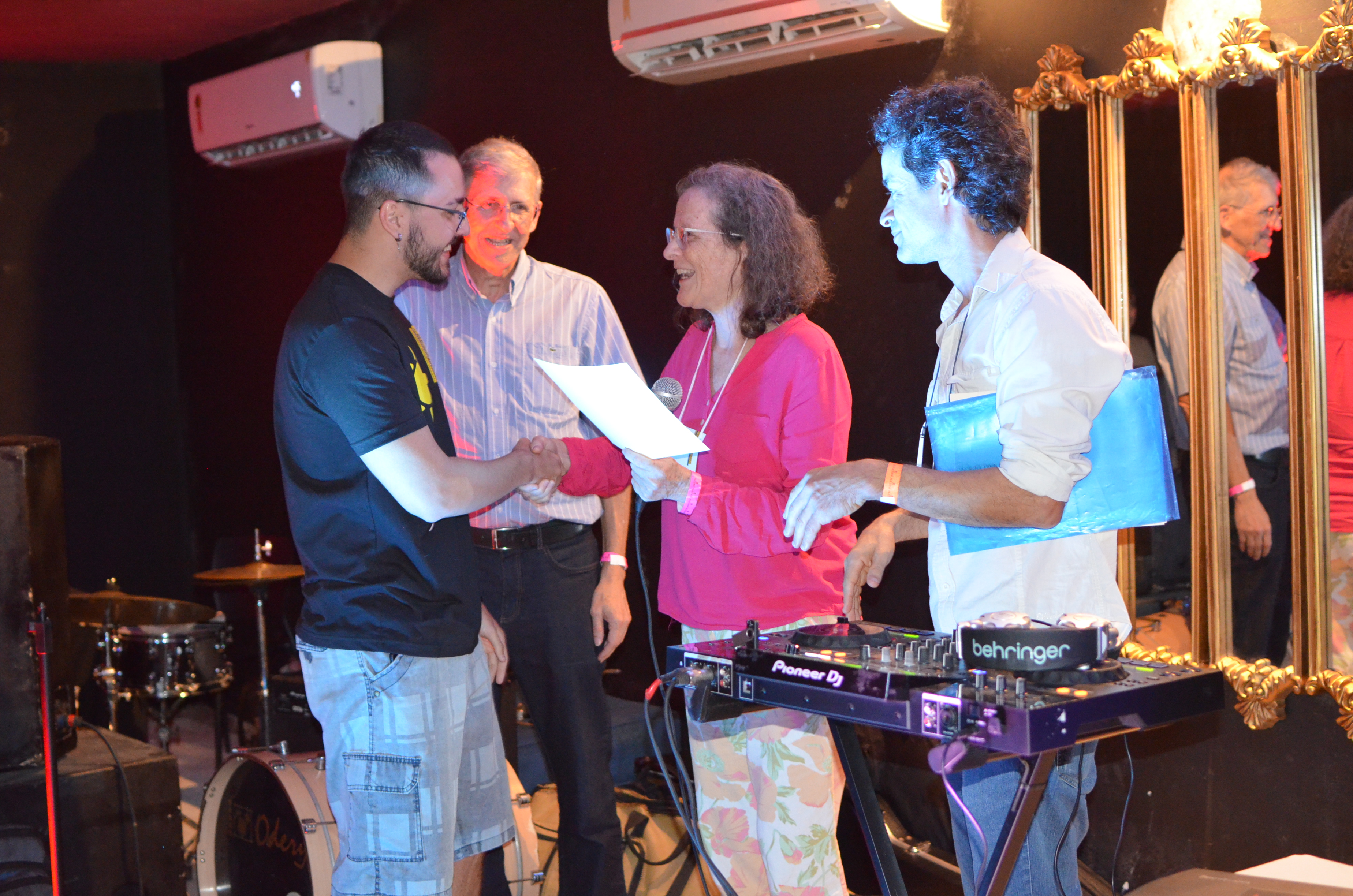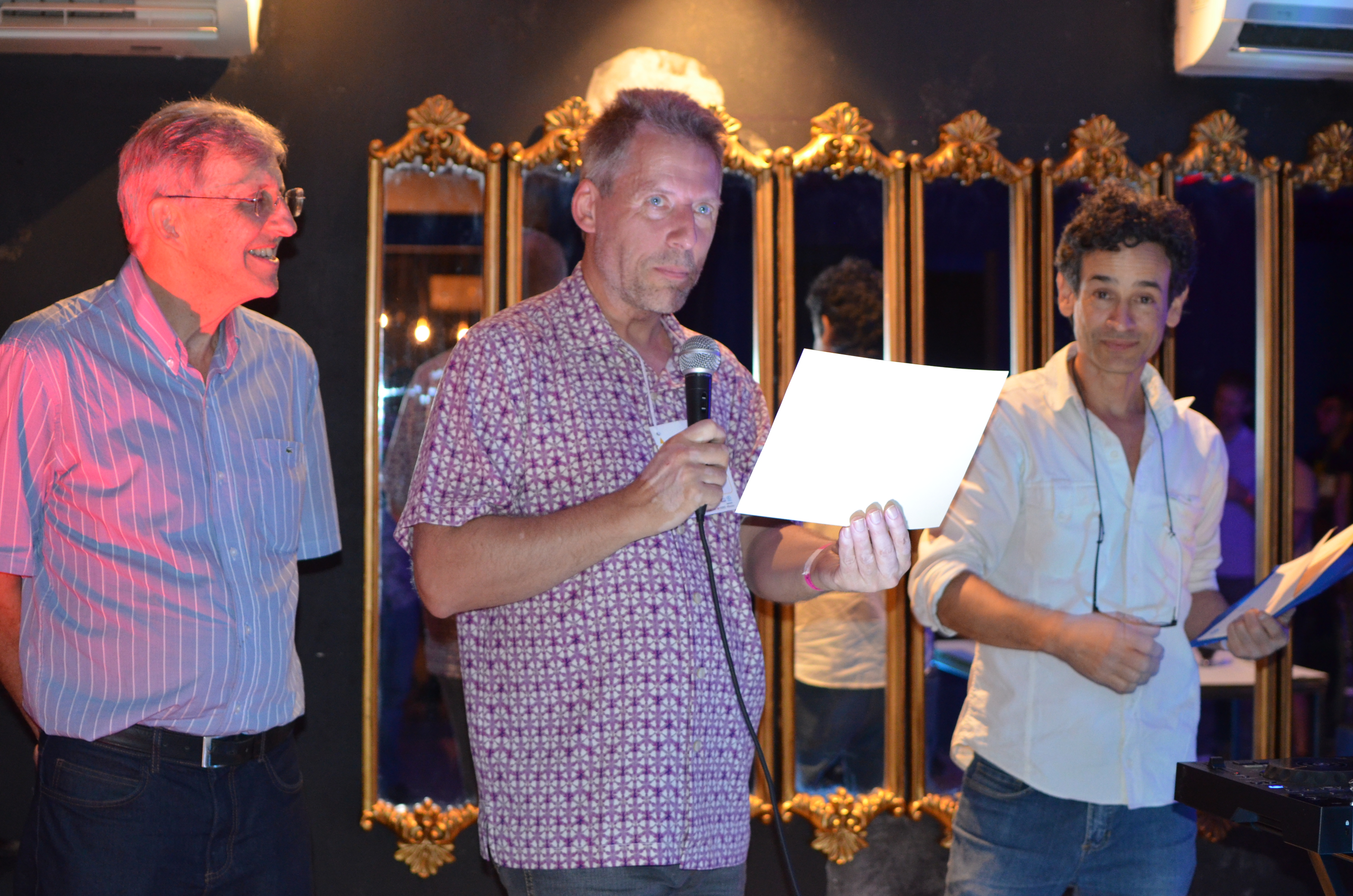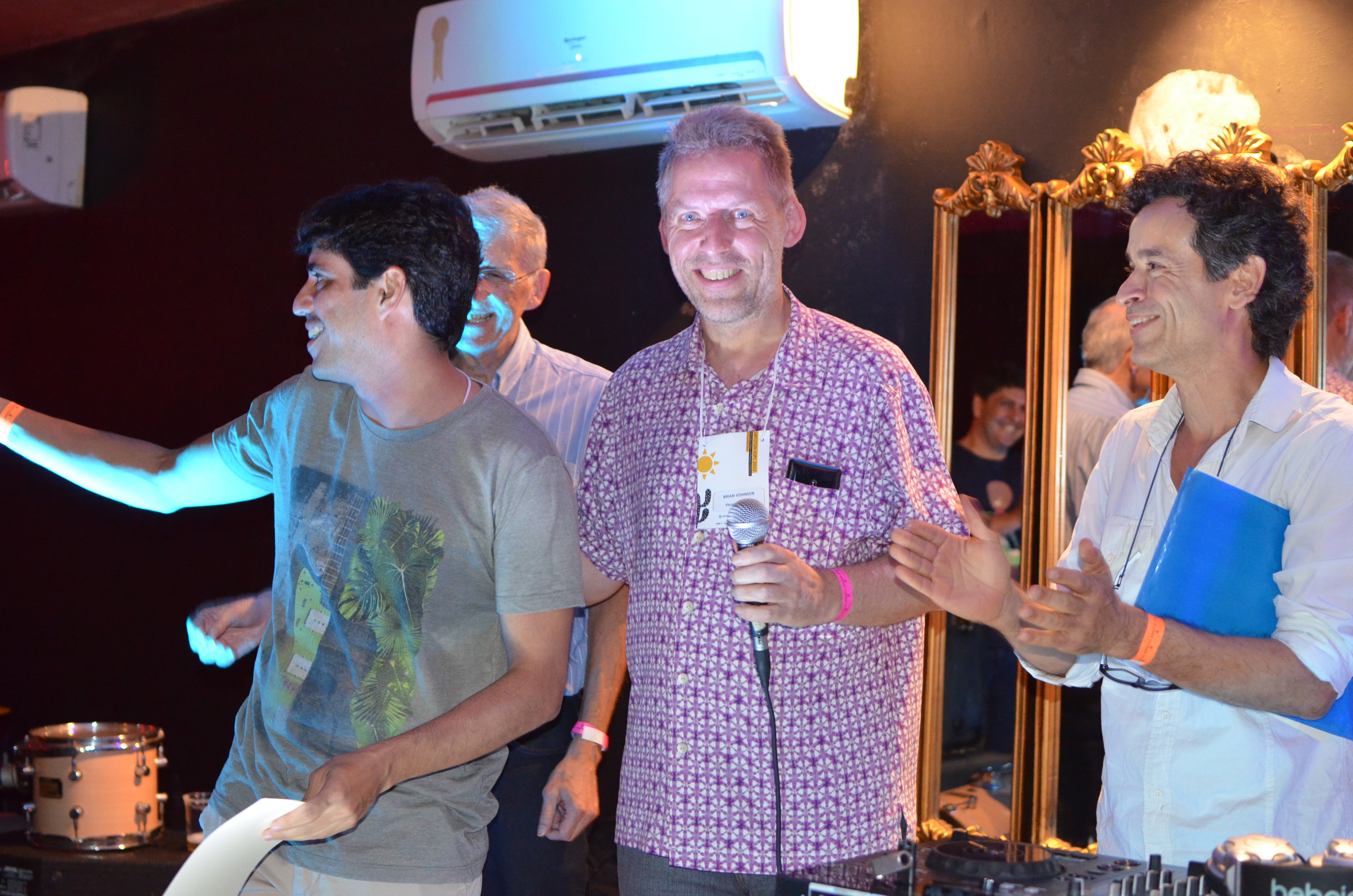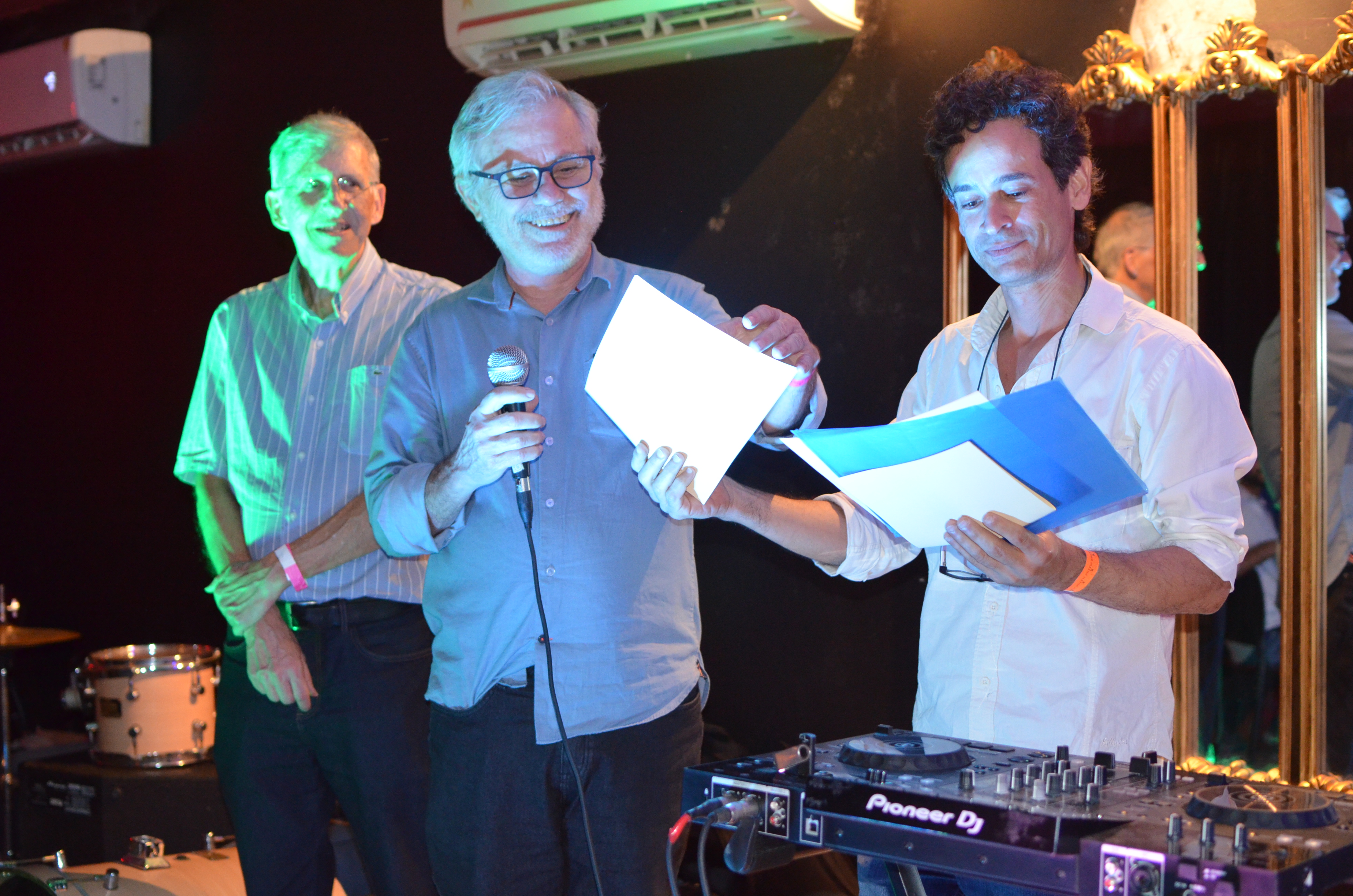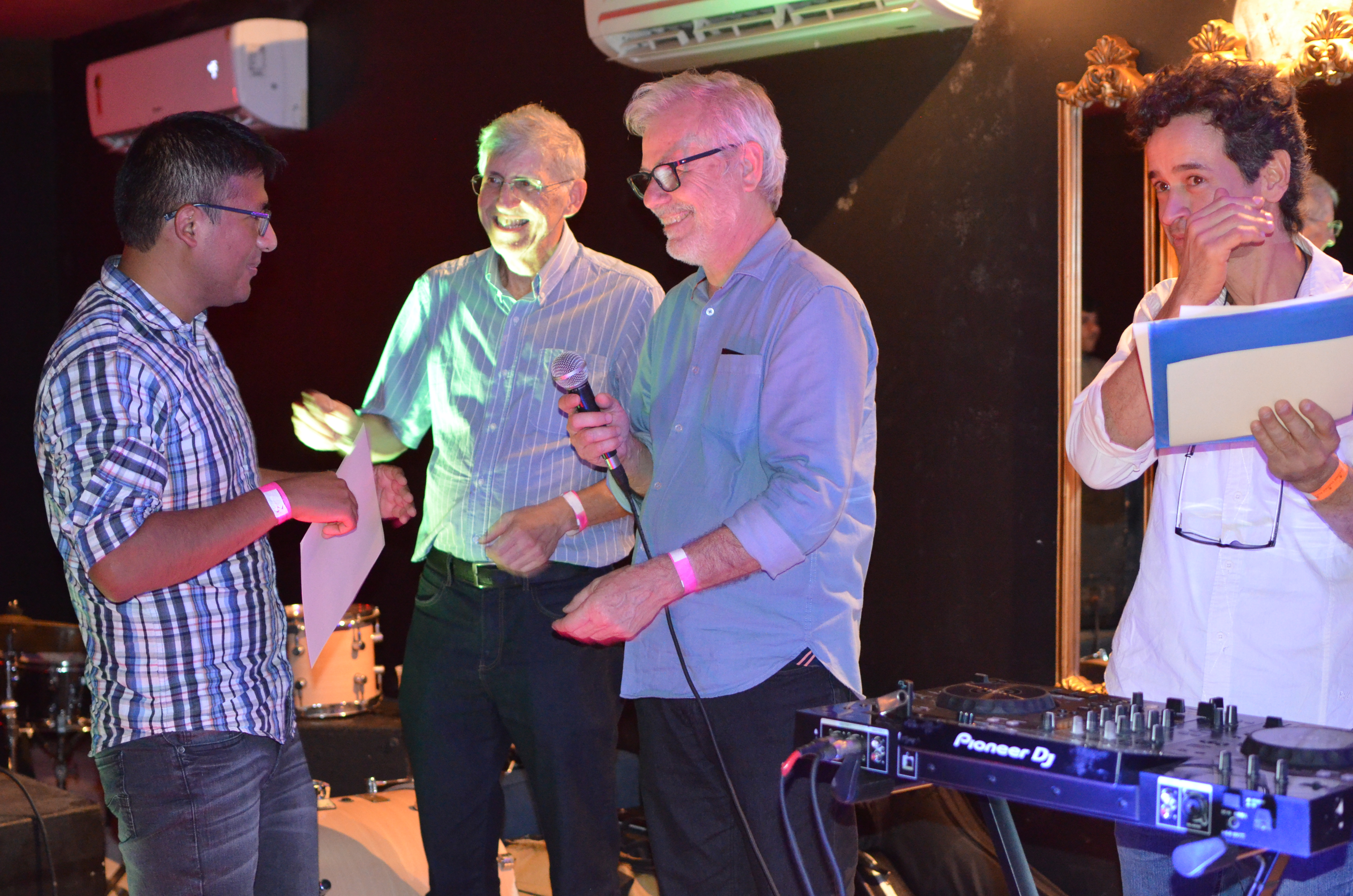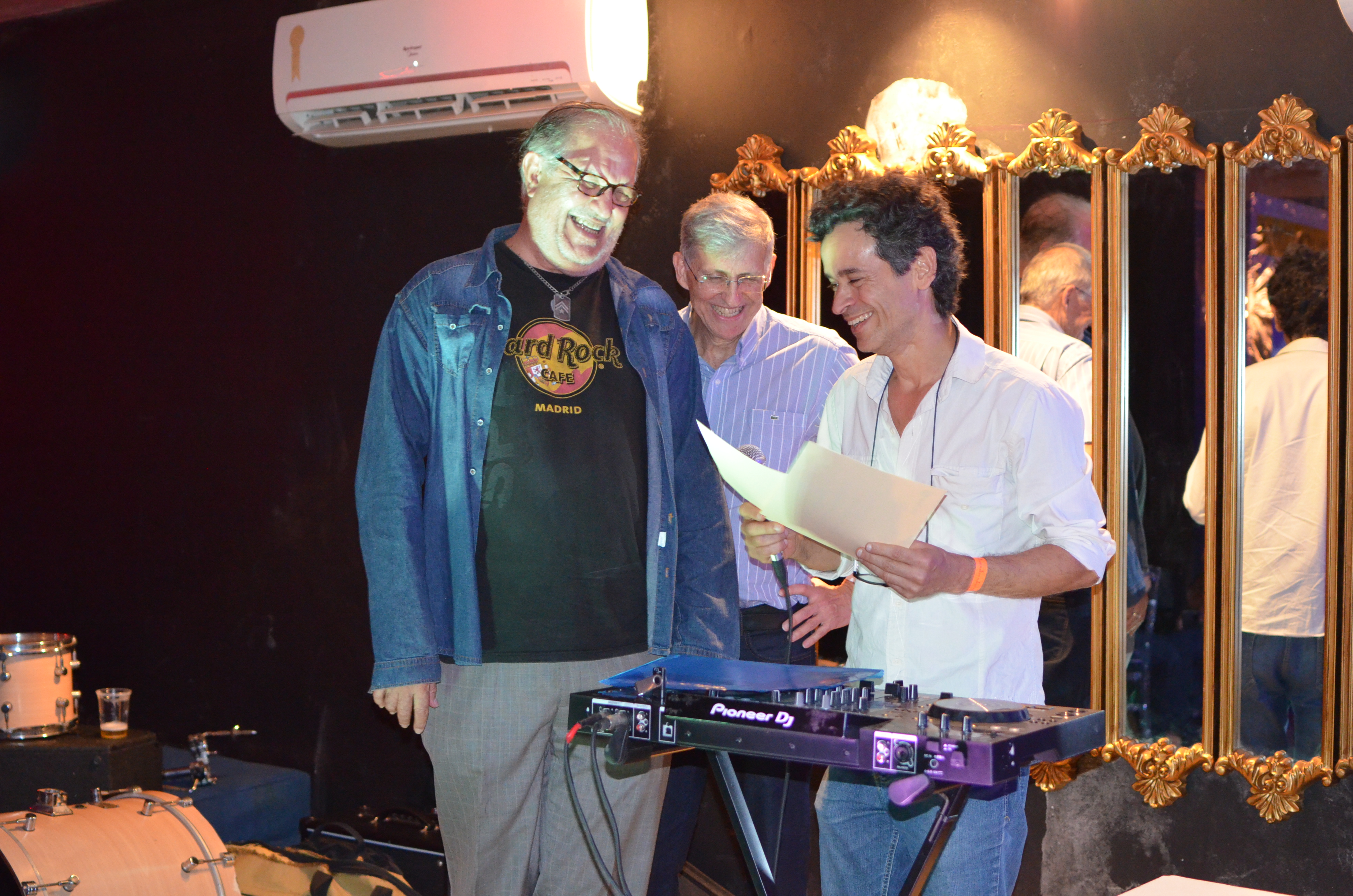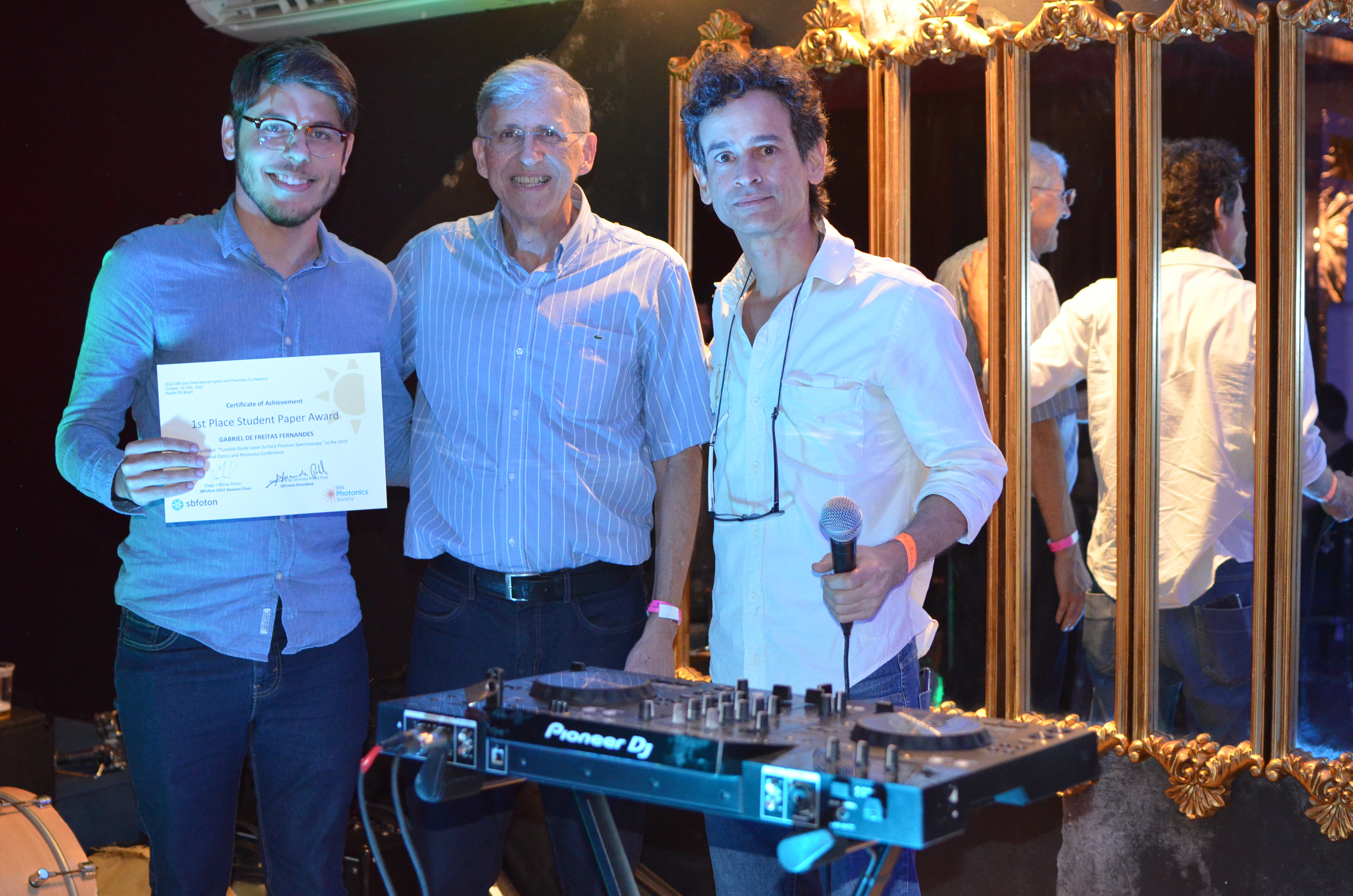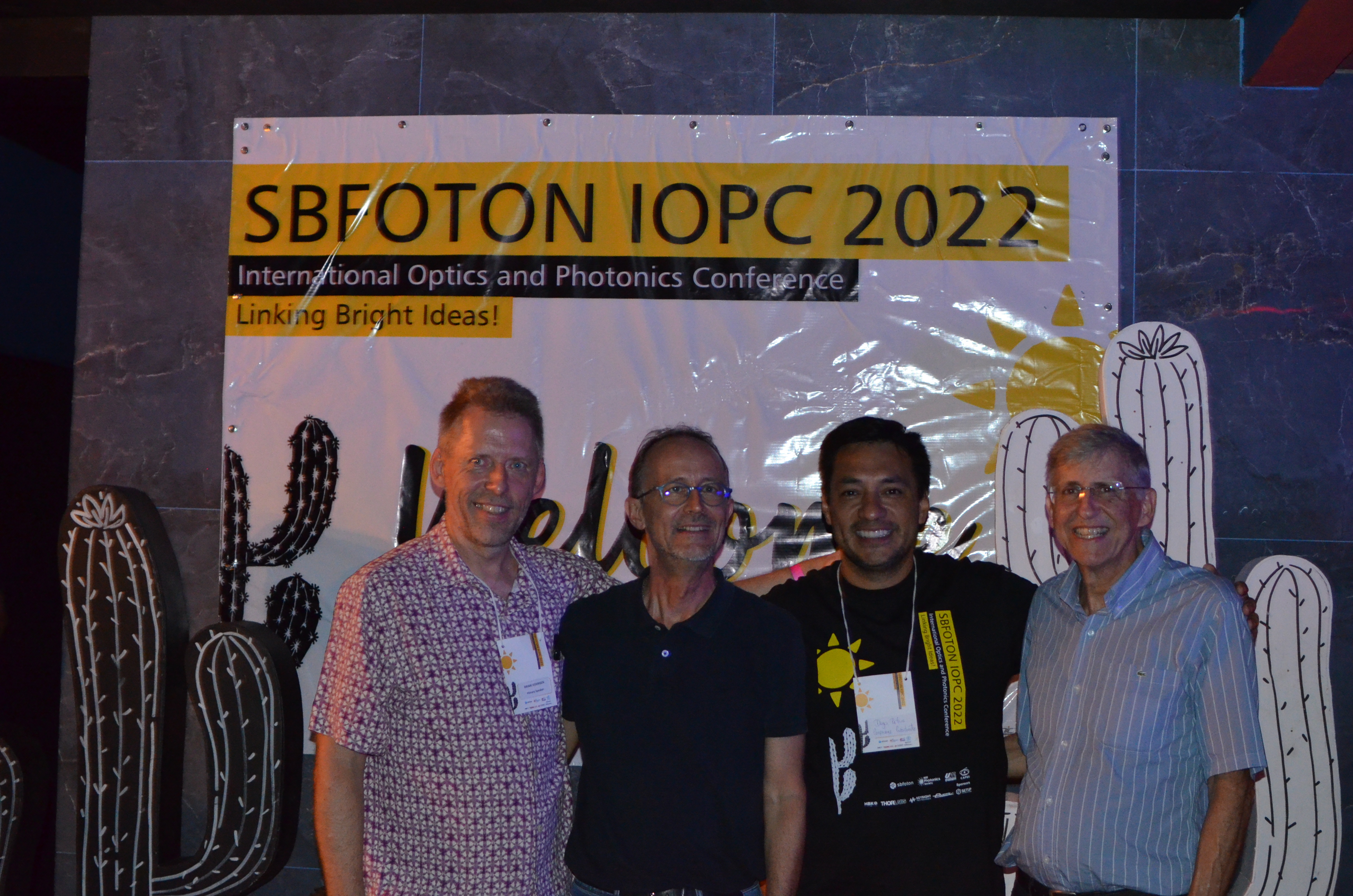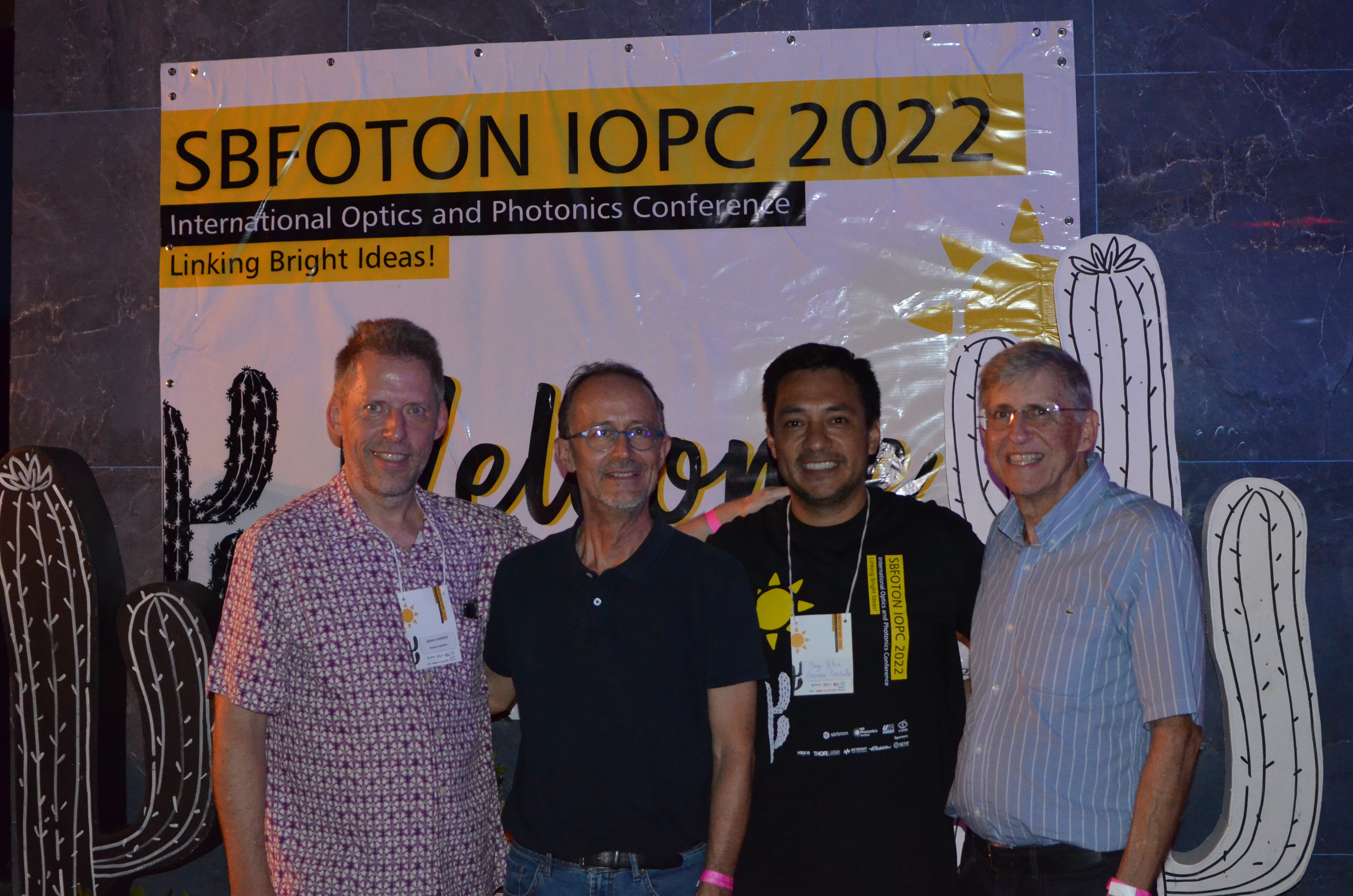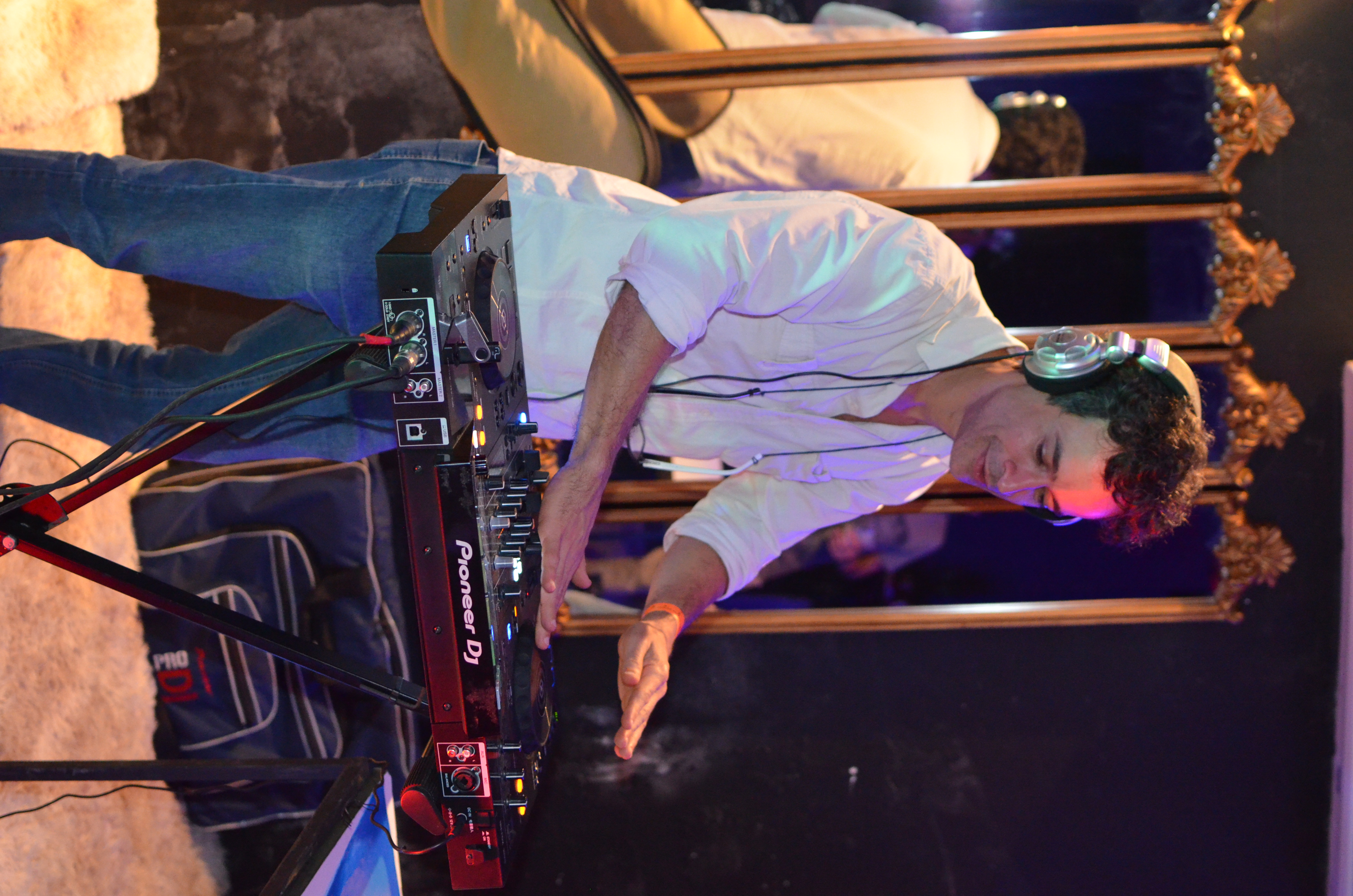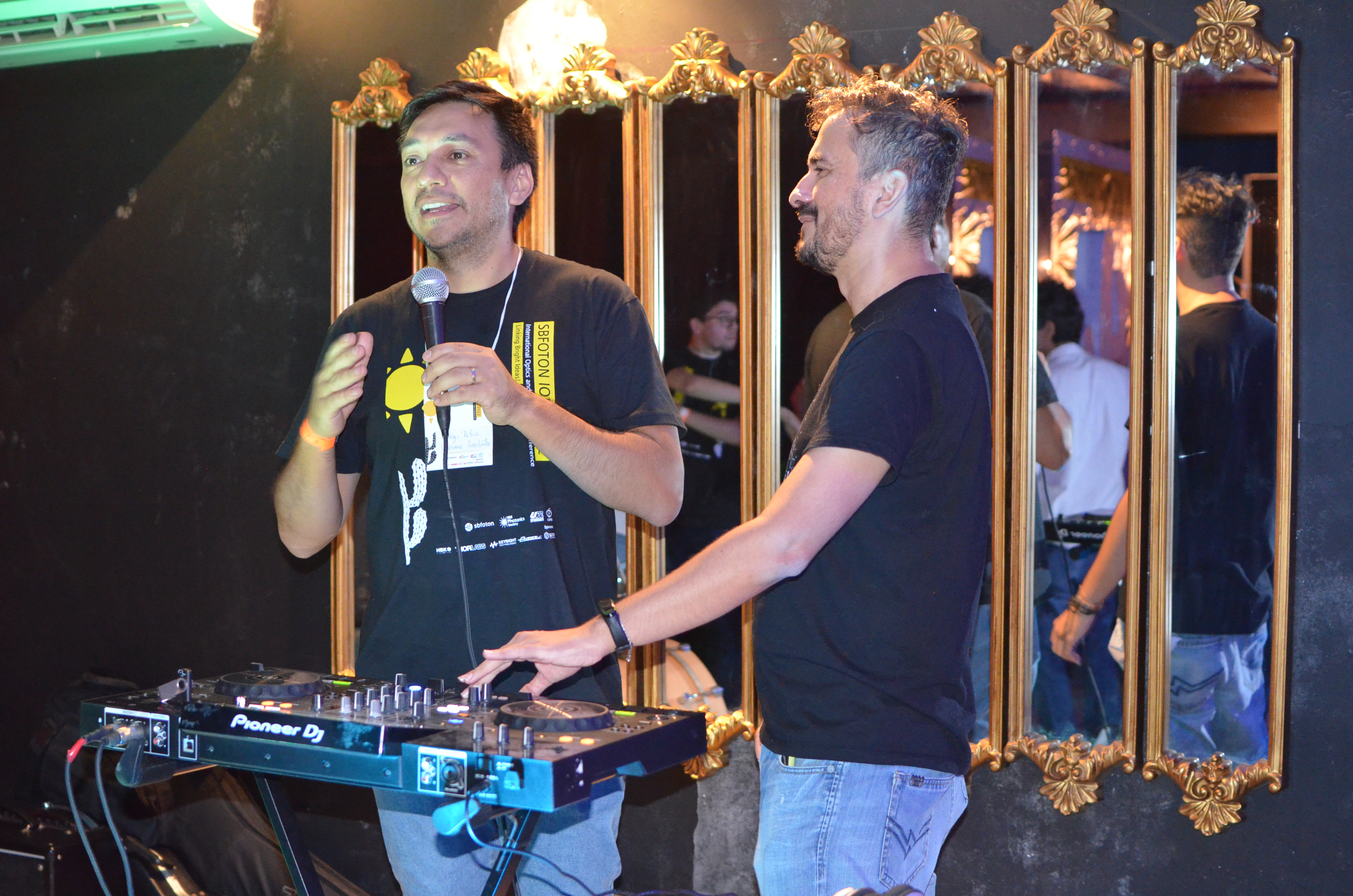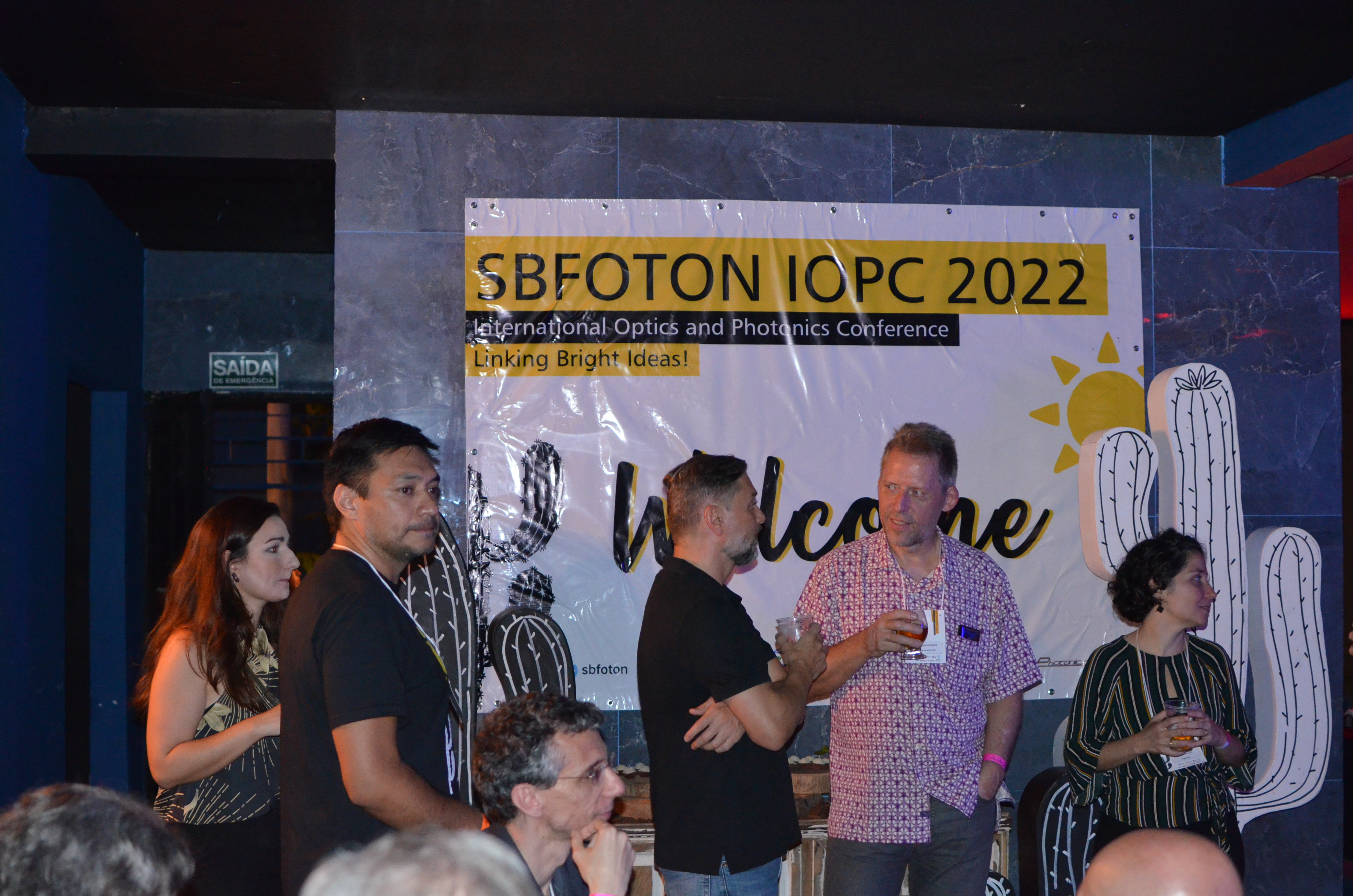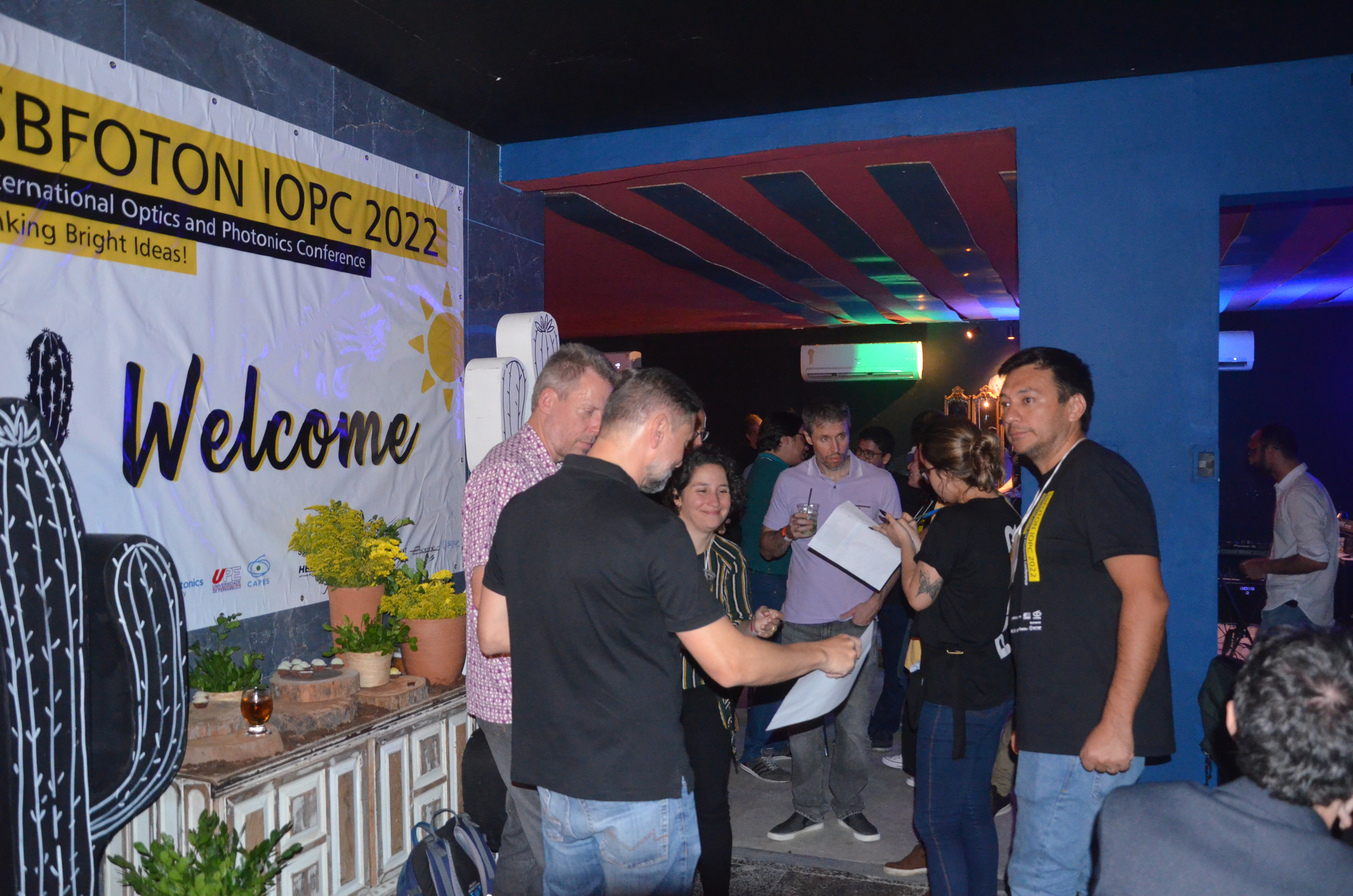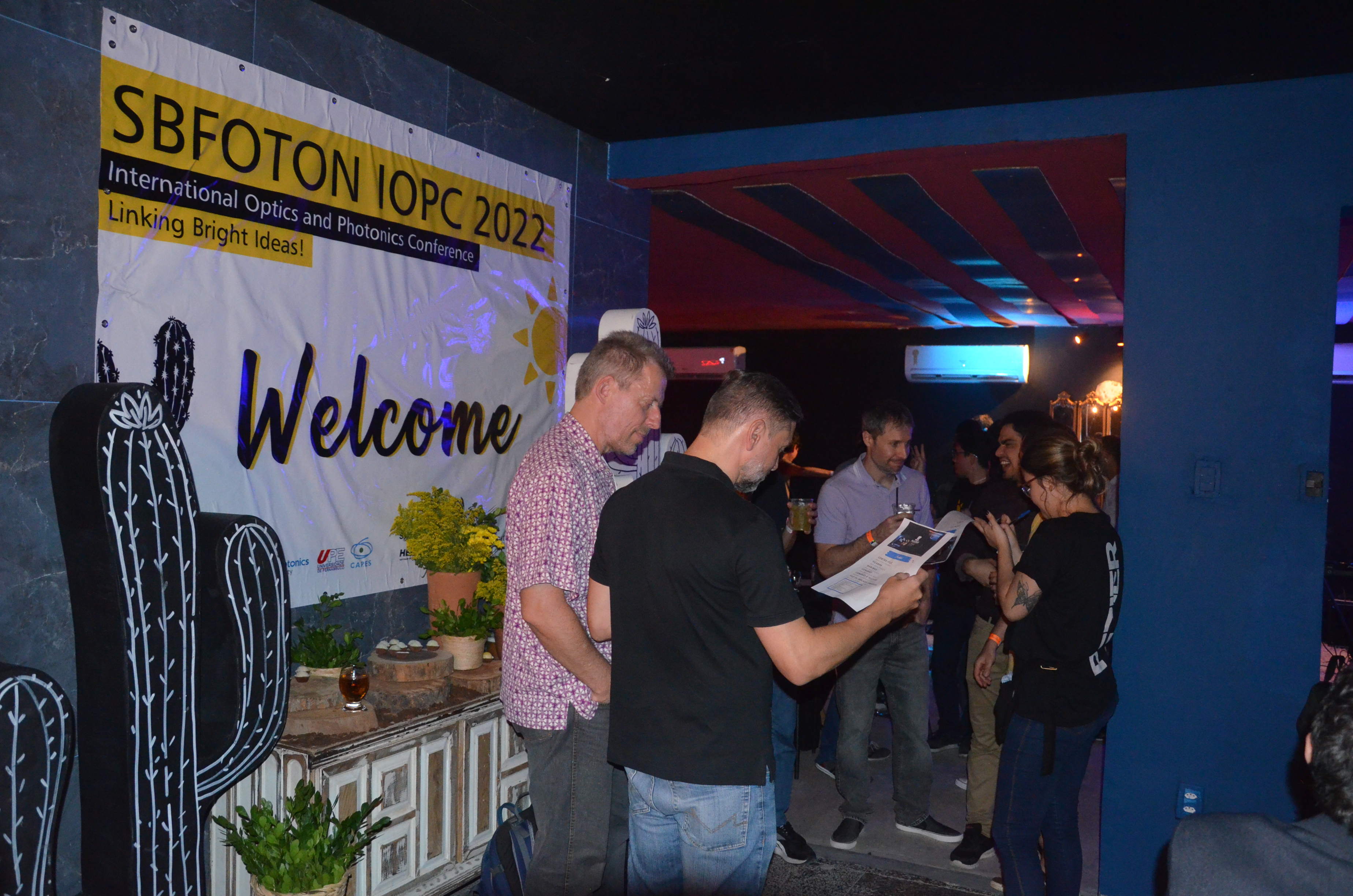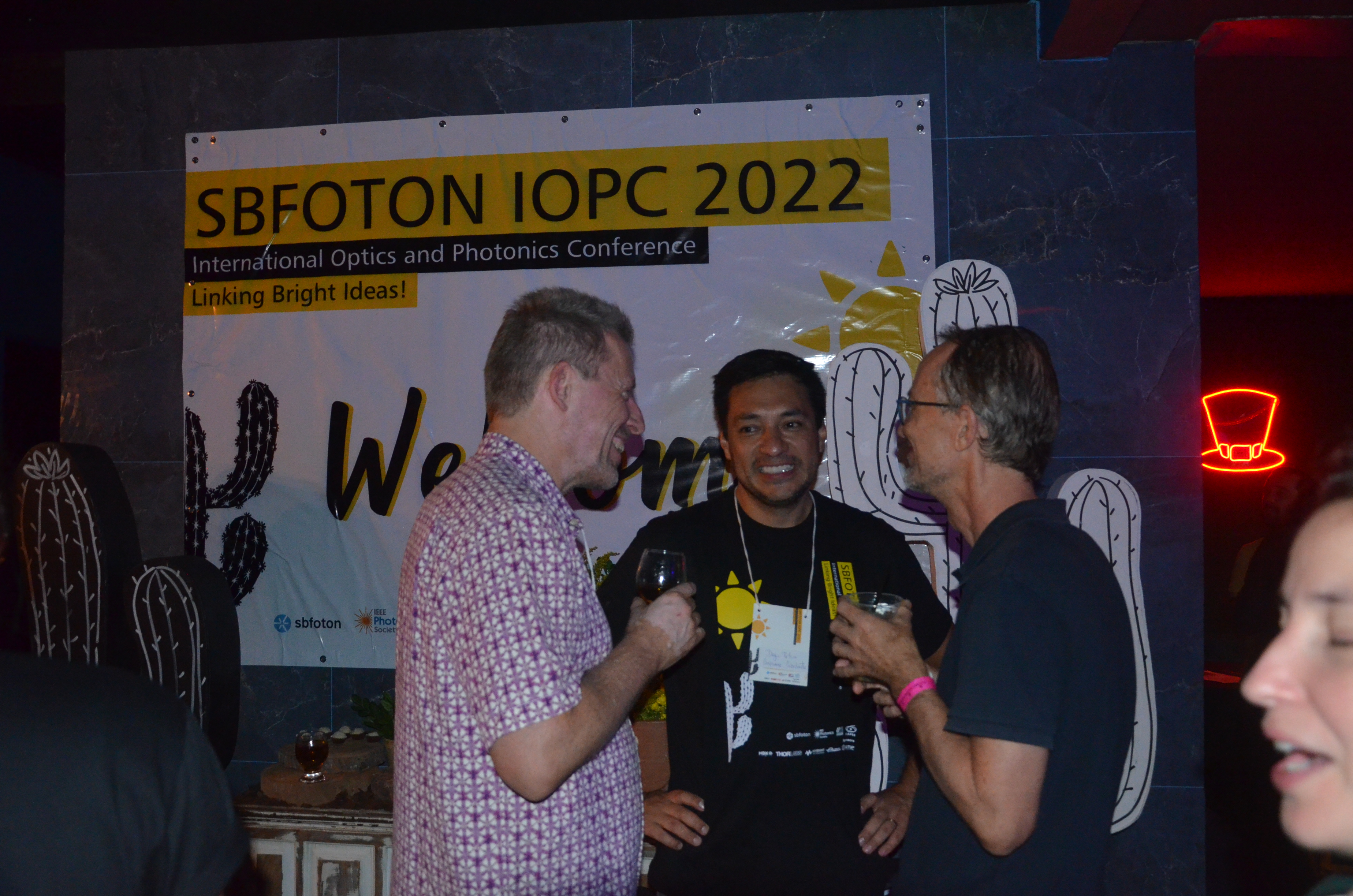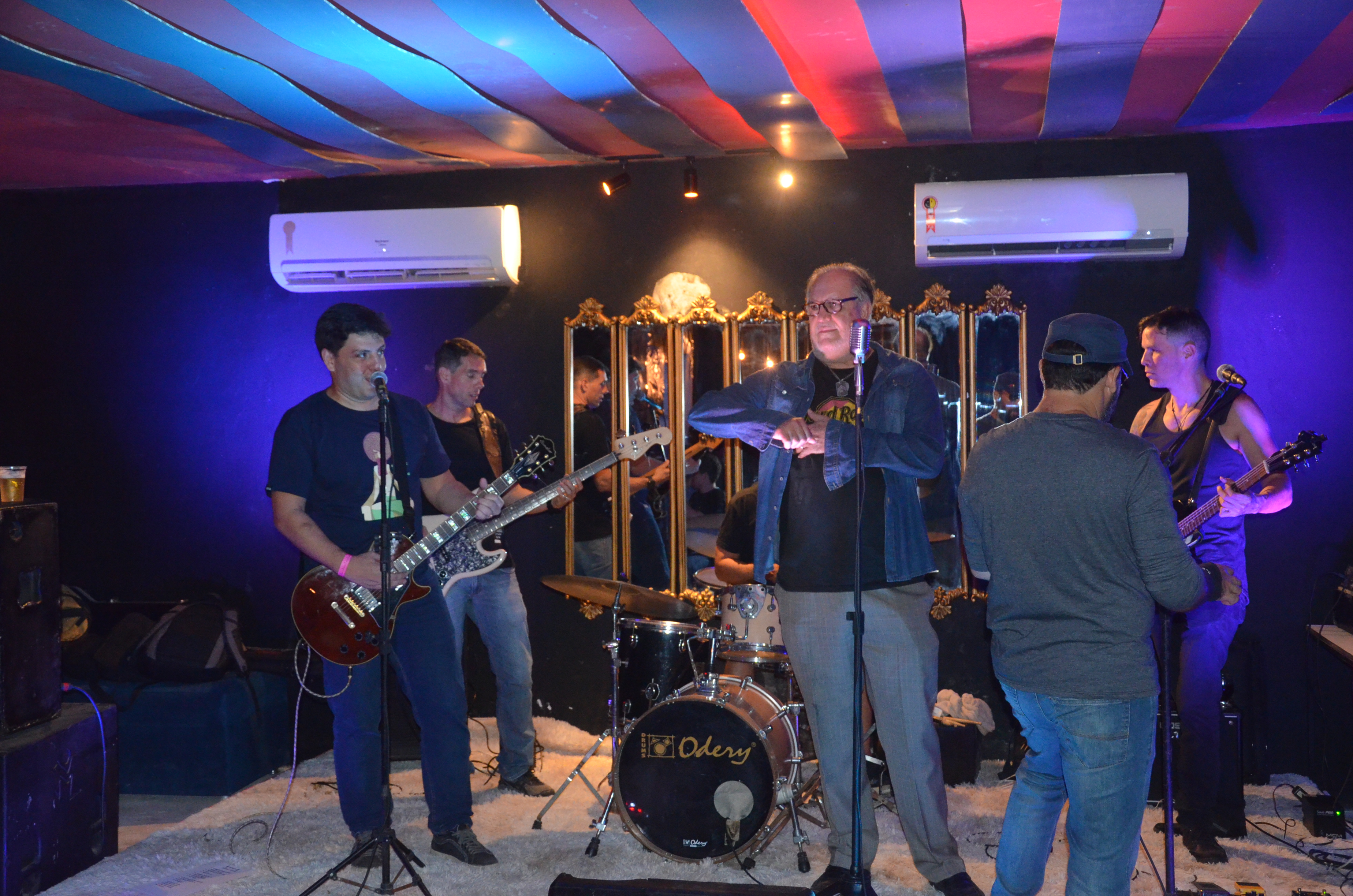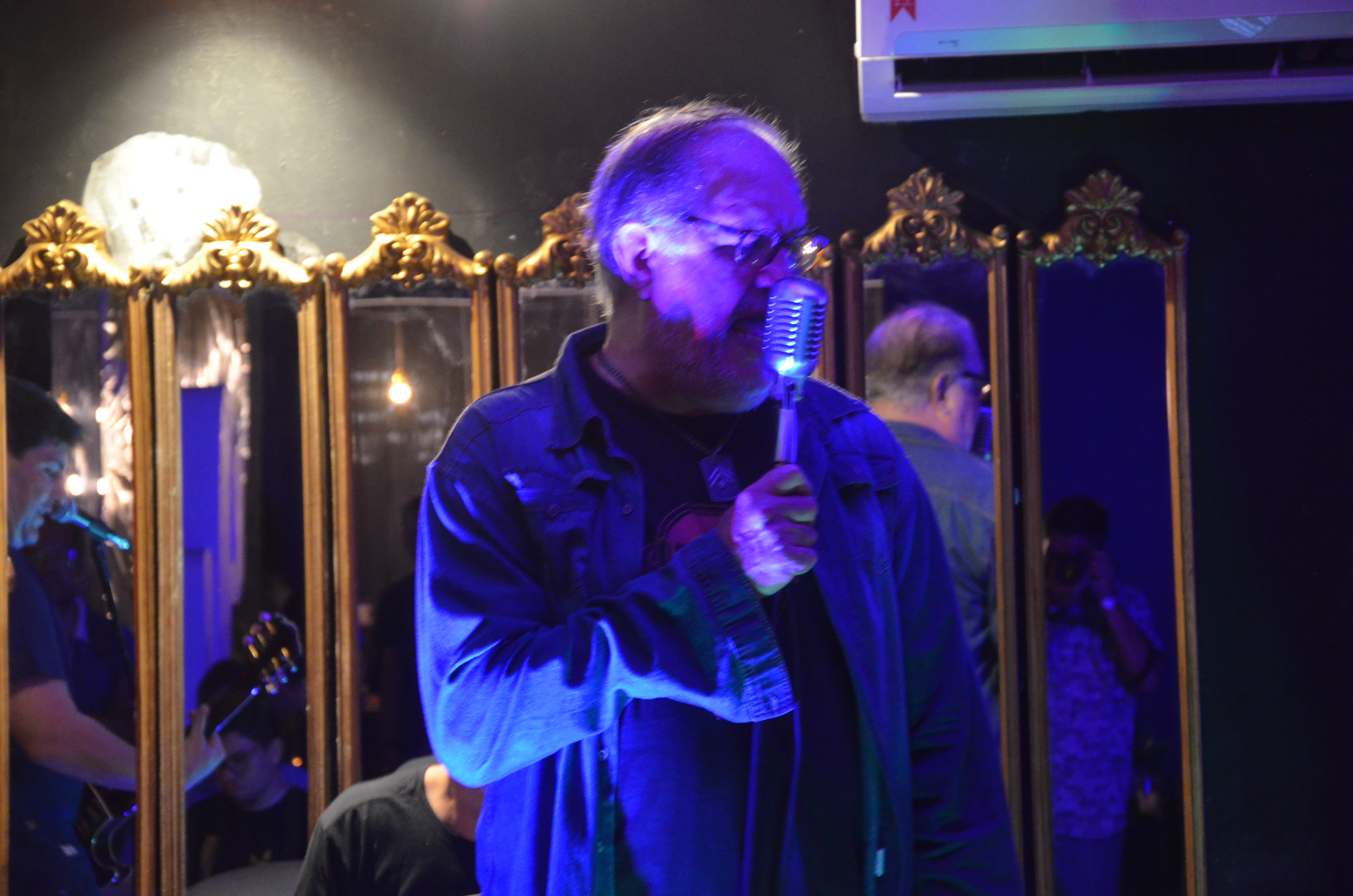Paper SubmissionProspective authors are encouraged to submit an original full paper for review, and presented papers will be further published by IEEE Xplore (indexed by Web of Science and Scopus). Acceptance will be communicated on Aug 1st 2022 and final version upload until Sep 5th 2022.
Instructions for authors
Before Creating a PDF
Use A4 format (Word and Latex/Overleaf template at https://www.ieee.org/conferences/publishing/templates.html) and make sure that you have addressed ALL reviewers' comments and have included the authors’ information. Remember to include, in accordance to the IEEE template, the authors' names, affiliations and contact as well as any other acknowledgment that may have been omitted for the blind review process.
SBFoton 2022 is using the EDAS Conference Management System. The acceptance notification of the regular papers submitted will be sent to the main author on 1st Aug. In the acceptance, notification authors will be asked to address the reviewers' comments and submit a final version of the paper.
Add the copyright notice to the bottom of the first page of your source document (see the field indicated in the IEEE template):
— For papers in which all authors are employed by the US government, the copyright notice is: “U.S. Government work not protected by U.S. copyright. “
— For papers in which all authors are employed by a Crown government (UK, Canada, and Australia), the copyright notice is: 978-1-6654-5273-1/22/$31.00 ©2022 Crown.
— For papers in which all authors are employed by the European Union, the copyright notice is: 3. For papers in which all authors are employed by the European Union, the copyright notice is: 978-1- 6654-5273-1/22/$31.00 ©2022 European Union.
— For all other papers the copyright notice is: 978-1-6654-5273-1/22/$31.00 ©2022 IEEE.
Proofread your source document thoroughly to confirm that it will require no revision.
Creating your PDF eXpress Account
PDF eXpress account for our conference is open and will close on October 5th.
Log in to the IEEE PDF eXpress TM site https://ieee-pdf-express.org/account/login?ReturnUrl=%2F
First-time users should do the following:
— Select the New Users - Click Here link.
— Enter the following: 54450X for the Conference ID; your email address; a password.
— Continue to enter information as prompted.
— An Online confirmation will be displayed and an email confirmation will be sent verifying your account setup.
Previous users of PDF eXpress need to follow the above steps, but should enter the same password that was used for previous conferences. Verify that your contact information is valid.
Uploading your PDF eXpress document
Sign the electronic copyright form at EDAS when submitting the final manuscript of your paper (go to your paper link at EDAS) for being published by the IEEE Xplore Digital Library.
Mandatory conditions for accepted papers that have been presented at the conference to be published by the IEEE Xplore Digital Library:
— Before preparing the package for the IEEE Xplore Digital Library, TPC members will review the submitted final versions and will check if they address all comments and recommendations from the reviewers.
— The final manuscript must be an IEEE pdf eXpress compatible file (A4 format), and it must be uploaded at the EDAS platform. The EDAS checks if the pdf is IEEE Xplore compliant, and gives warning messages of possible compatibility problems.
NOTE: Authors may want to disseminate their work during the conference without publication by the IEEE Xplore Digital Library; in that case, the paper may be presented, only, and no further action will be required.
Oral Presentation
— Regular papers: 20 min. (15 min. presentation and 5 min. discussion).
— The presenter name must be indicated at the EDAS platform.
— Session chairs are instructed to strictly limit the length of a presentation. We kindly ask the presenters their cooperation in keeping the schedule.
— We ask the presenters to be at the room of their session 15 minutes before the session starts.
The conference welcomes original contributions in the following and other related relevant topics:








